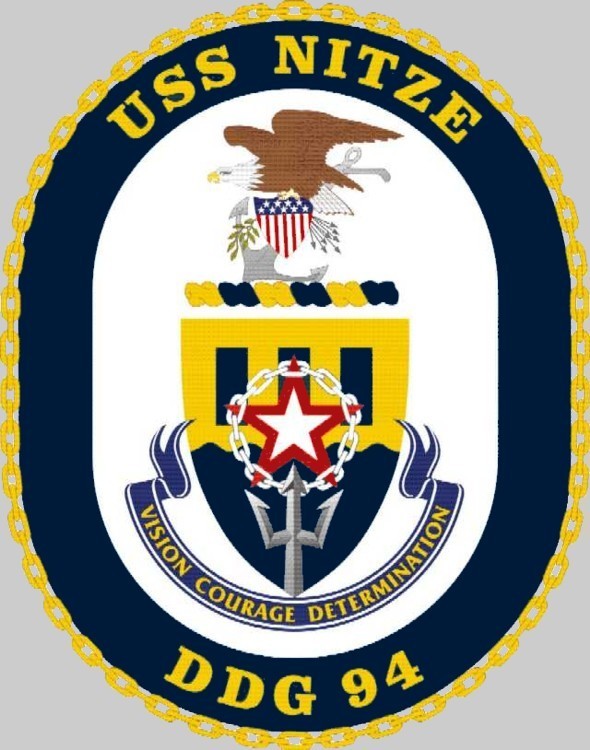 |
||
|
HOME
|
US Navy -
ships
|
US Navy - air
units
|
USMC - air
units
|
International
Navies
|
Weapon Systems
|
Special Reports |
||
|
US Navy - Guided Missile Destroyer DDG 94 - USS Nitze |
||
|
||
| 07/24 | ||
|
Type, class:
Guided Missile Destroyer - DDG; Arleigh Burke class, Flight IIA Builder: General Dynamics Bath Iron Works, Bath, Maine, USA STATUS: Awarded: March 6, 1998 Laid down: September 20, 2002 Launched: April 3, 2004 Commissioned: March 5, 2005 IN SERVICE Homeport: Naval Station Norfolk, Virginia Namesake: Paul Henry Nitze (1907-2004) Ships Motto: VISION, COURAGE, DETERMINATION Technical Data: see: INFO > Arleigh Burke class Guided Missile Destroyer - DDG |
||
| images | ||
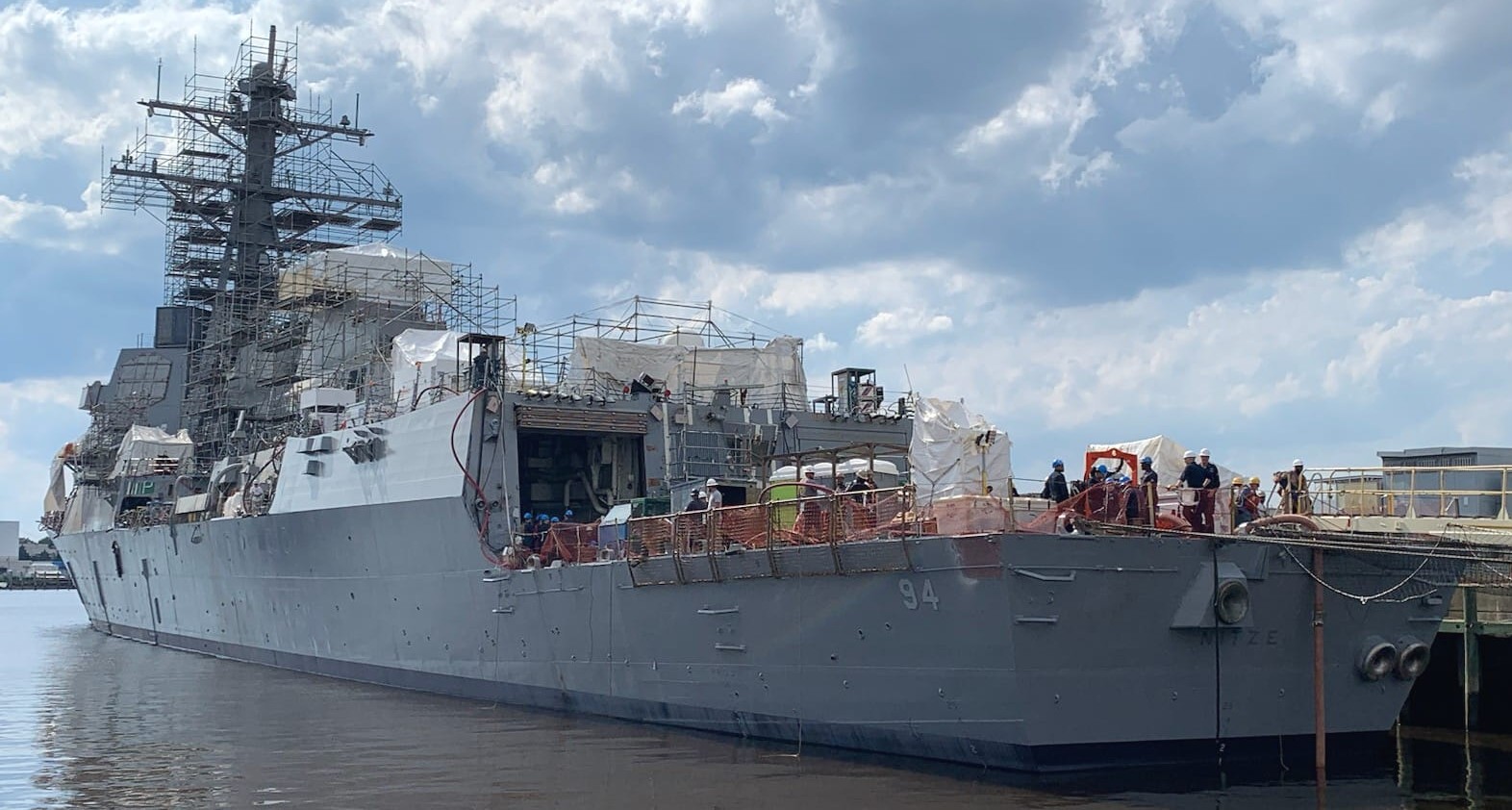 moored at BAE Systems Ship Repair, Norfolk, Virginia - June 2024  in dry-dock at BAE Systems Ship Repair, Norfolk, Virginia - June 2024 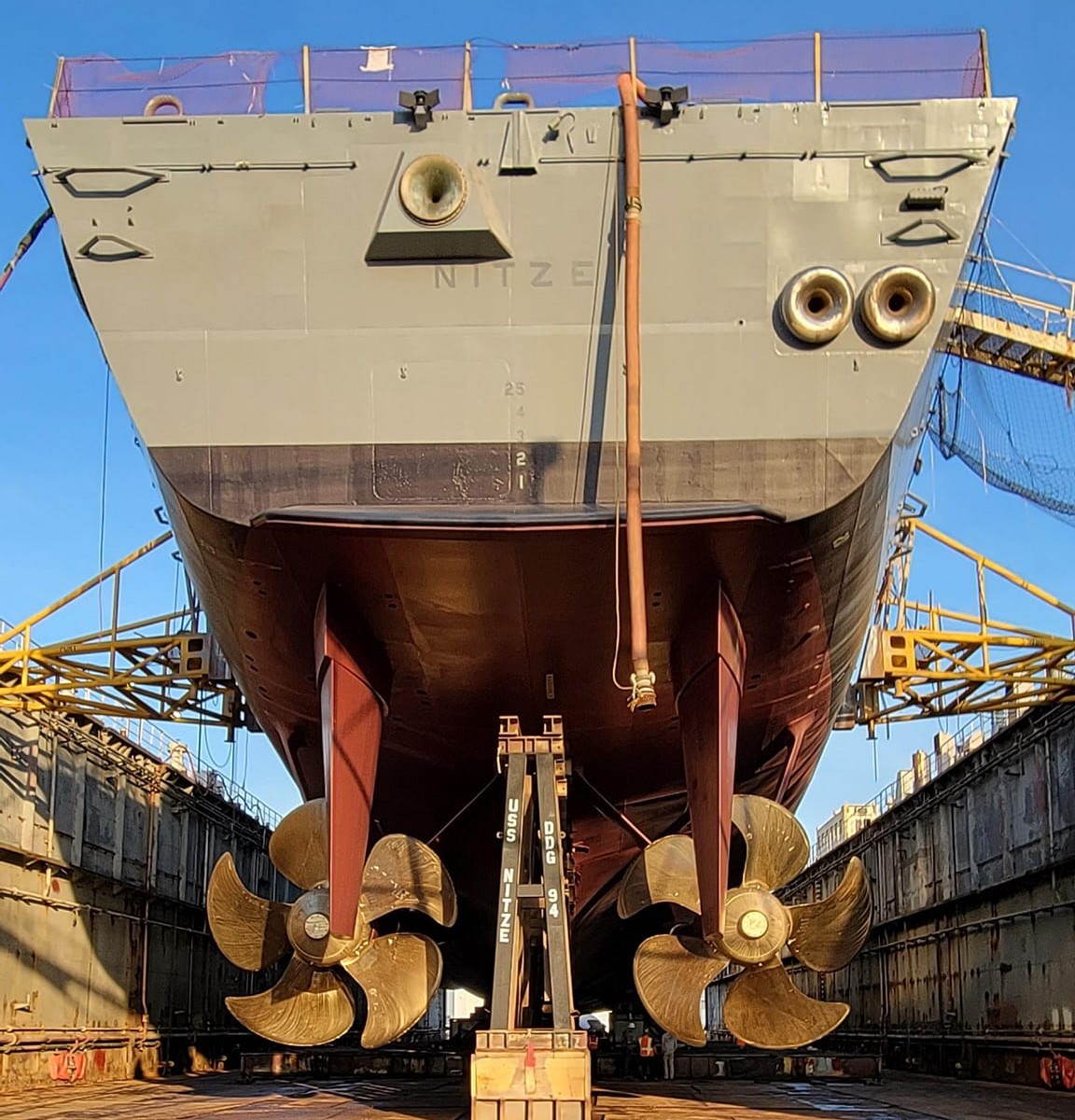 in dry-dock at BAE Systems Ship Repair, Norfolk, Virginia - June 2024 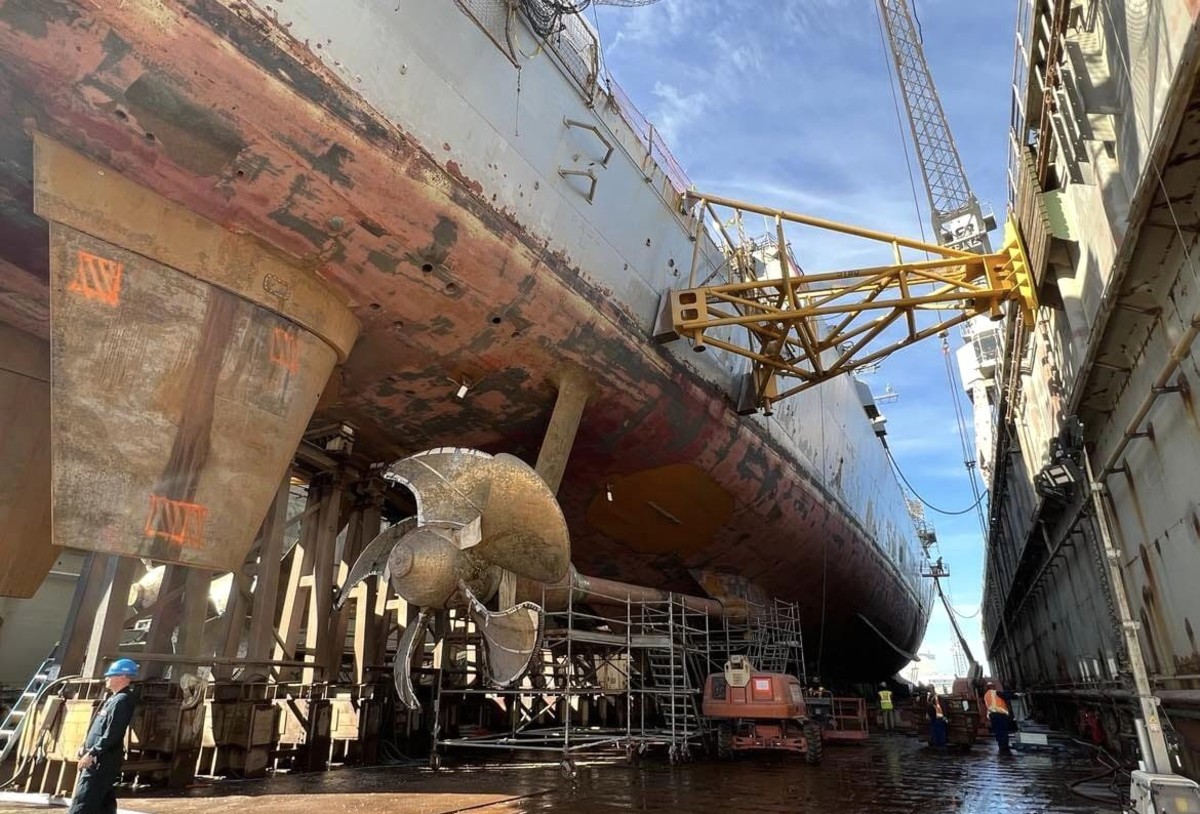 in dry-dock at BAE Systems Ship Repair, Norfolk, Virginia - November 2023 > BAE Systems has received a $145 million contract for the maintenance and modernization of USS Nitze 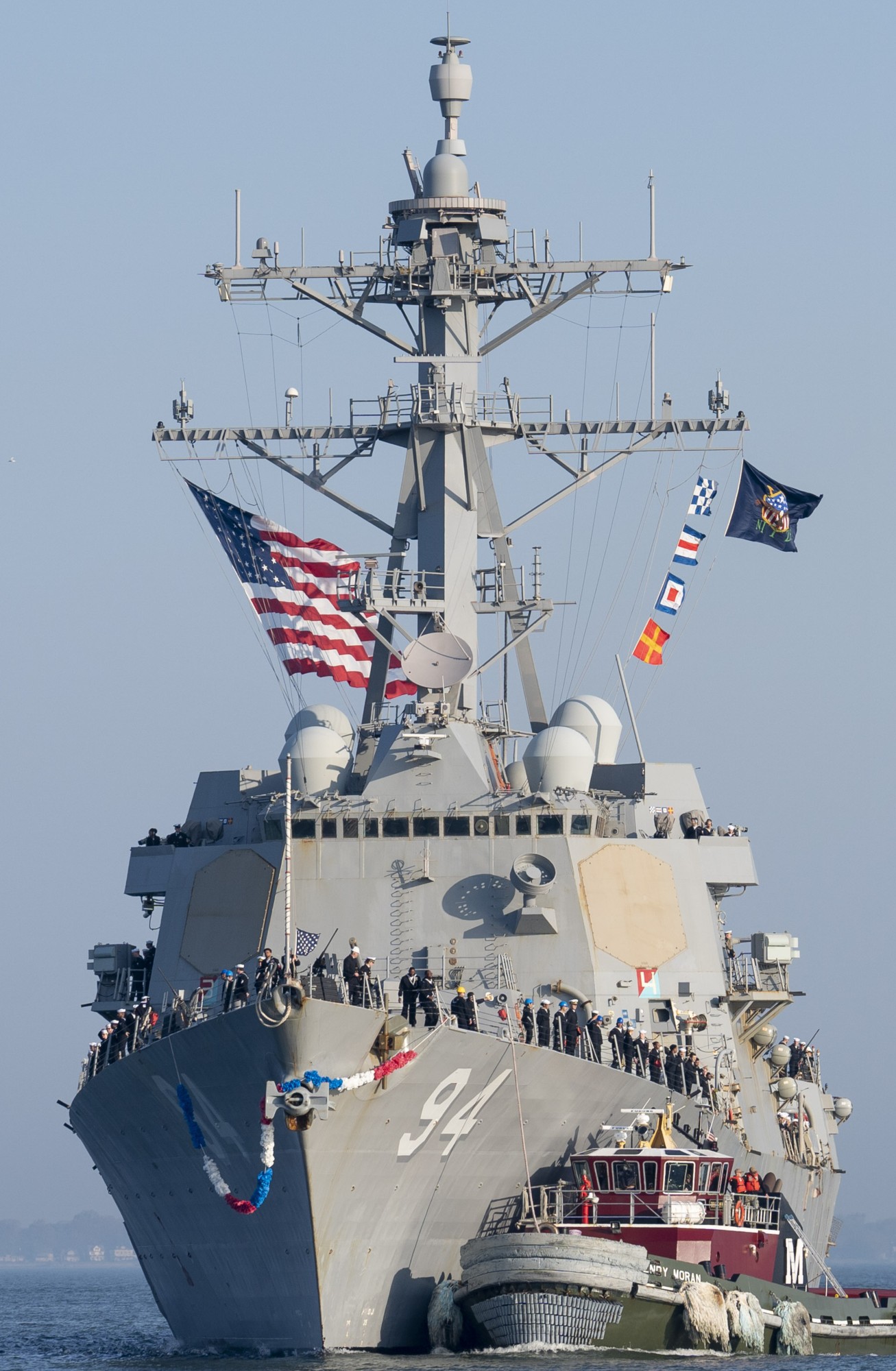 returning to Naval Station Norfolk, Virginia - April 5, 2023 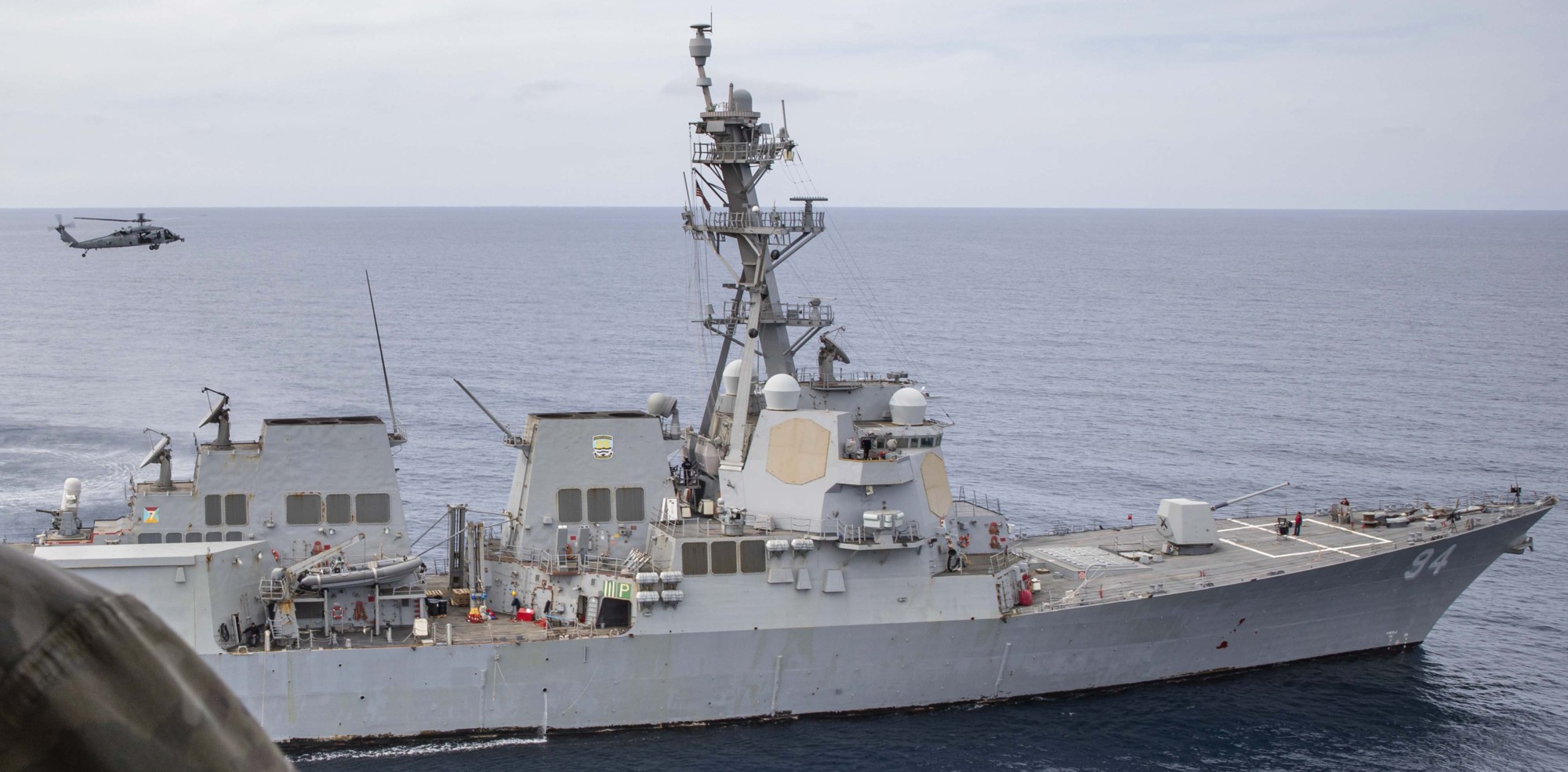 Tyrrhenian Sea - March 2023 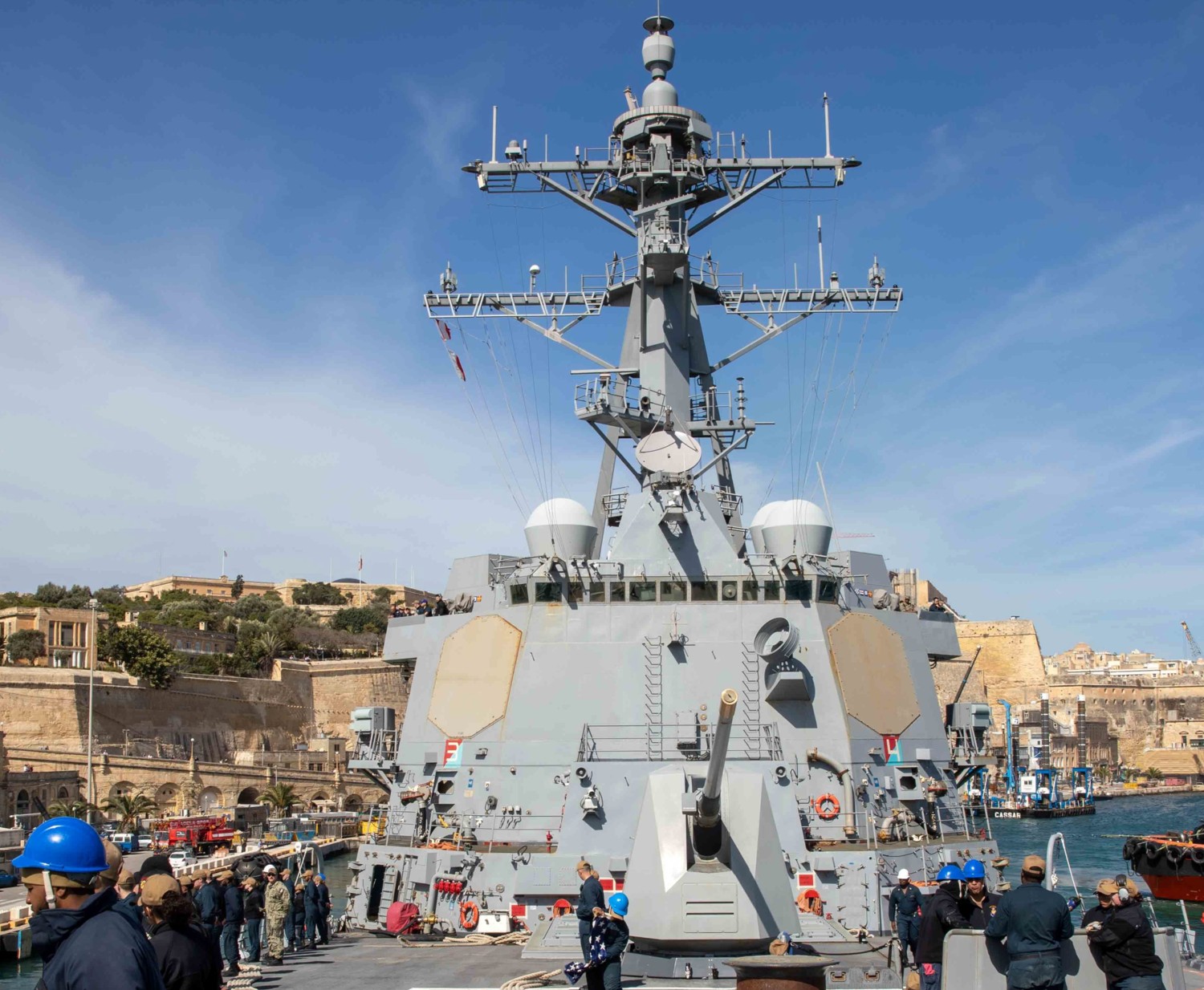 Valletta, Malta - March 2023 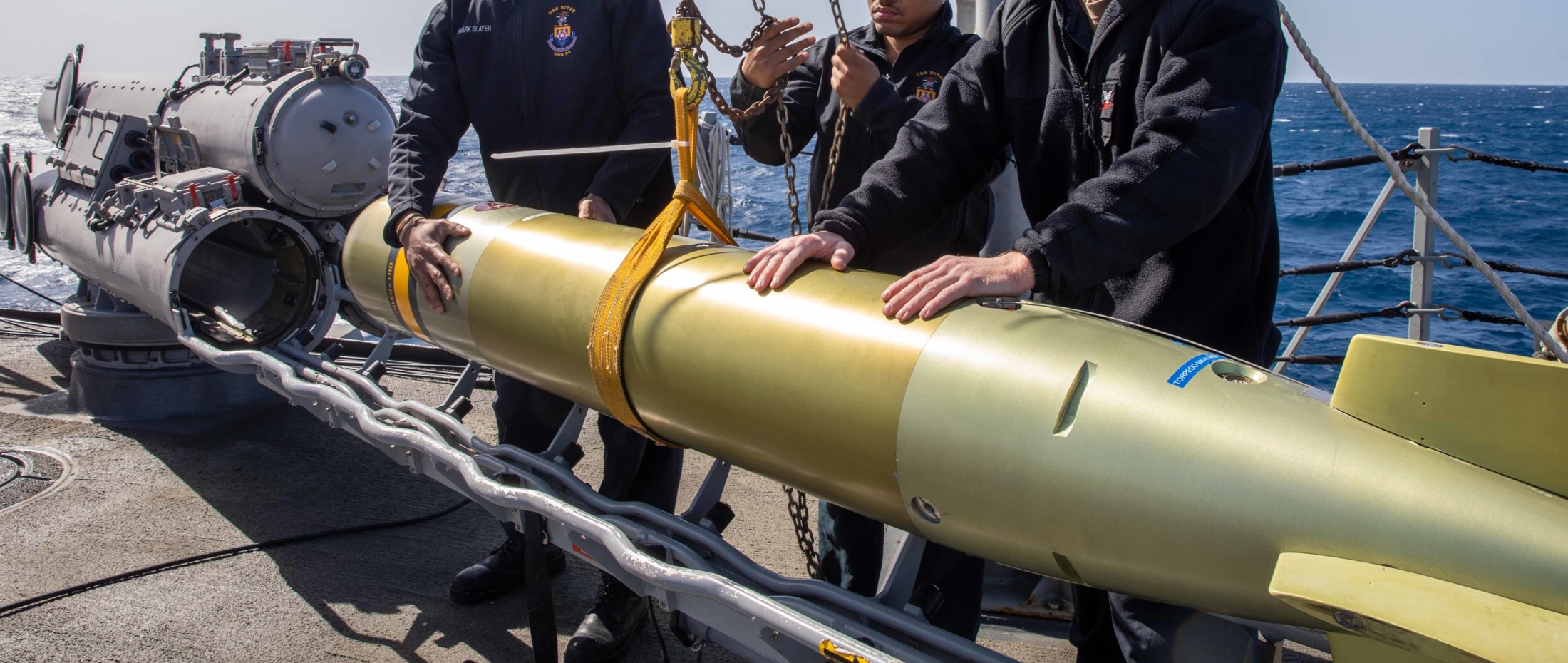 Mk.32 torpedo tubes exercise - Mediterranean Sea - March 2023 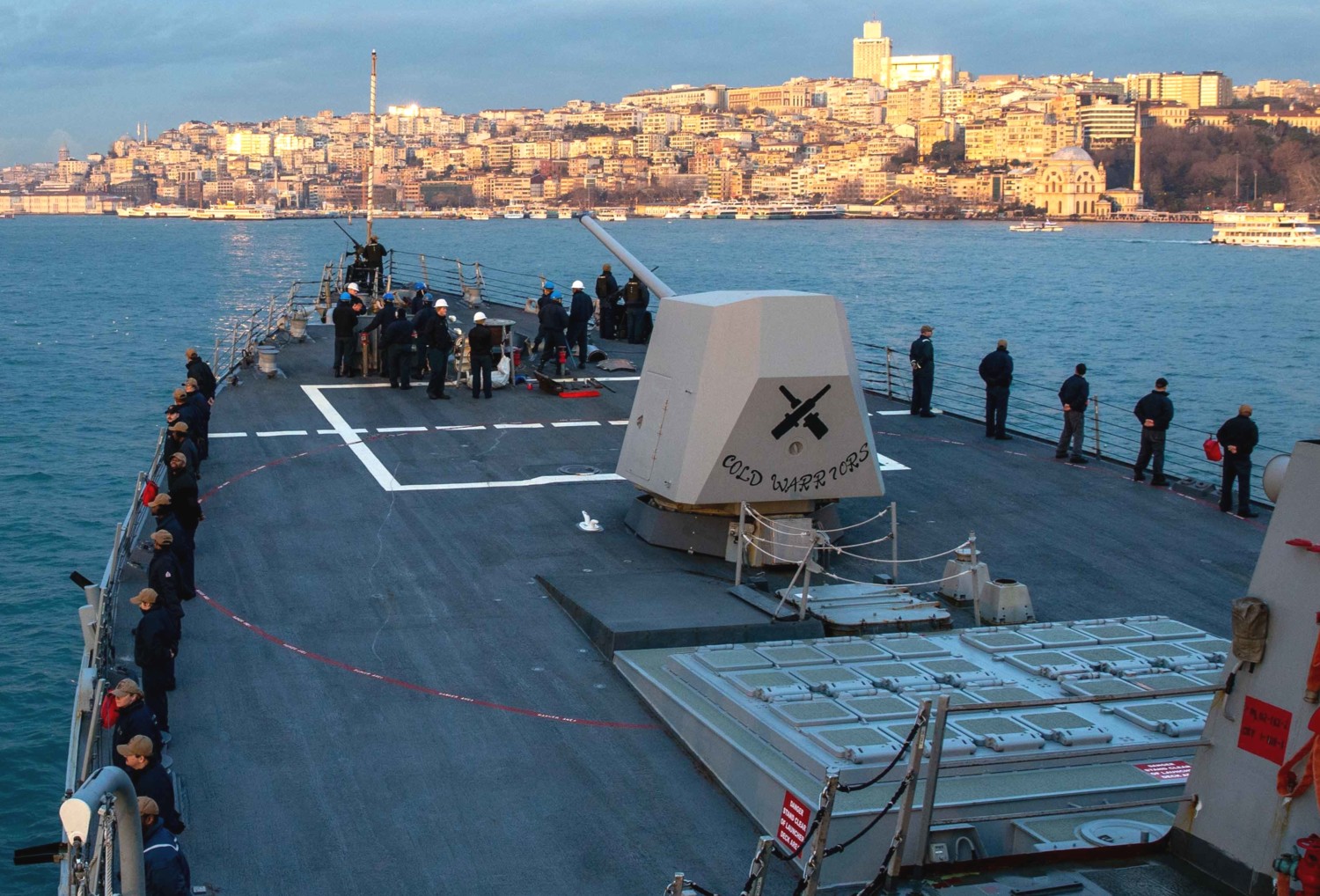 Istanbul, Turkey - February 2023  Mediterranean Sea - January 2023 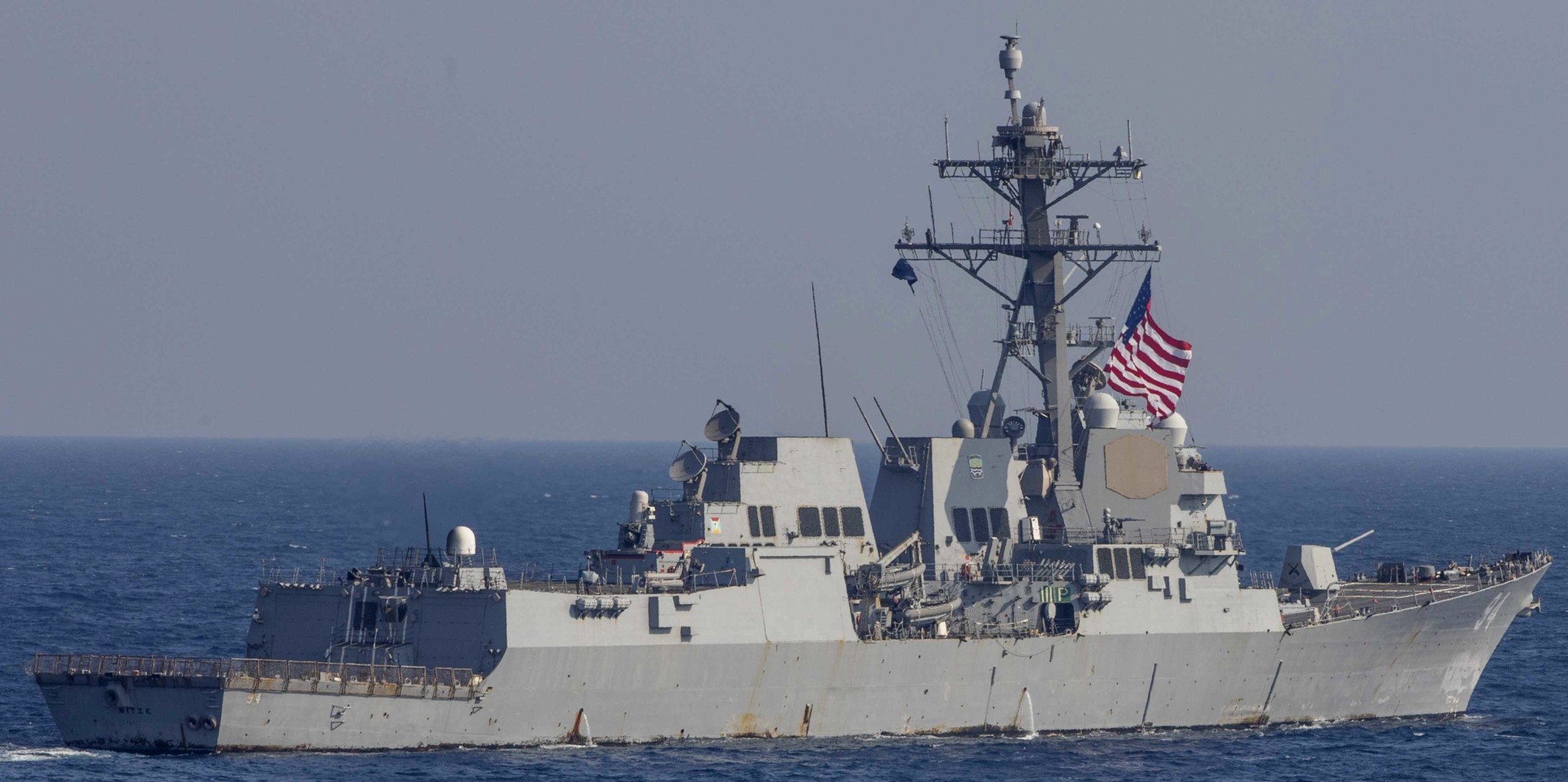 Mediterranean Sea - January 2023 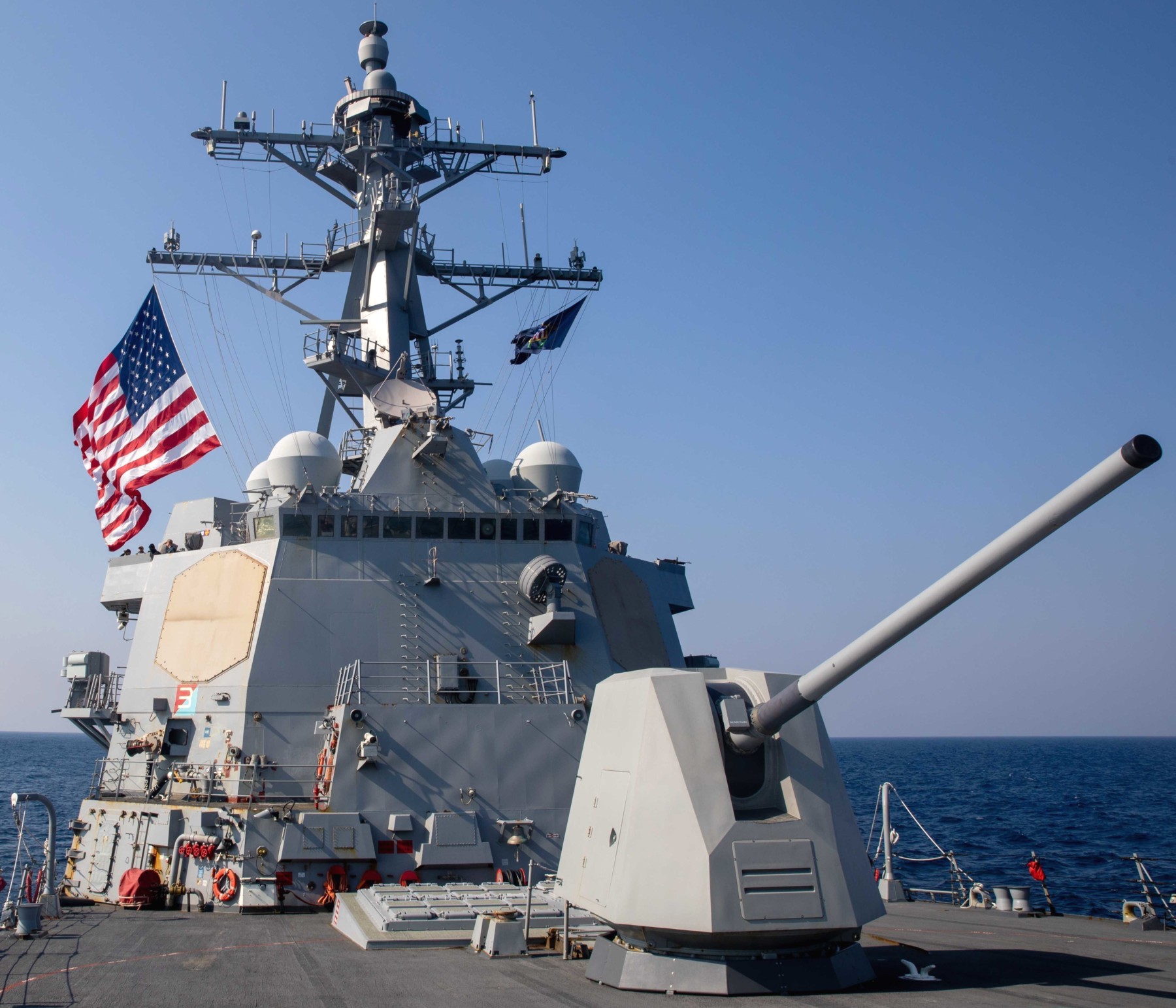 Mediterranean Sea - January 2023 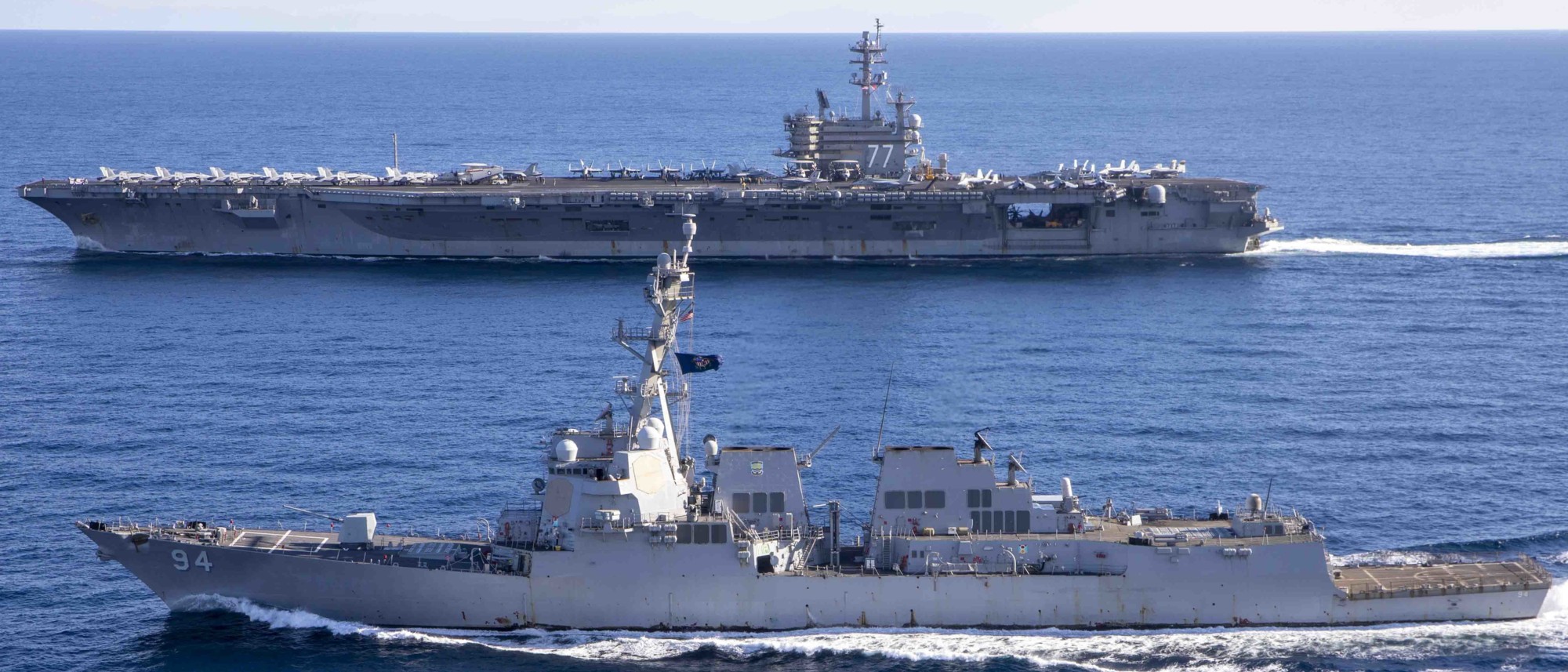 with USS George H. W. Bush (CVN 77) - Adriatic Sea - January 2023 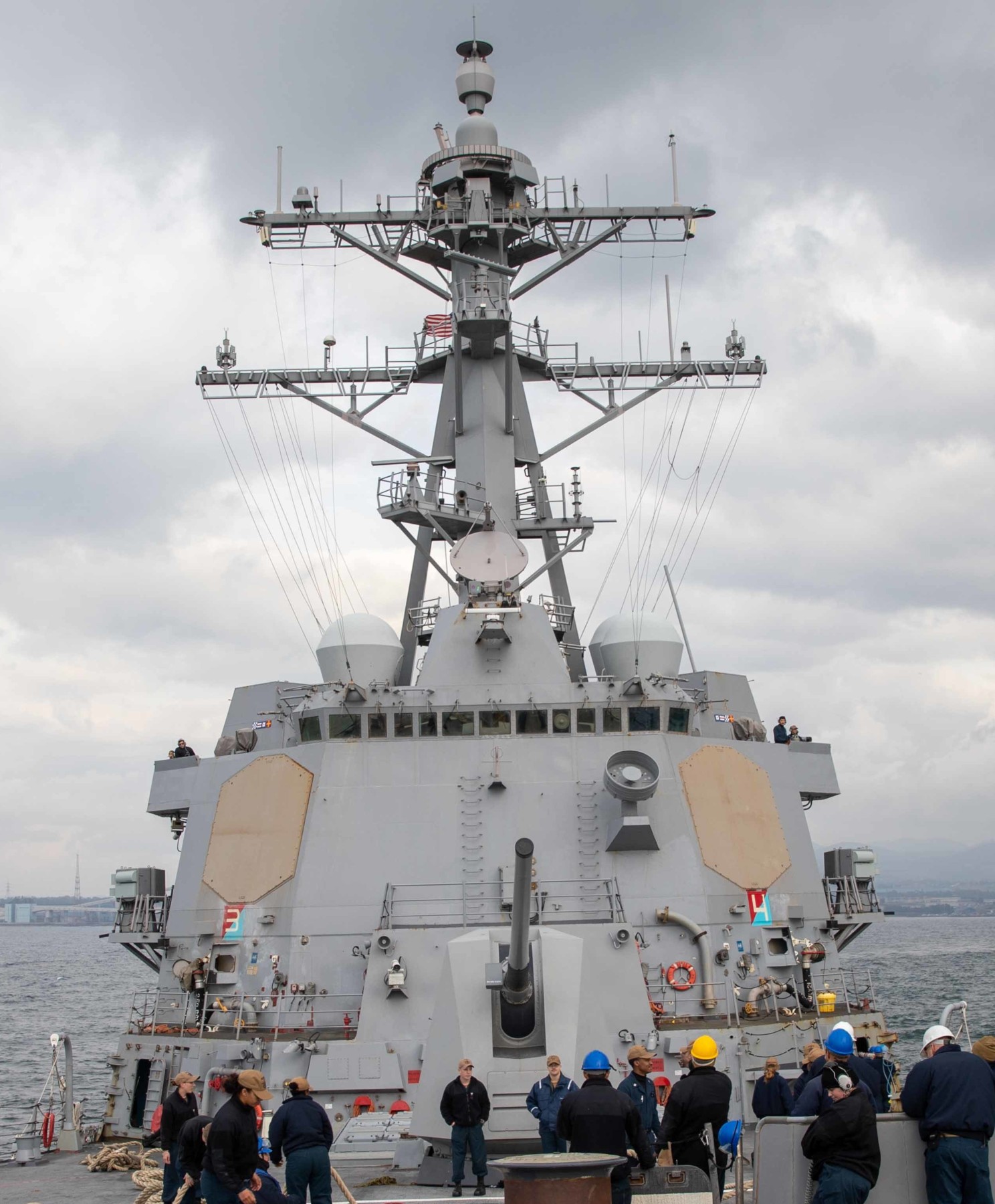 departing Civitavecchia, Italy - January 2023 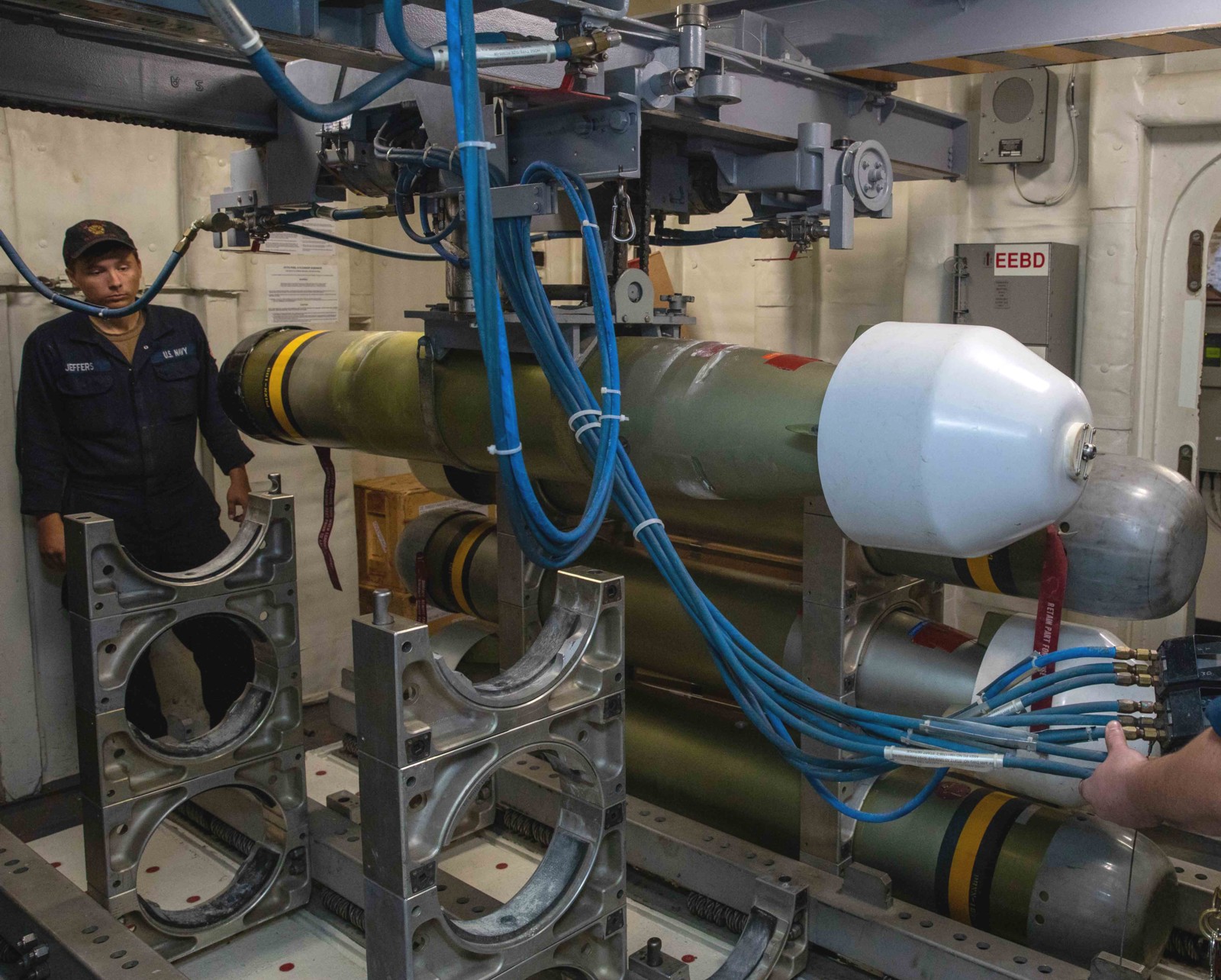 torpedo room - Red Sea - December 2022 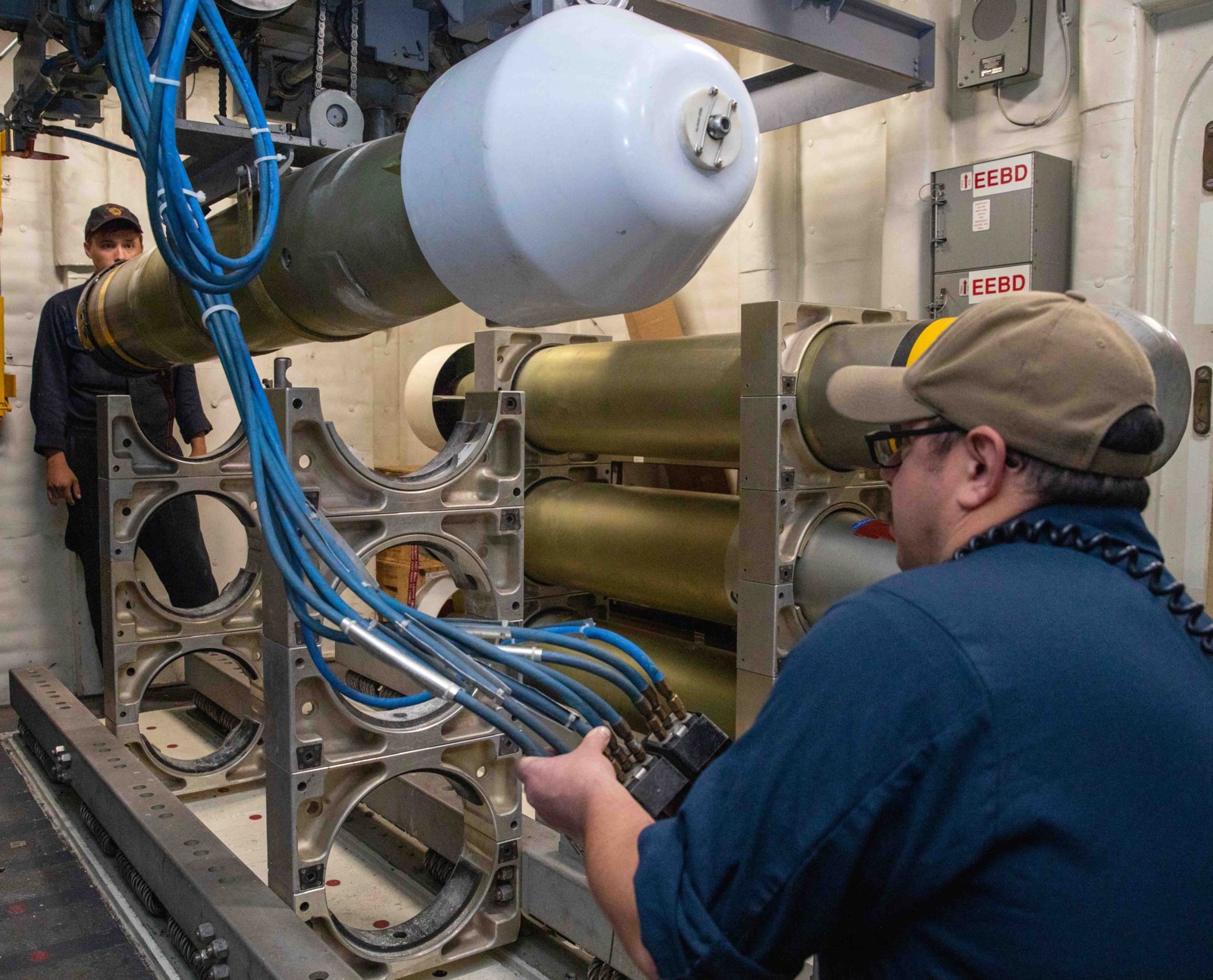 torpedo room - Red Sea - December 2022  Duqm, Oman - October 2022 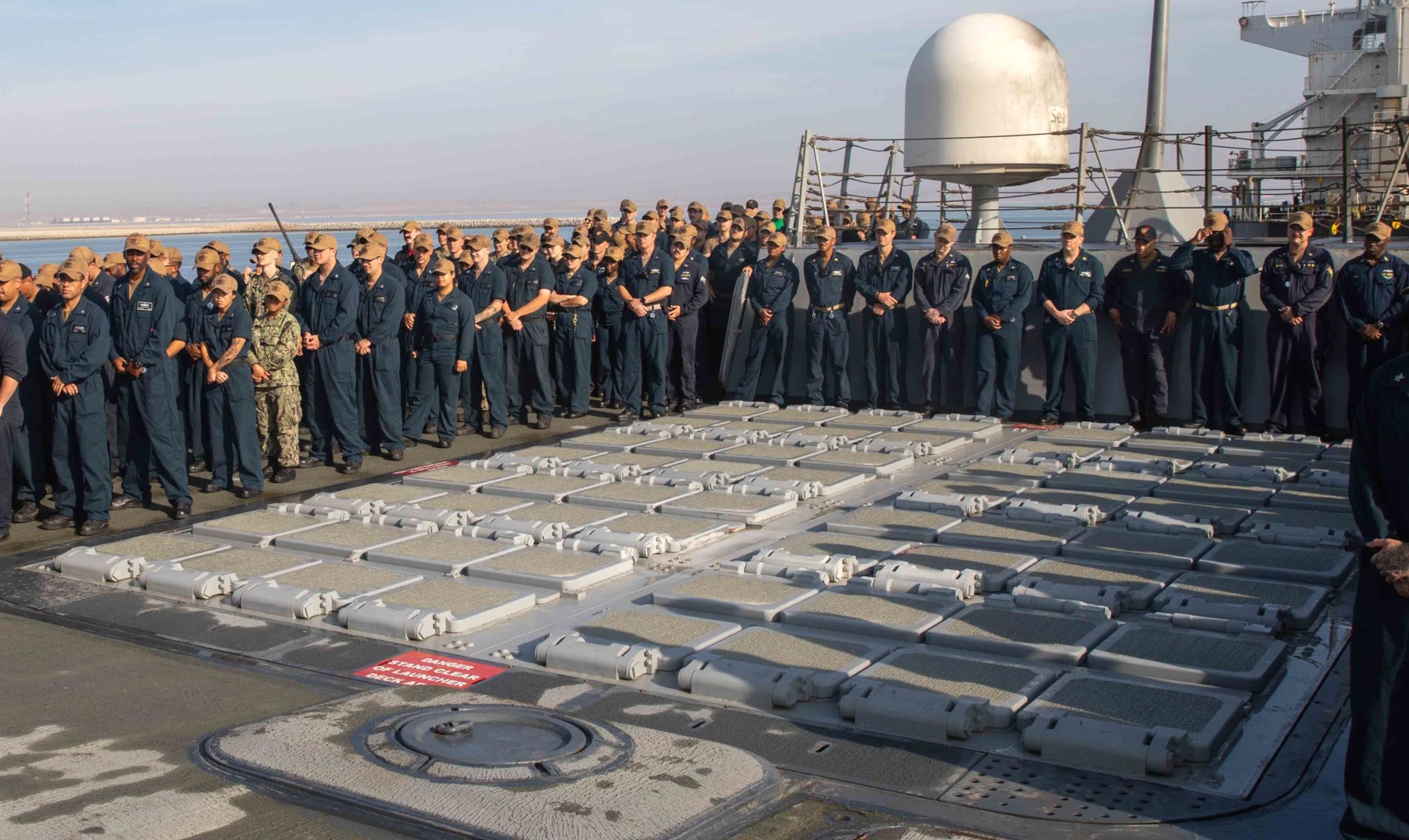 aft Mk.41 vertical launching system (VLS), 64 cells - Duqm, Oman - October 2022 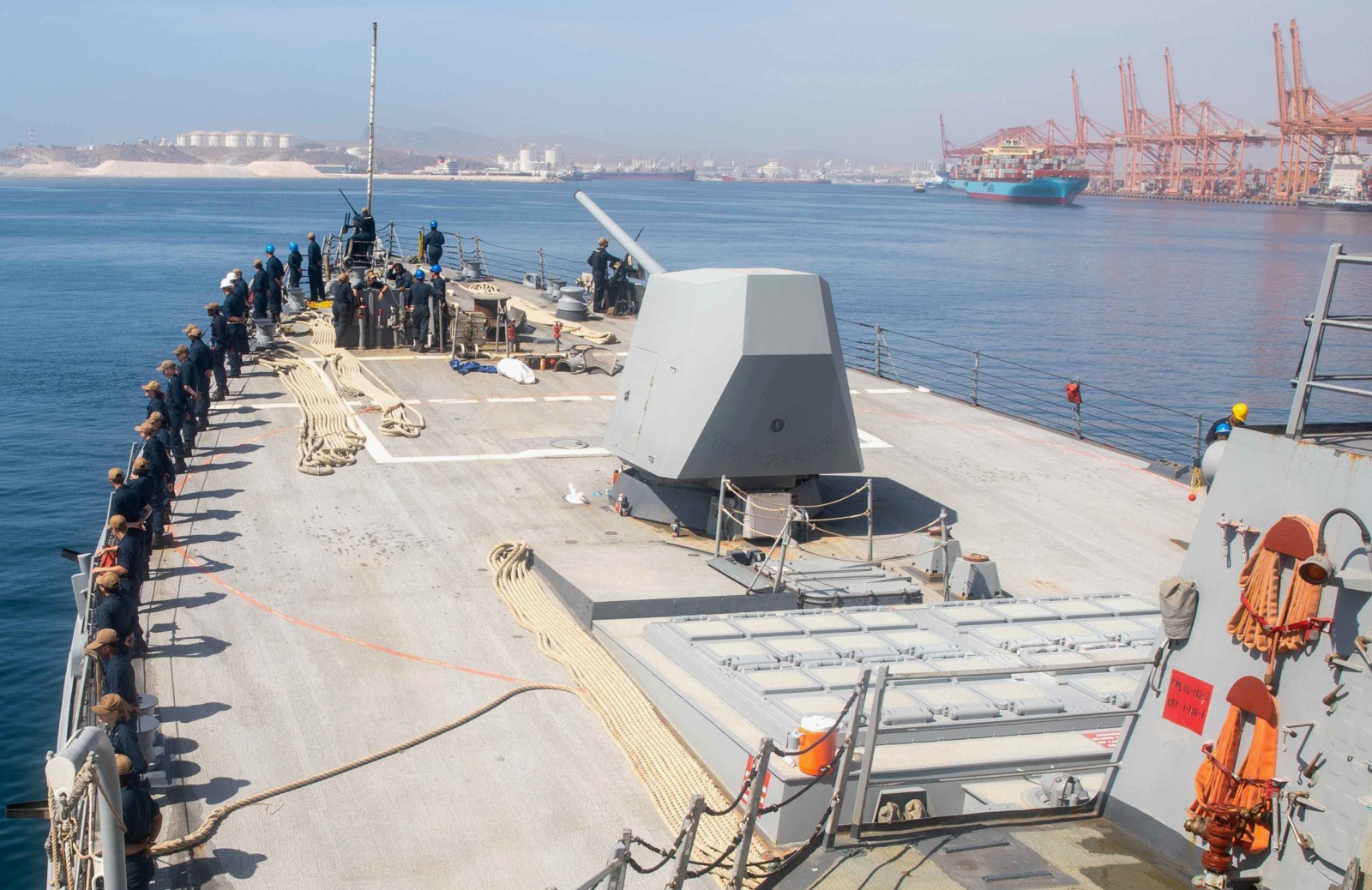 Salalah, Oman - October 2022 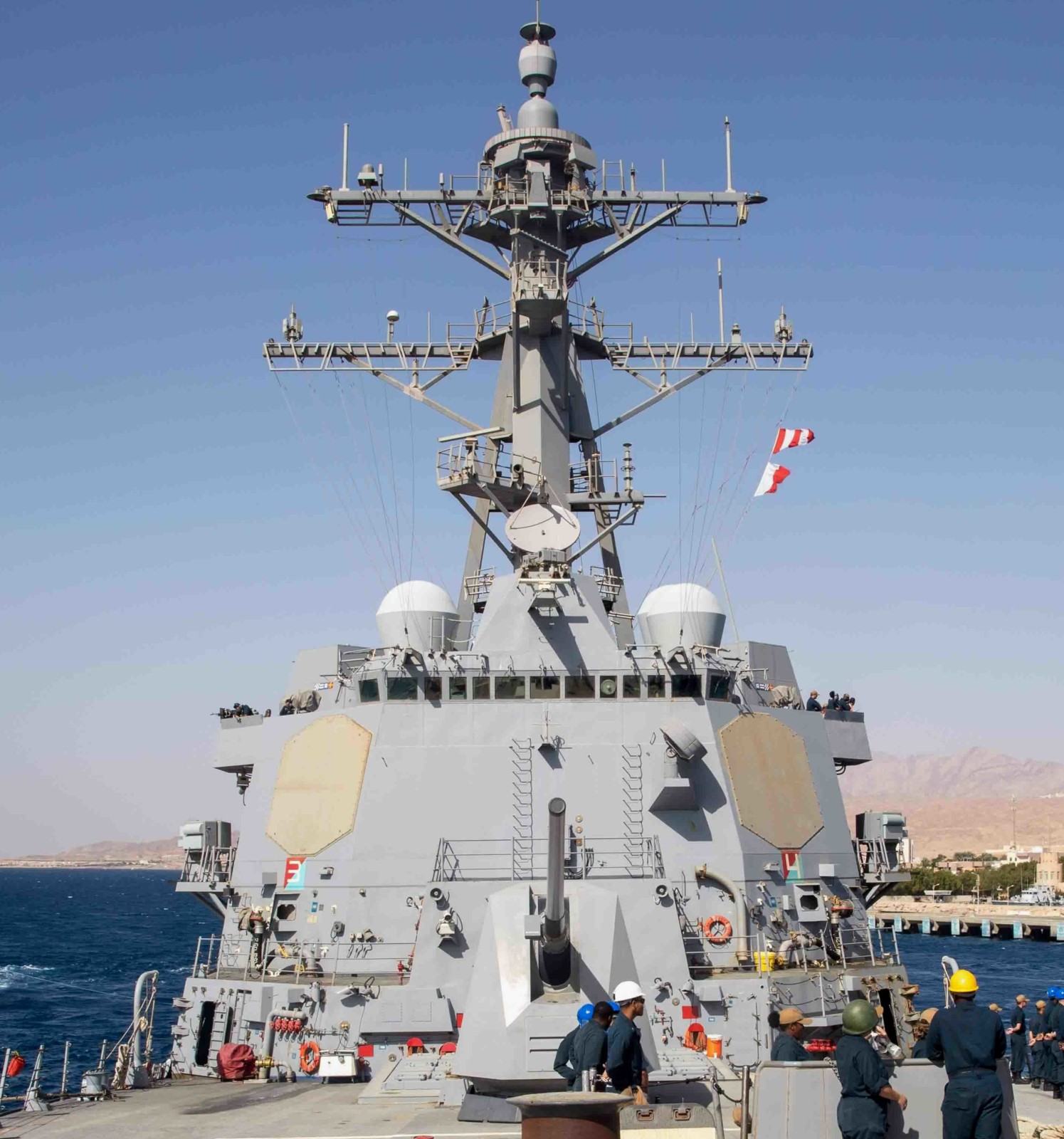 Aqaba, Jordan - September 2022  Mk.45 Mod.4 gun fire - Red Sea - September 2022  Red Sea - September 2022 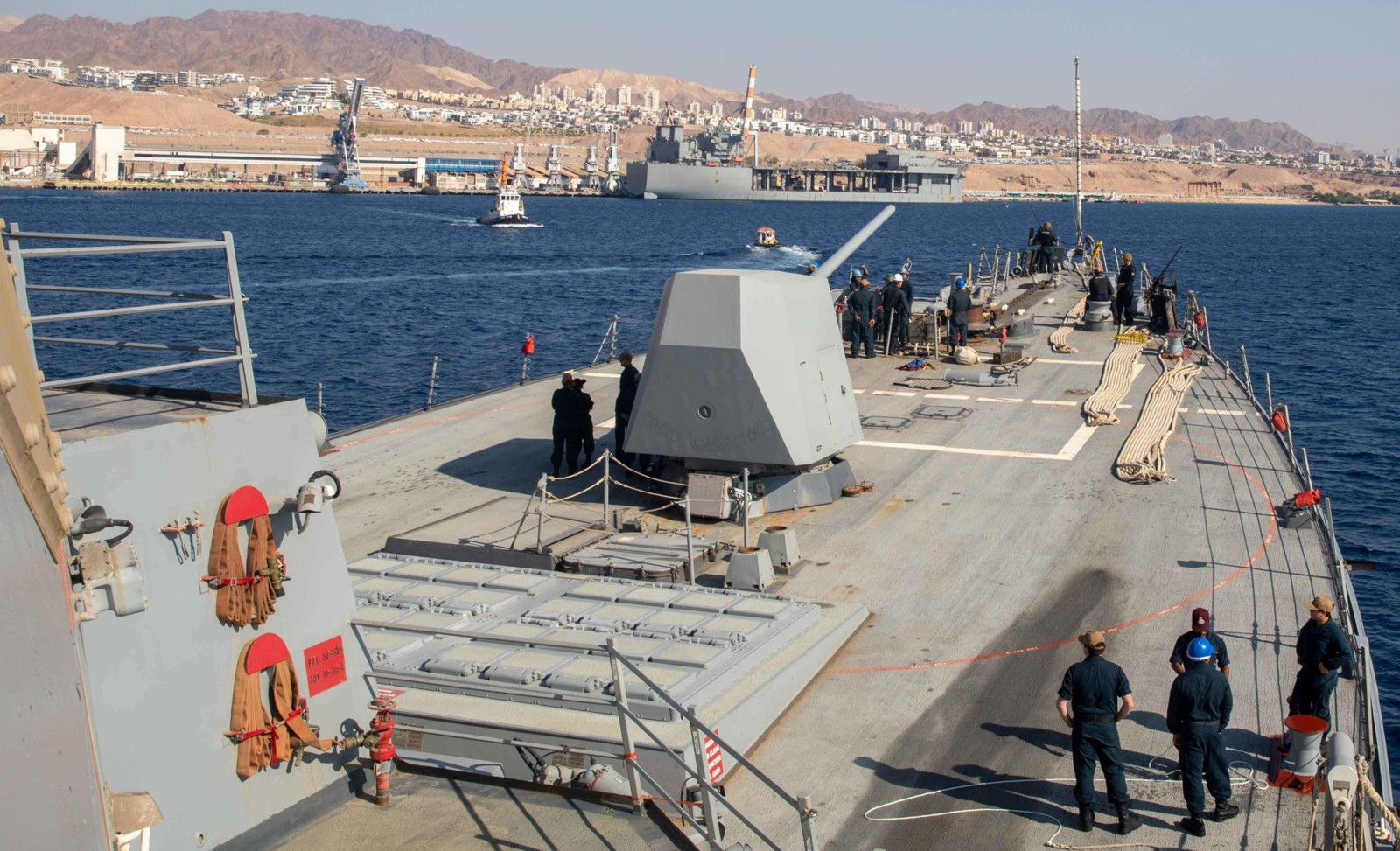 Eilat, Israel - September 2022 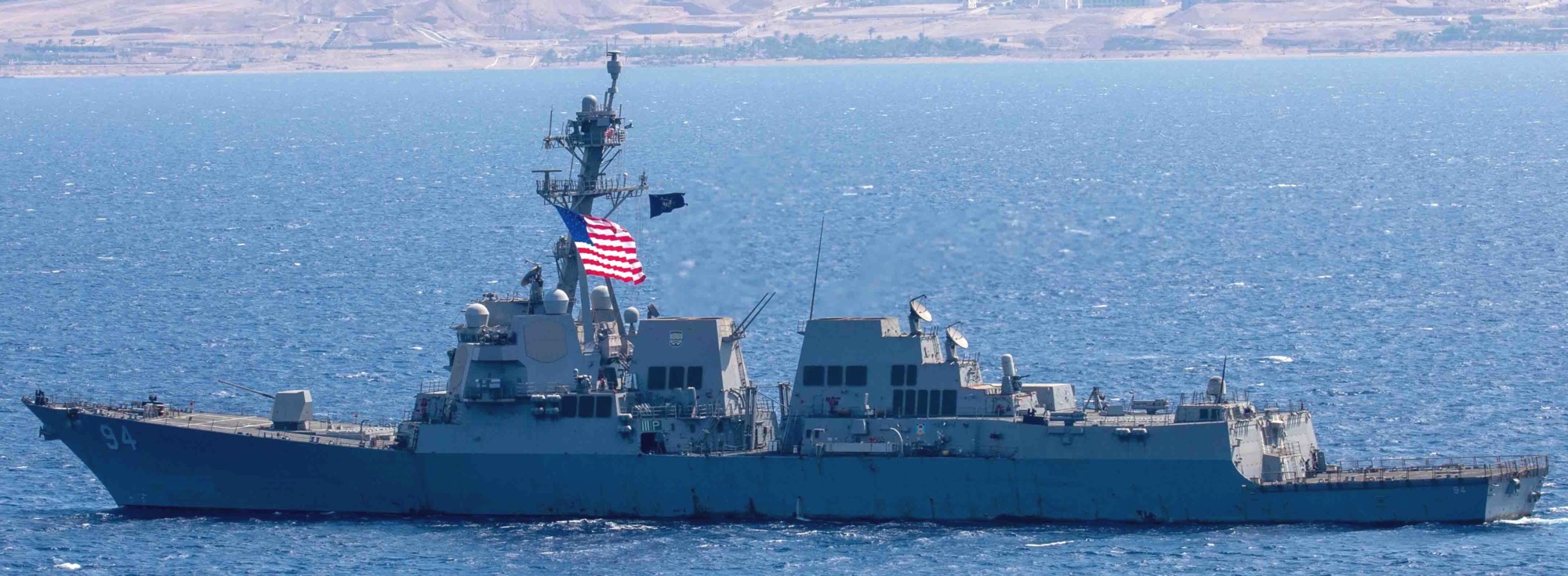 exercise Eager Lion - Red Sea - September 2022 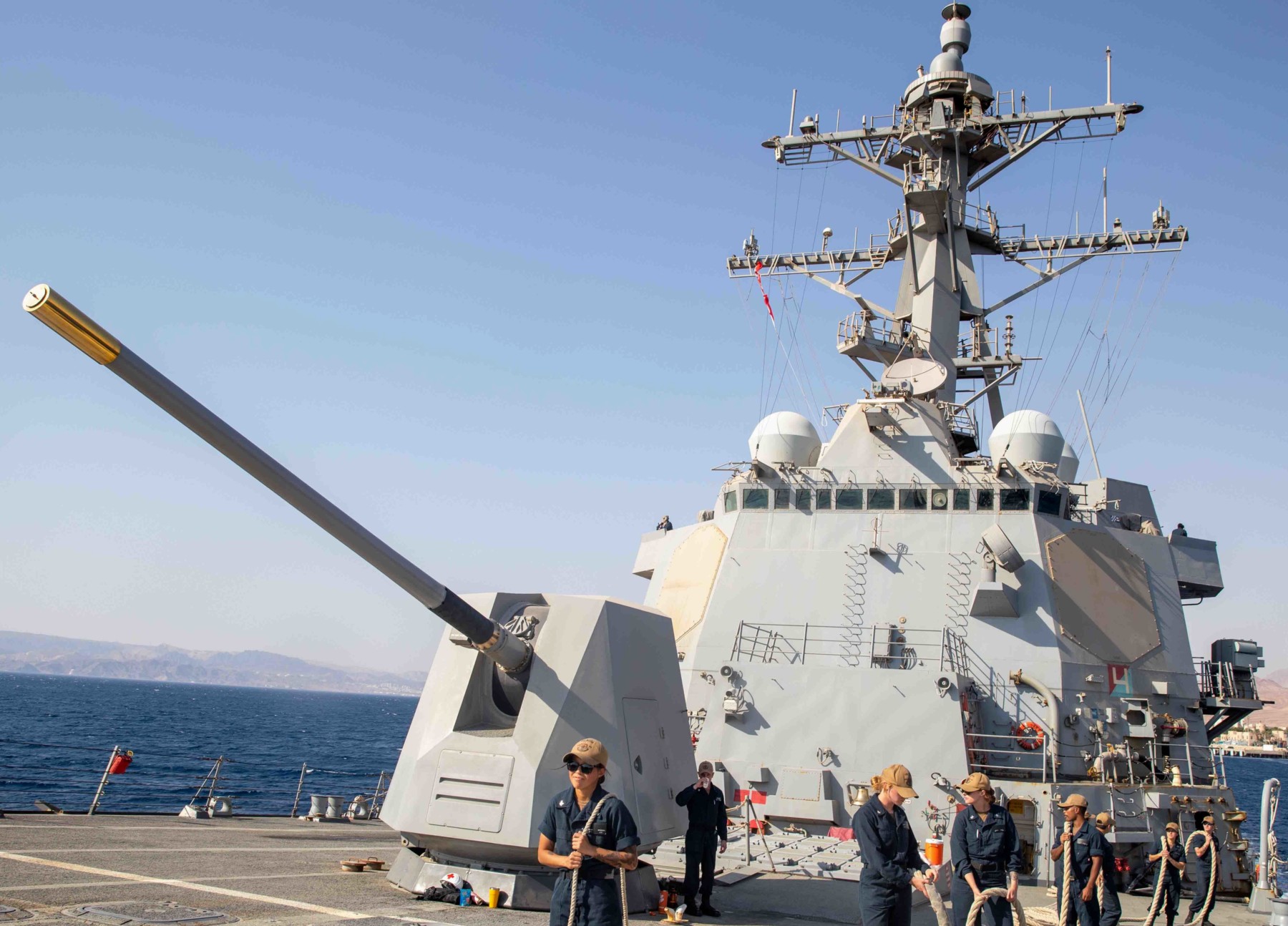 Aqaba, Jordan - September 2022 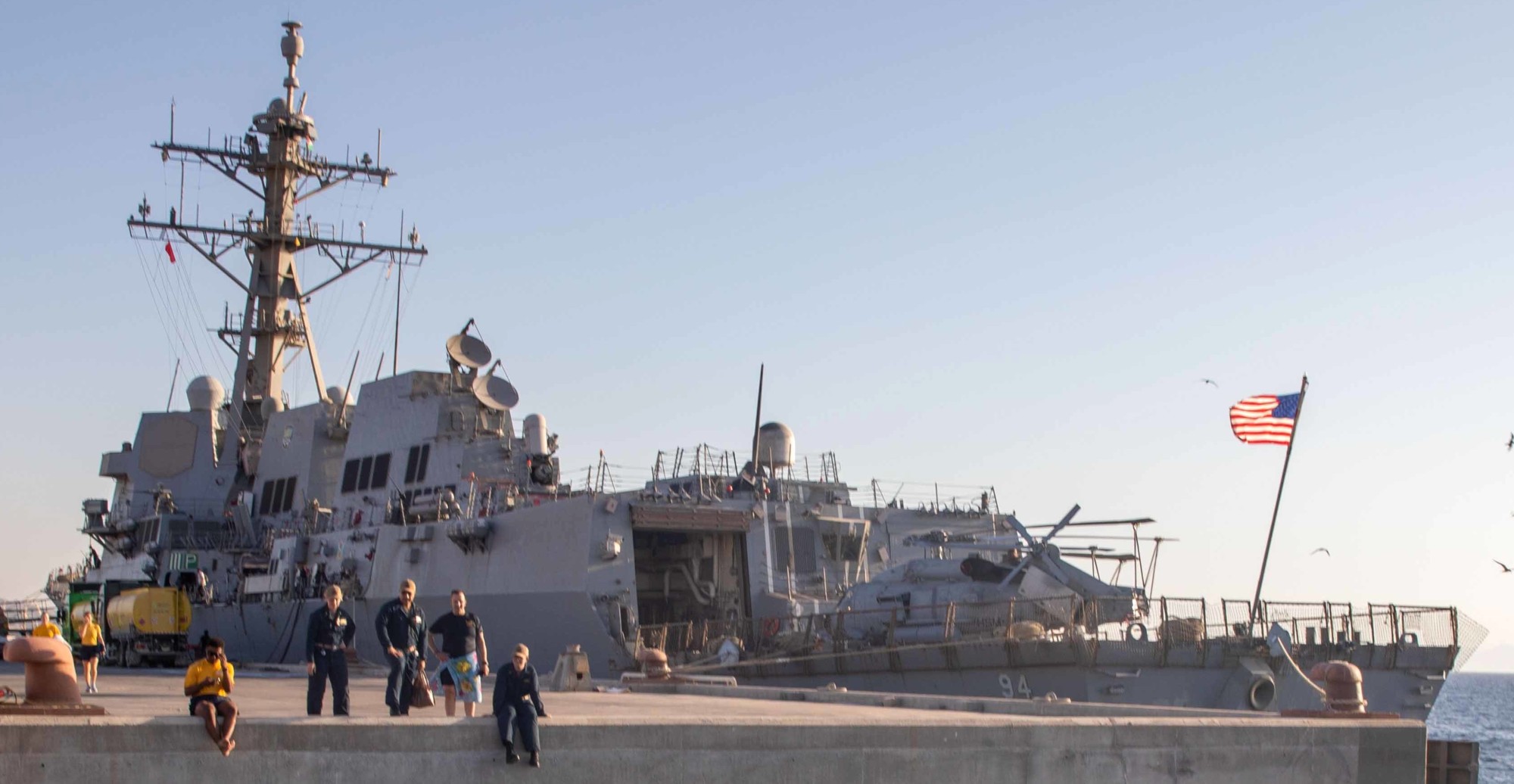 Aqaba, Jordan - September 2022 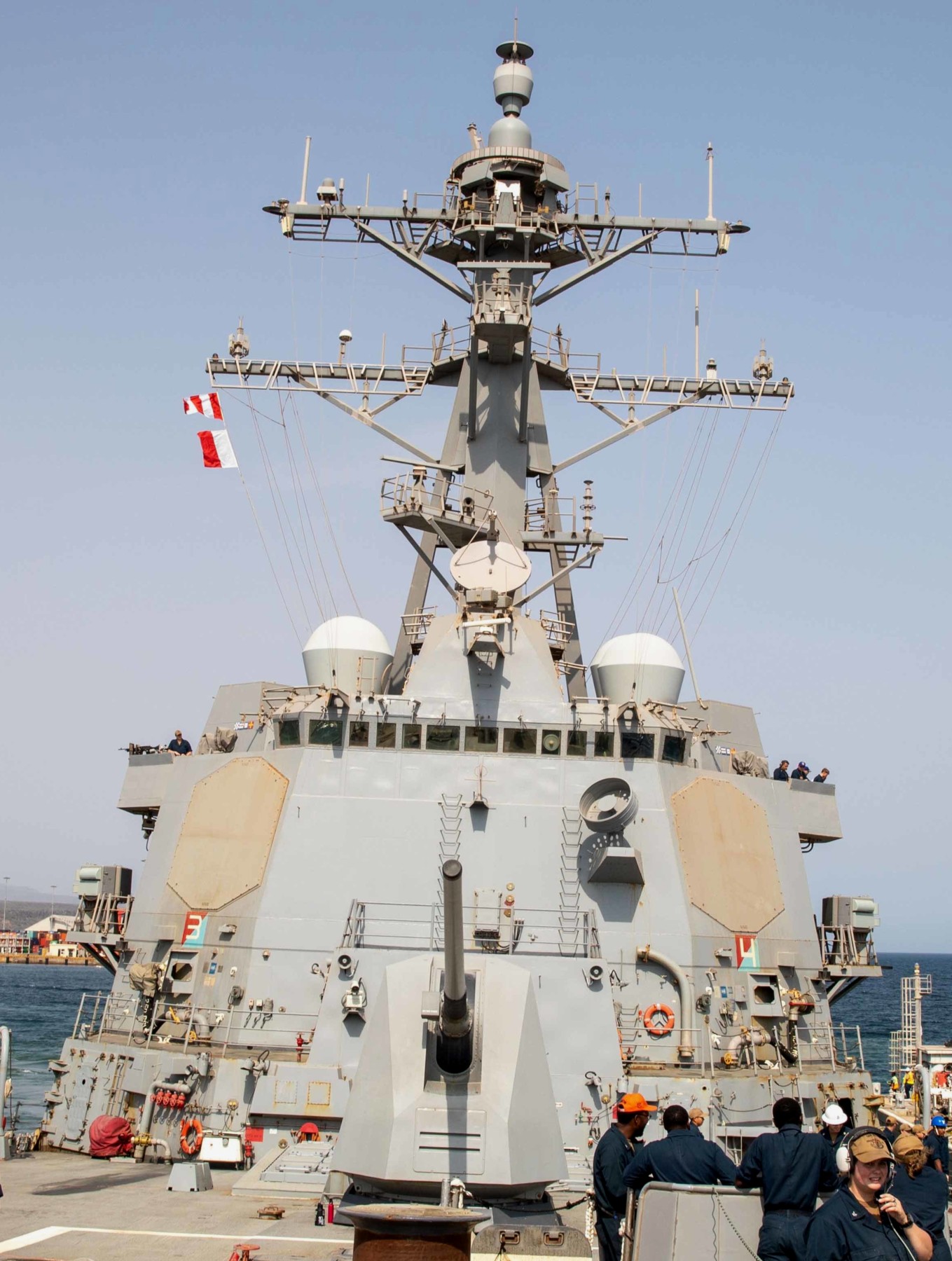 Djibouti - August 2022 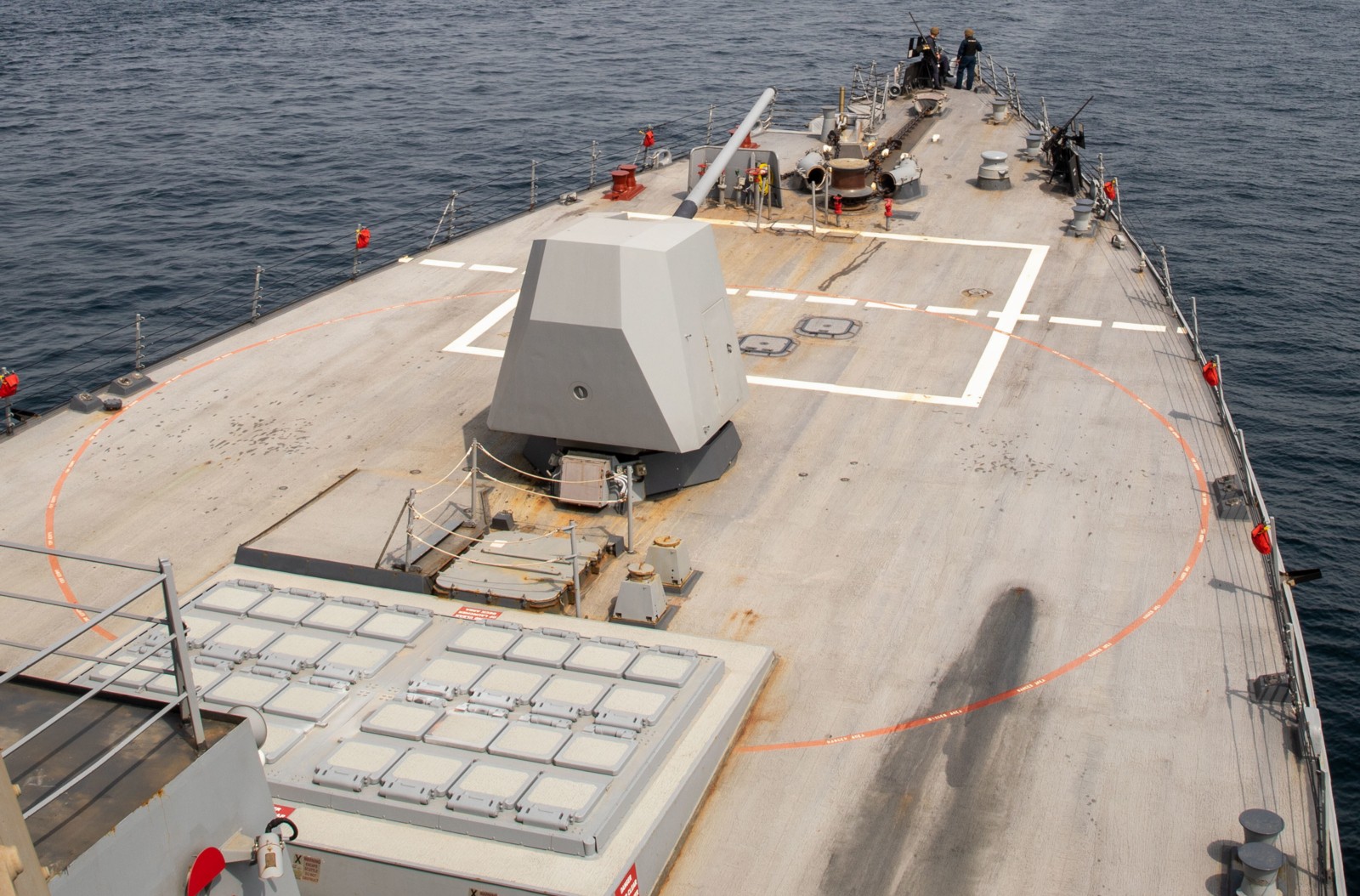 Bab-el-Mandeb Strait - August 2022 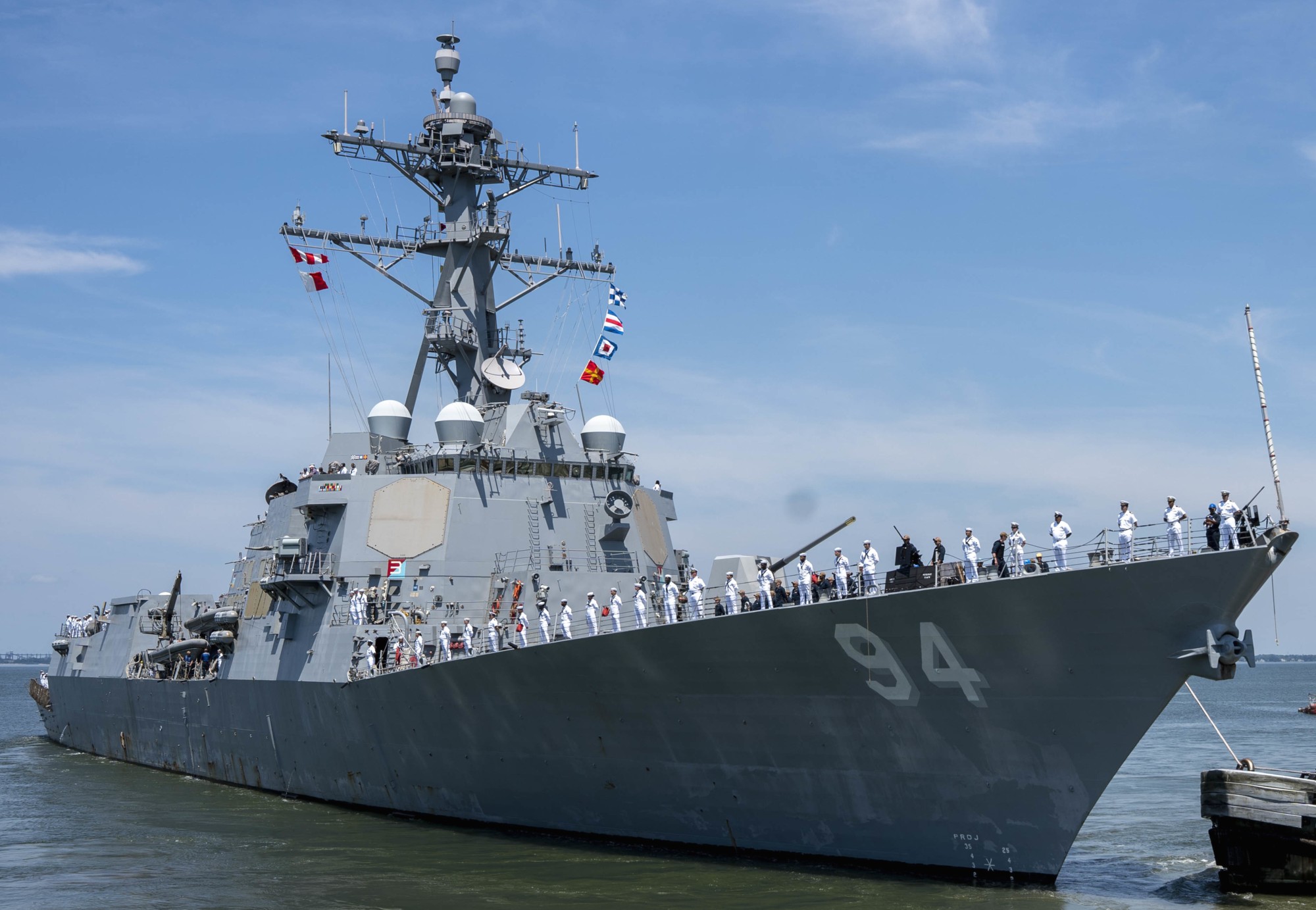 departing Naval Station Norfolk, Virginia - July 17, 2022 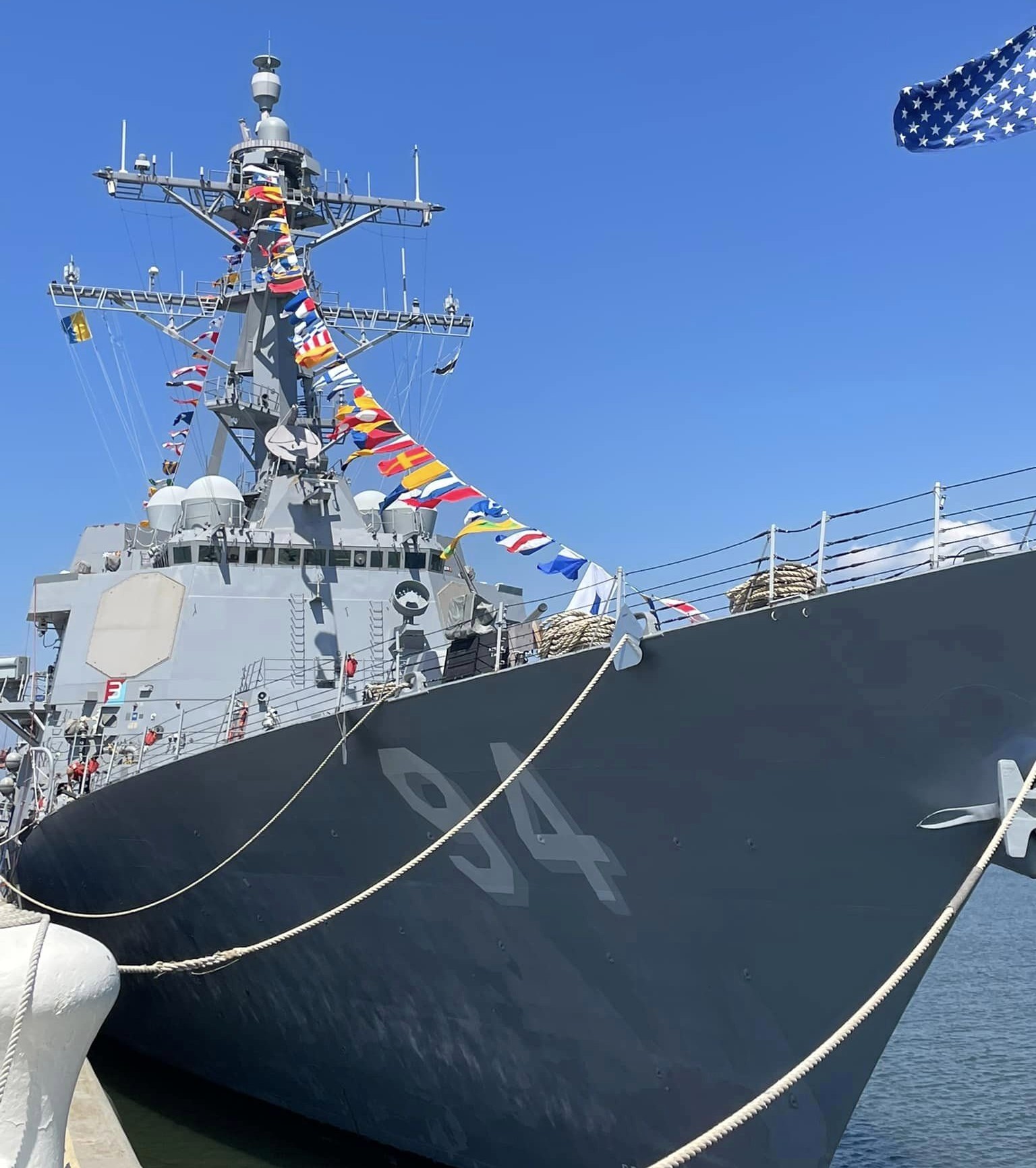 independence day celebrations - Naval Station Norfolk, Virginia - July 4, 2022 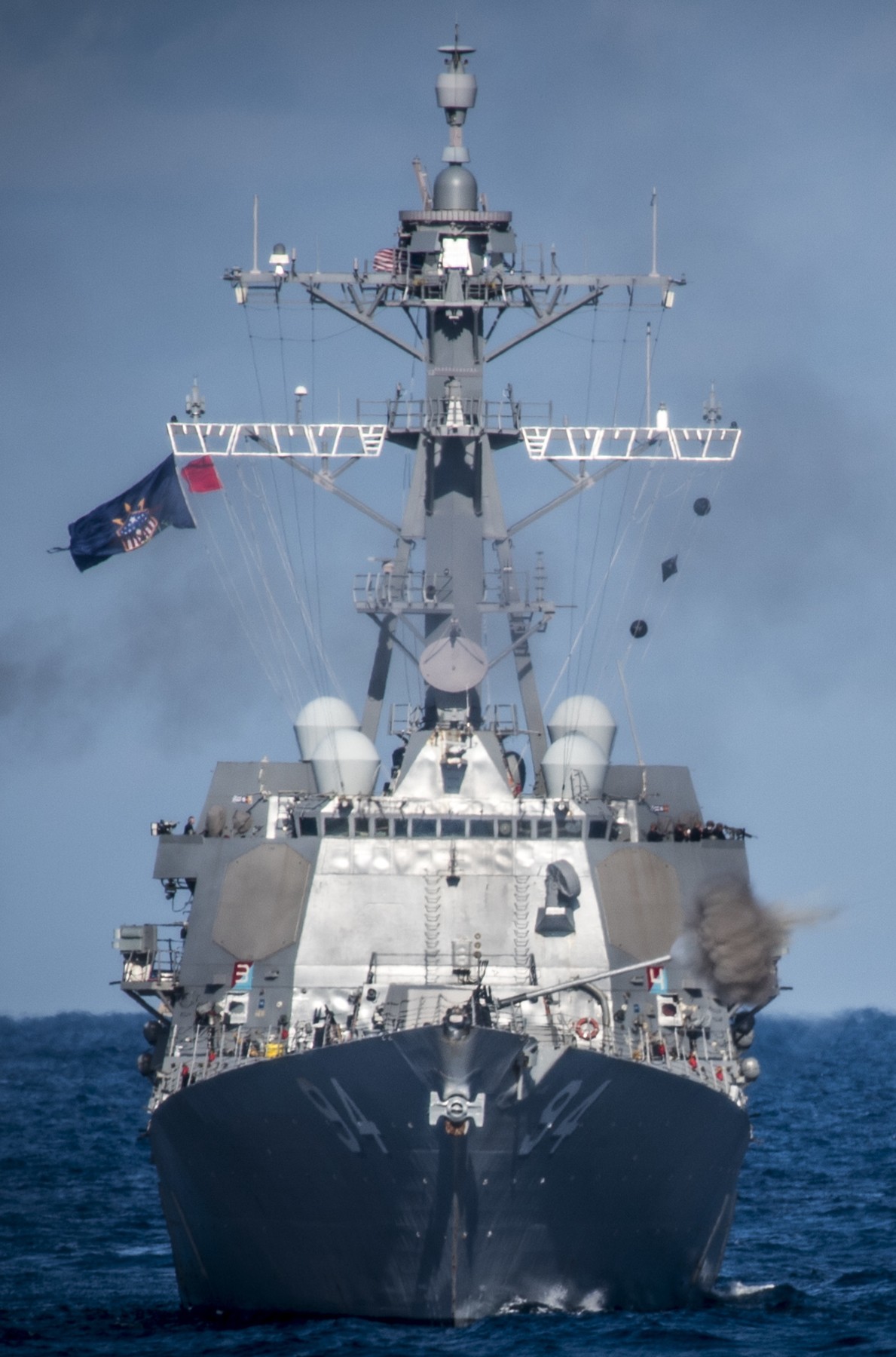 Mk.45 Mod.4 gun fire - Atlantic Ocean - February 2022  change of command ceremony at Naval Station Norfolk, Virginia - April 2021 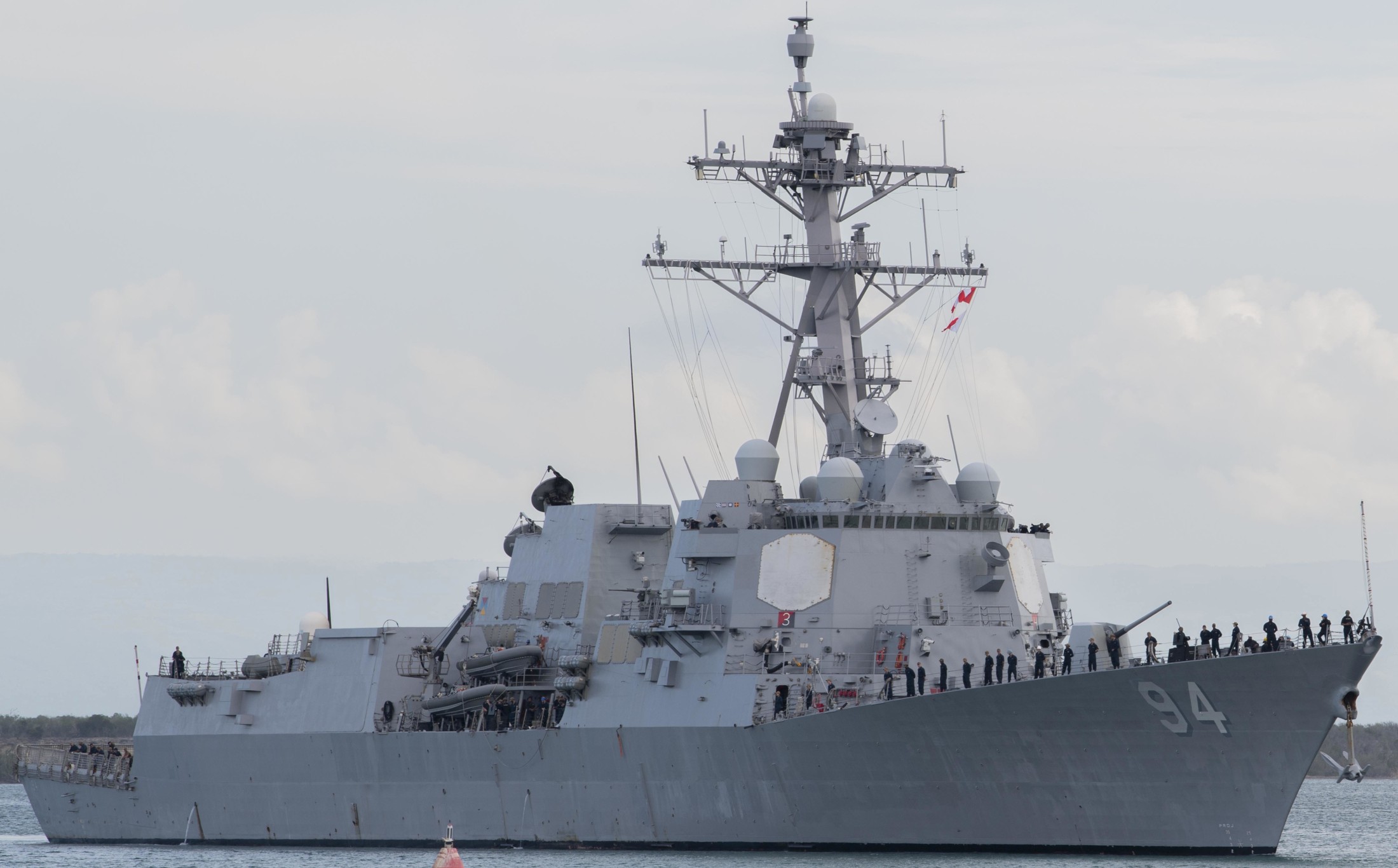 Naval Station Guantanamo Bay, Cuba - June 2020 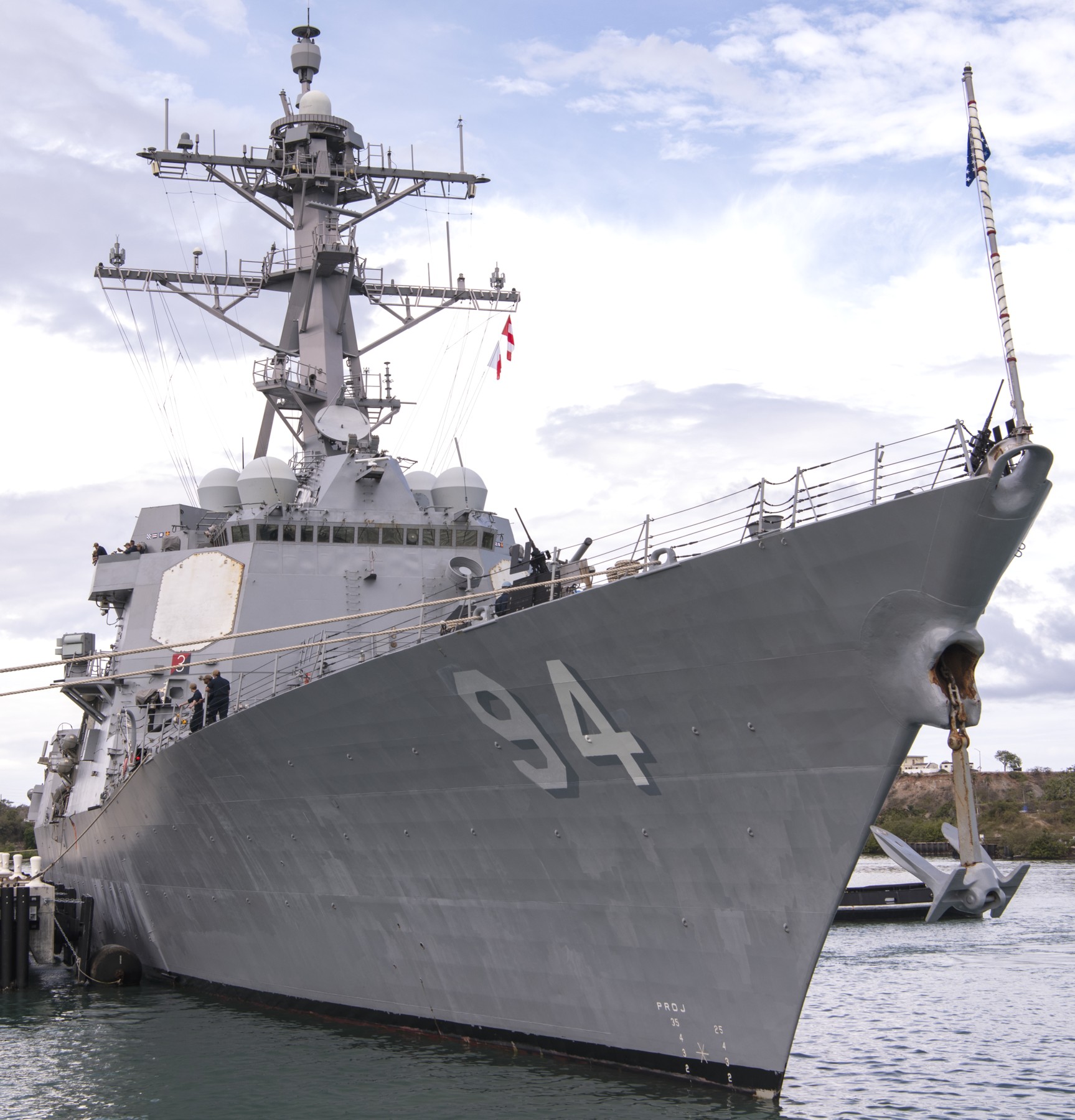 Naval Station Guantanamo Bay, Cuba - June 2020  Naval Station Guantanamo Bay, Cuba - June 2020 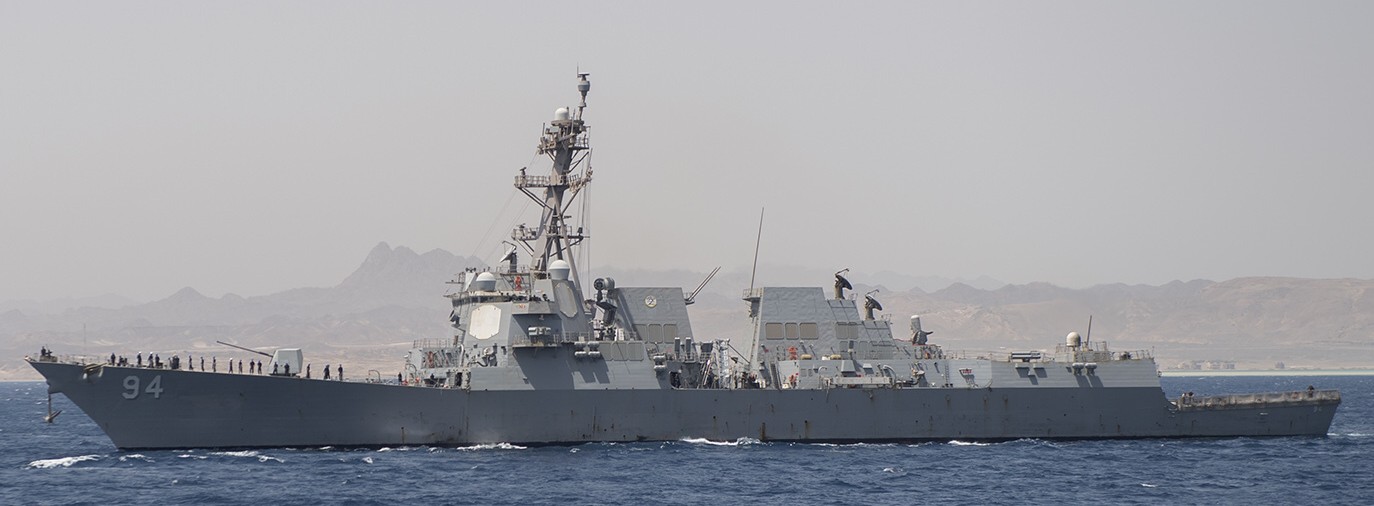 Safaga, Egypt - July 2019 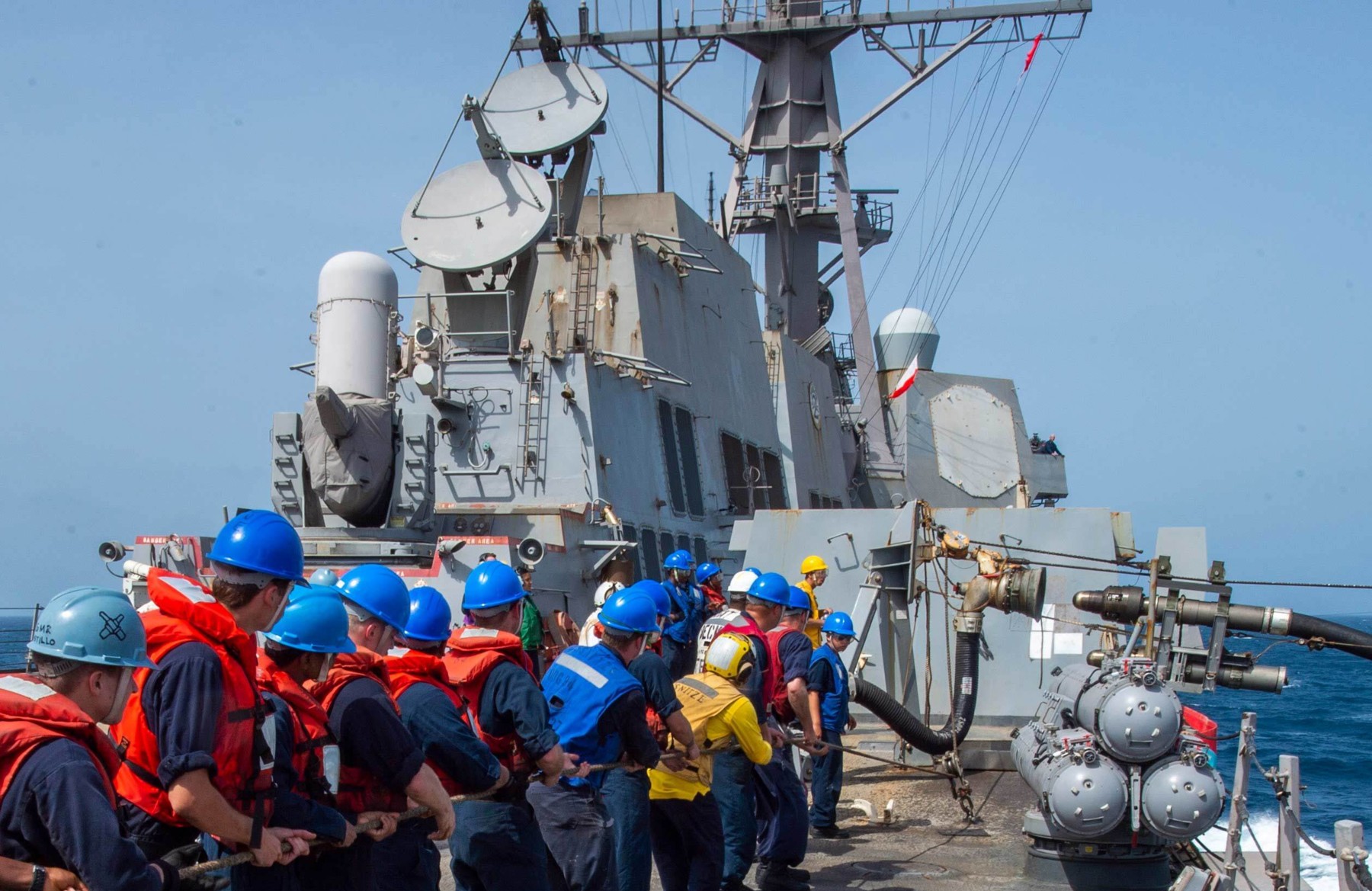 Gulf of Aden - June 2019  Red Sea - May 2019 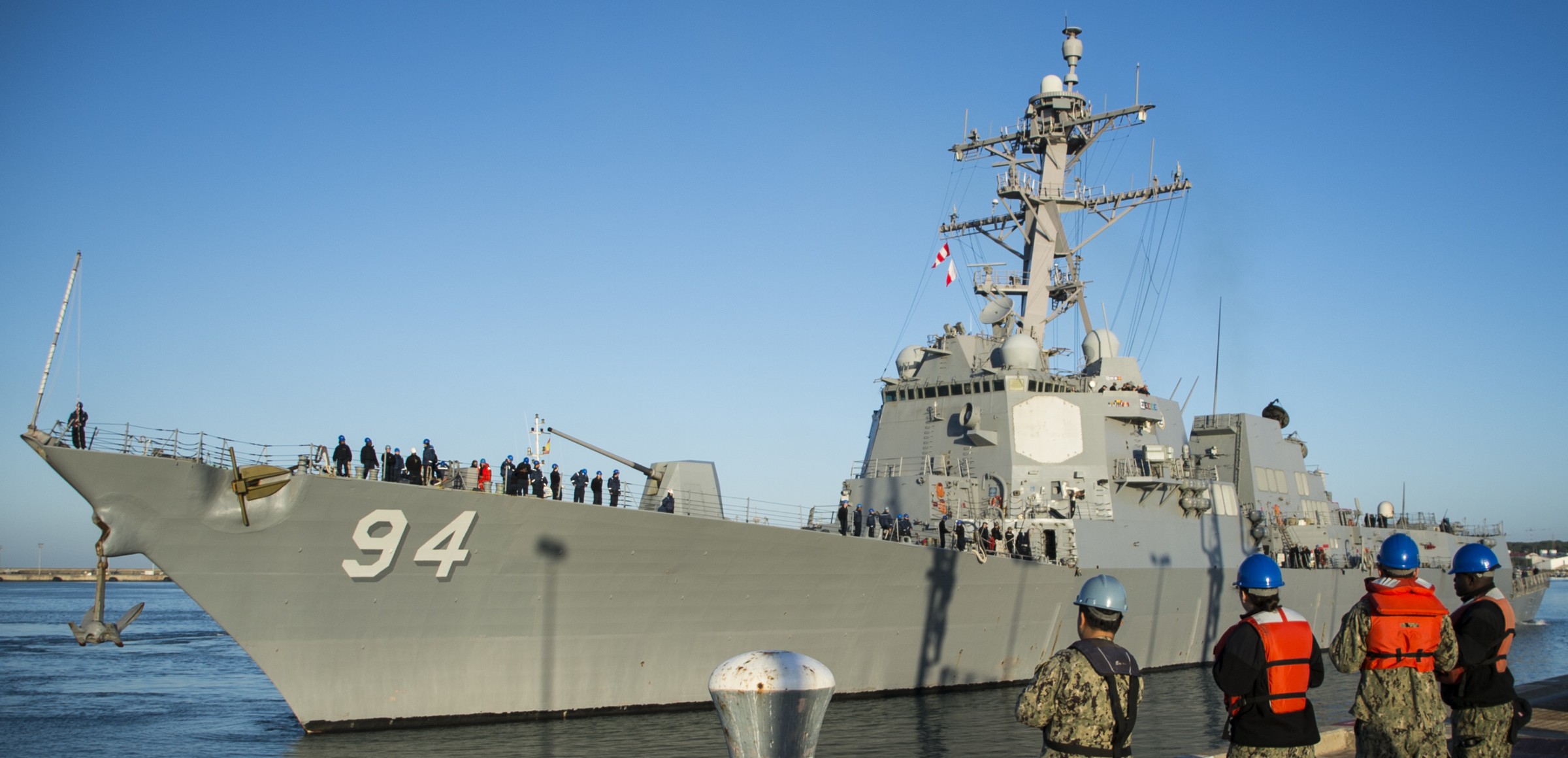 Naval Station Rota, Spain - April 2019 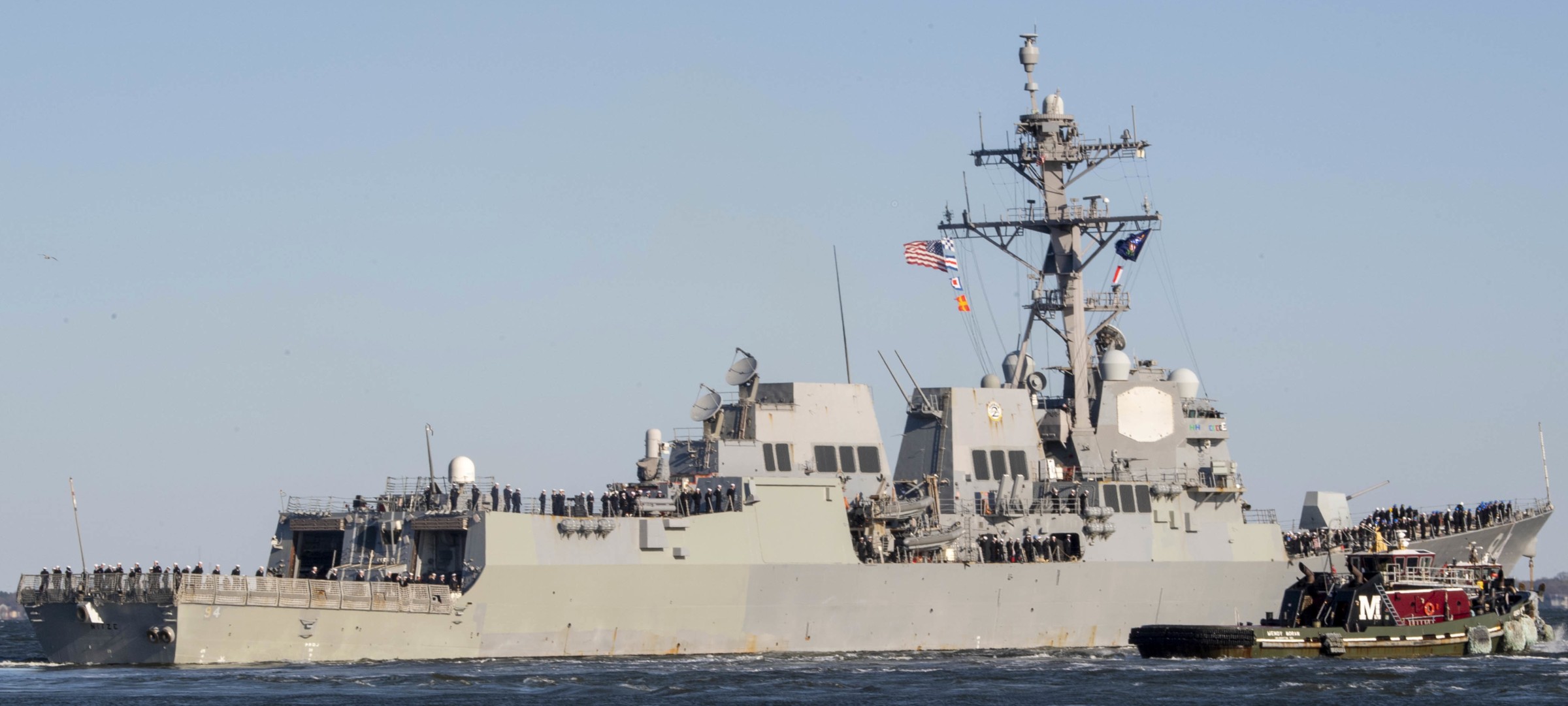 departing Naval Station Norfolk, Virginia - April 1, 2019 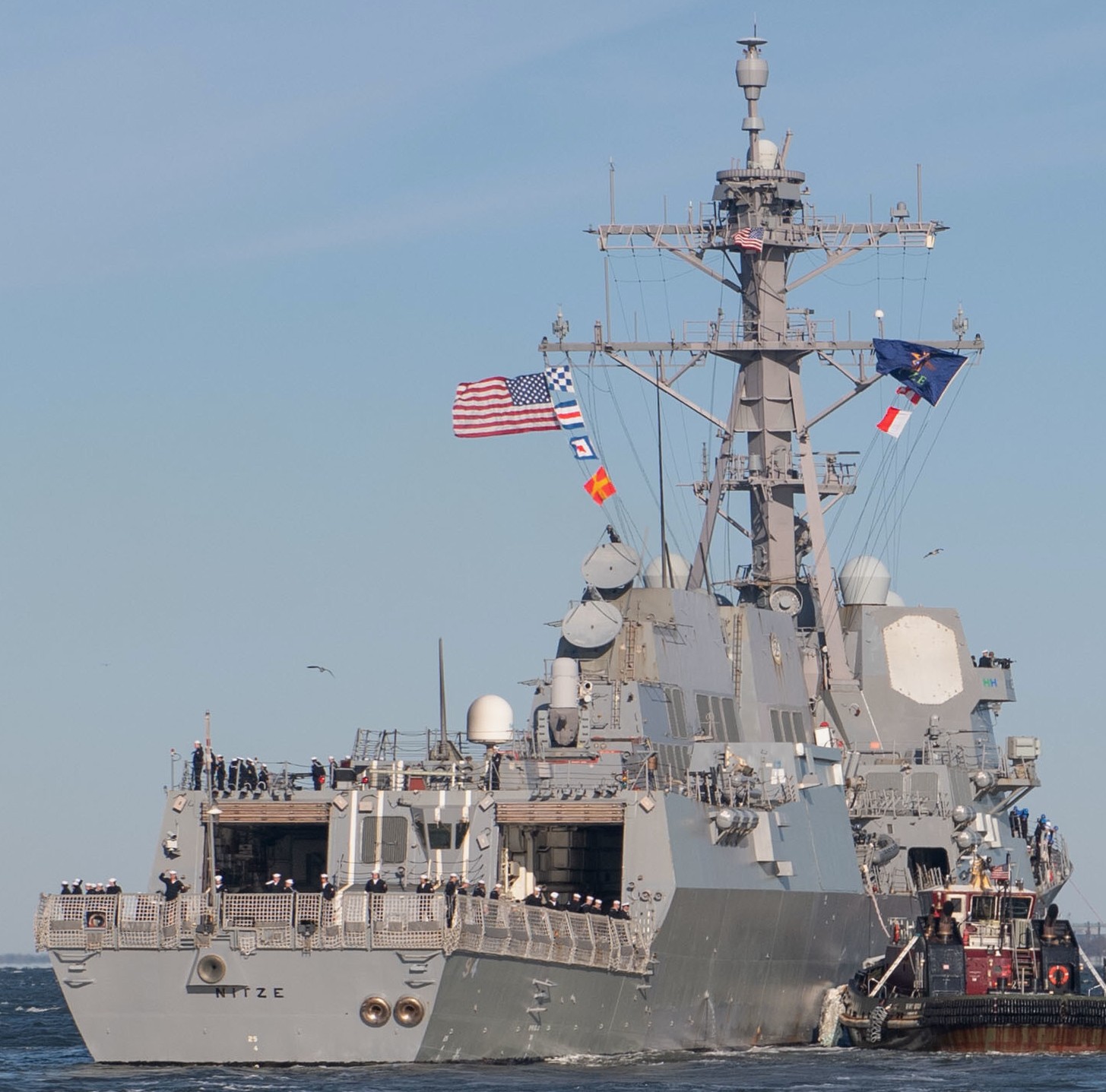 departing Naval Station Norfolk, Virginia - April 1, 2019 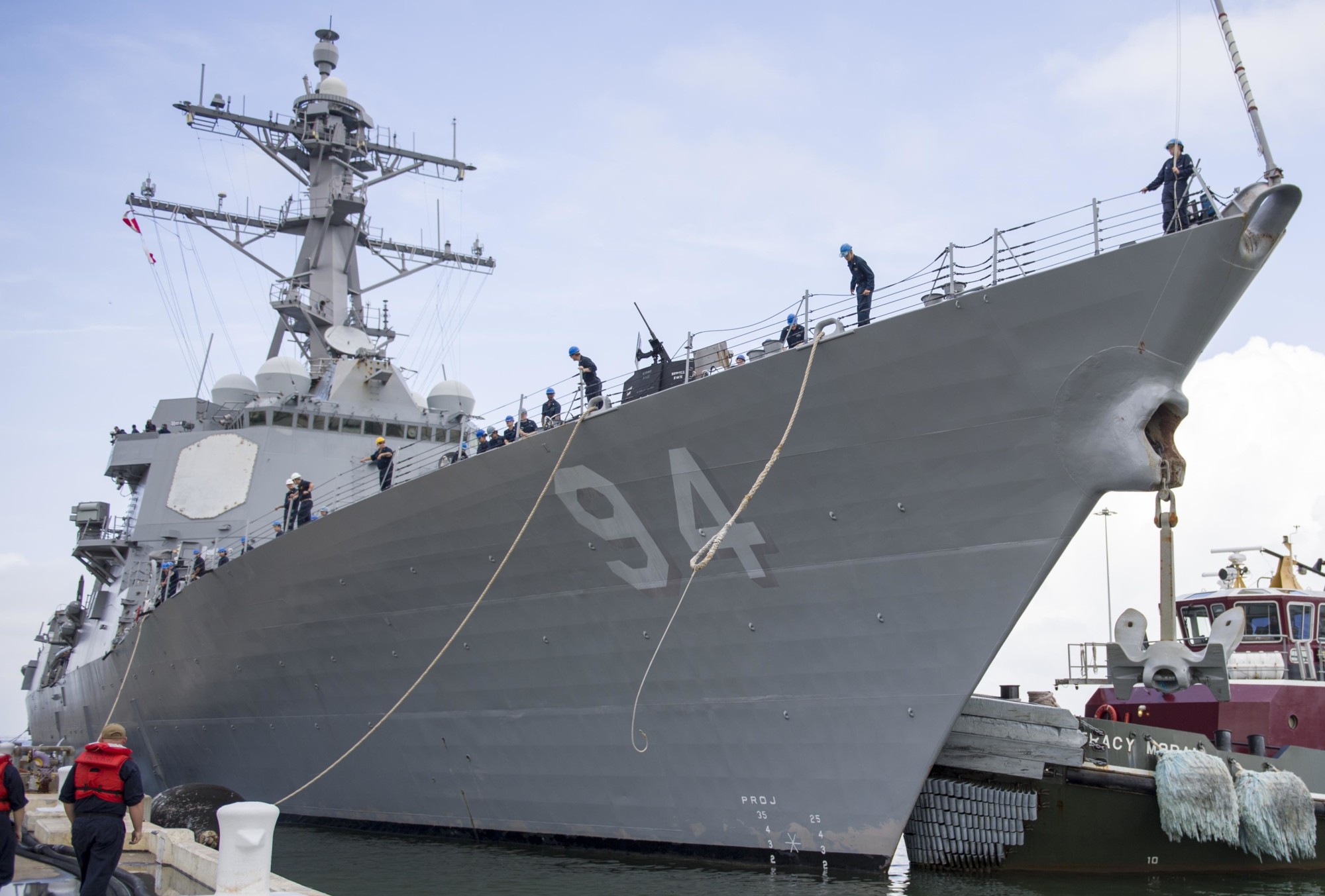 departing Naval Station Norfolk, Virginia in preparation of hurricane Florence - September 10, 2018  departing Naval Station Norfolk, Virginia in preparation of hurricane Florence - September 10, 2018 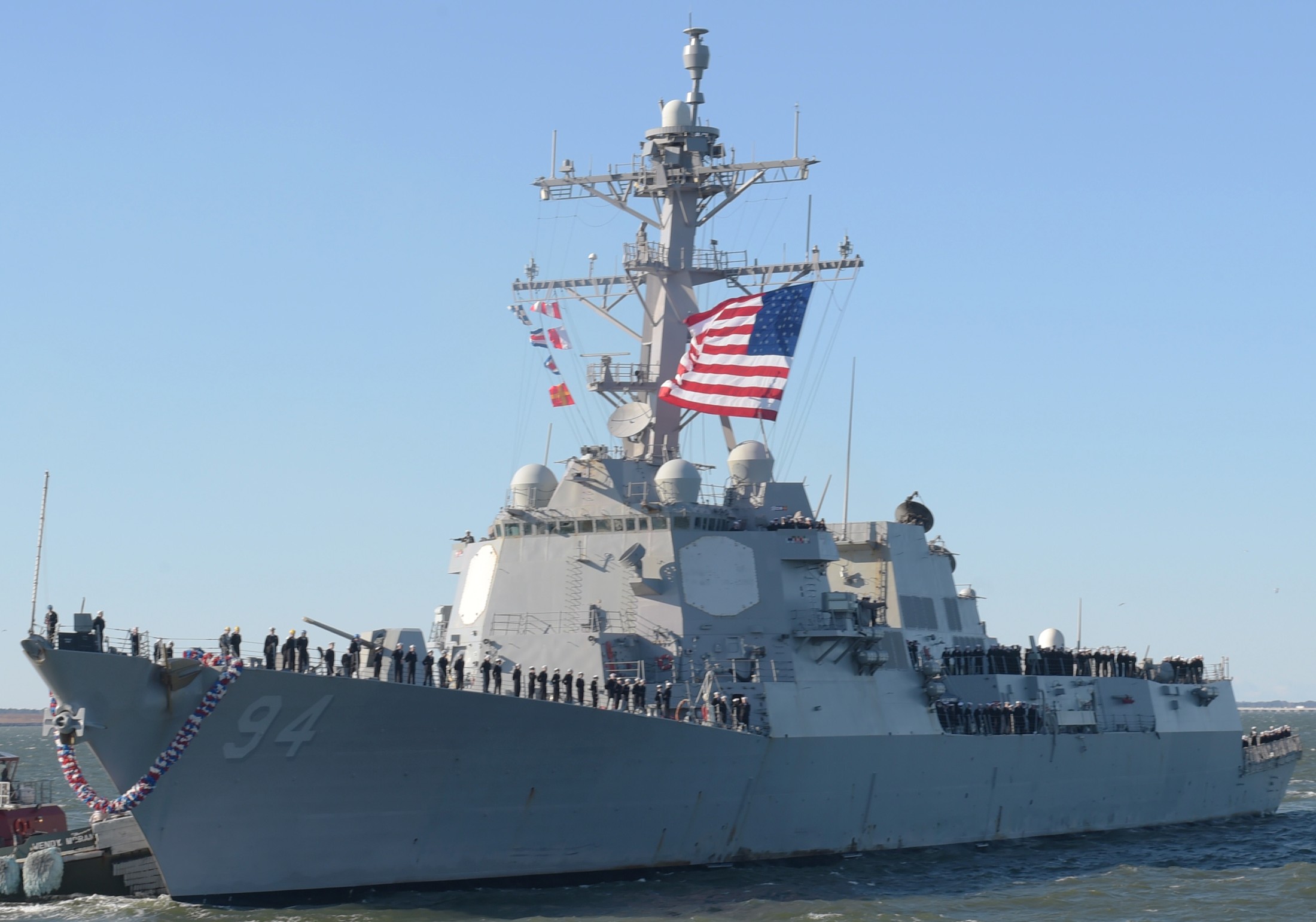 returning to Naval Station Norfolk, Virginia - December 30, 2016 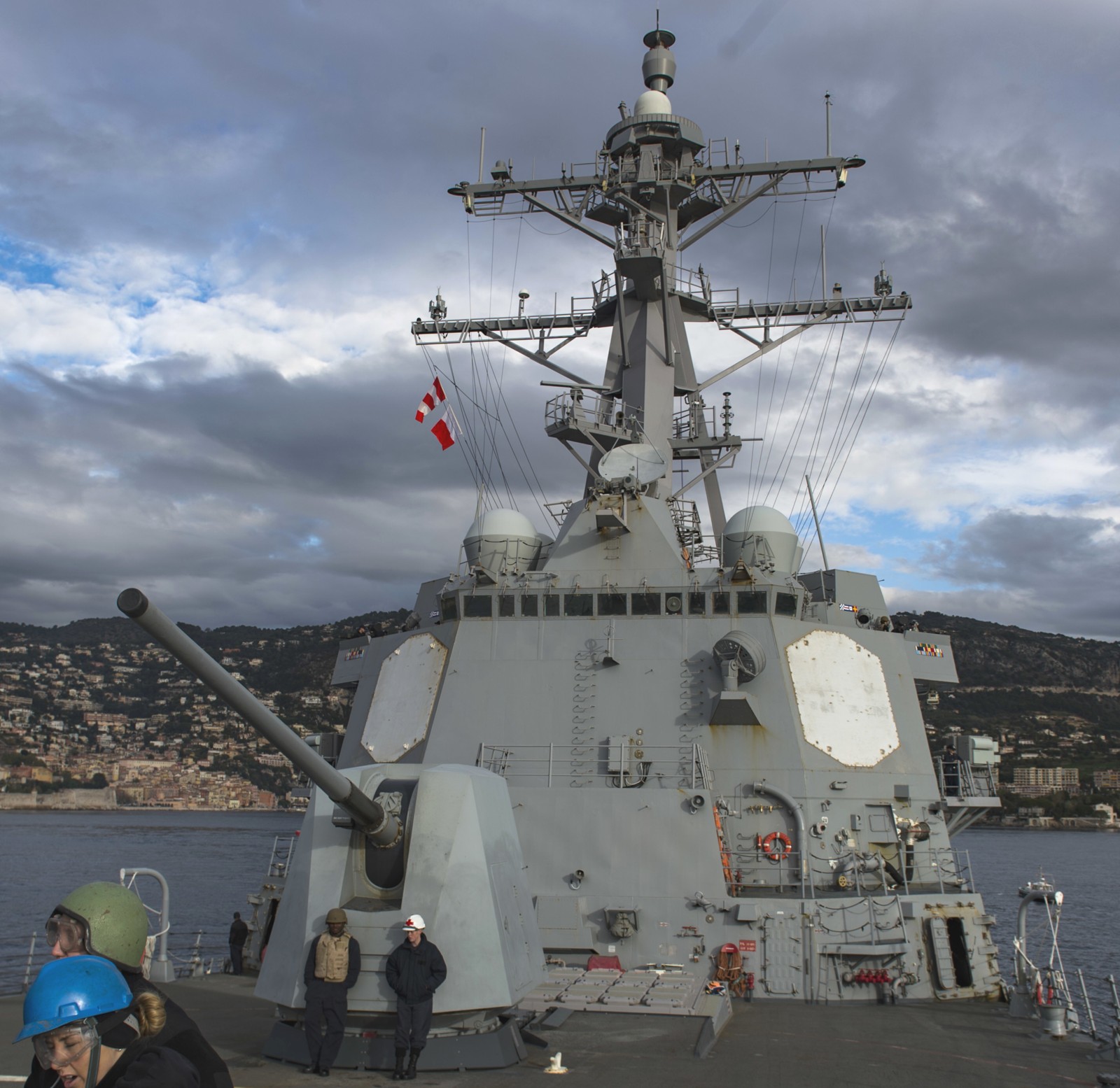 Villefranche, France - December 2016 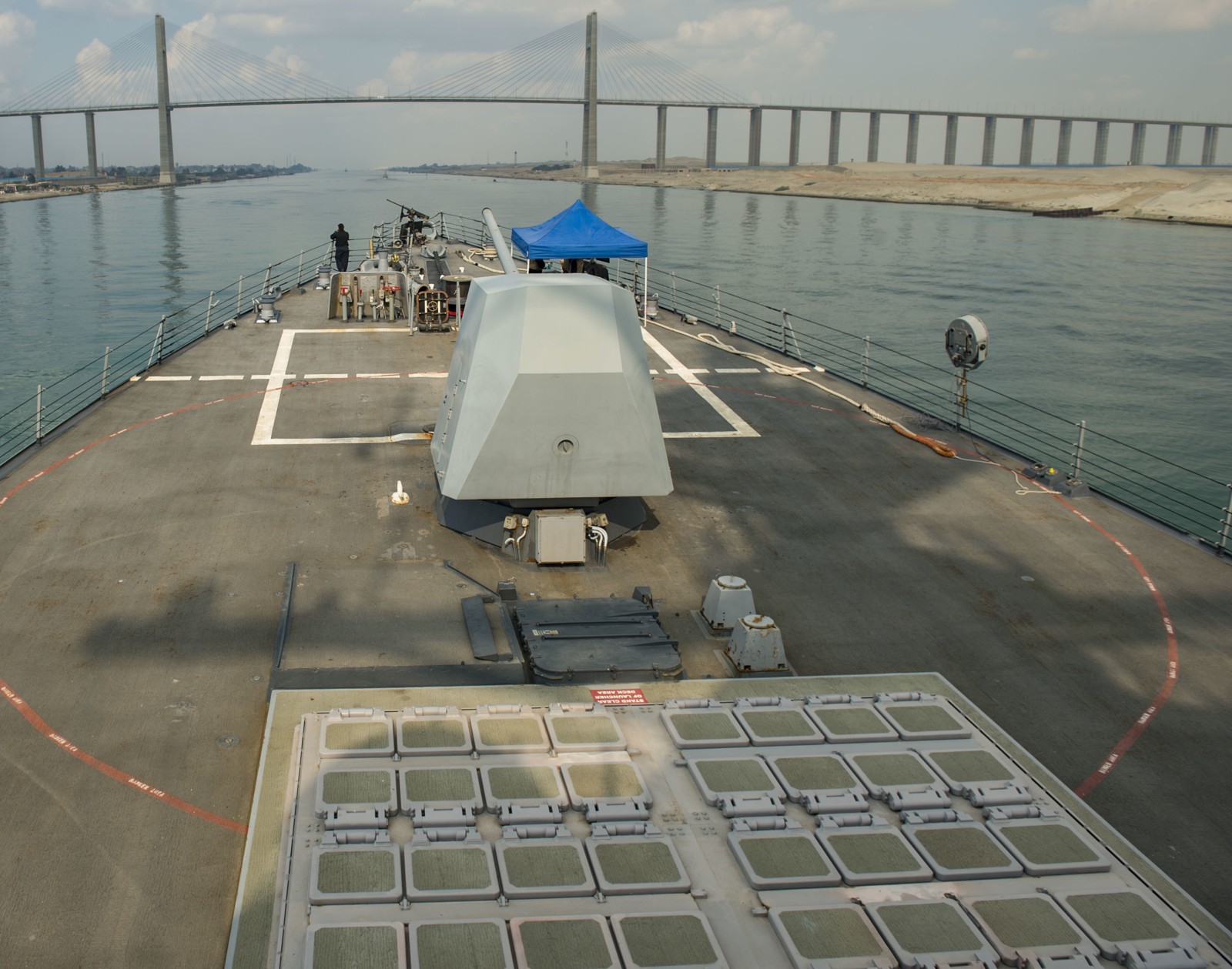 Suez Canal - December 2016 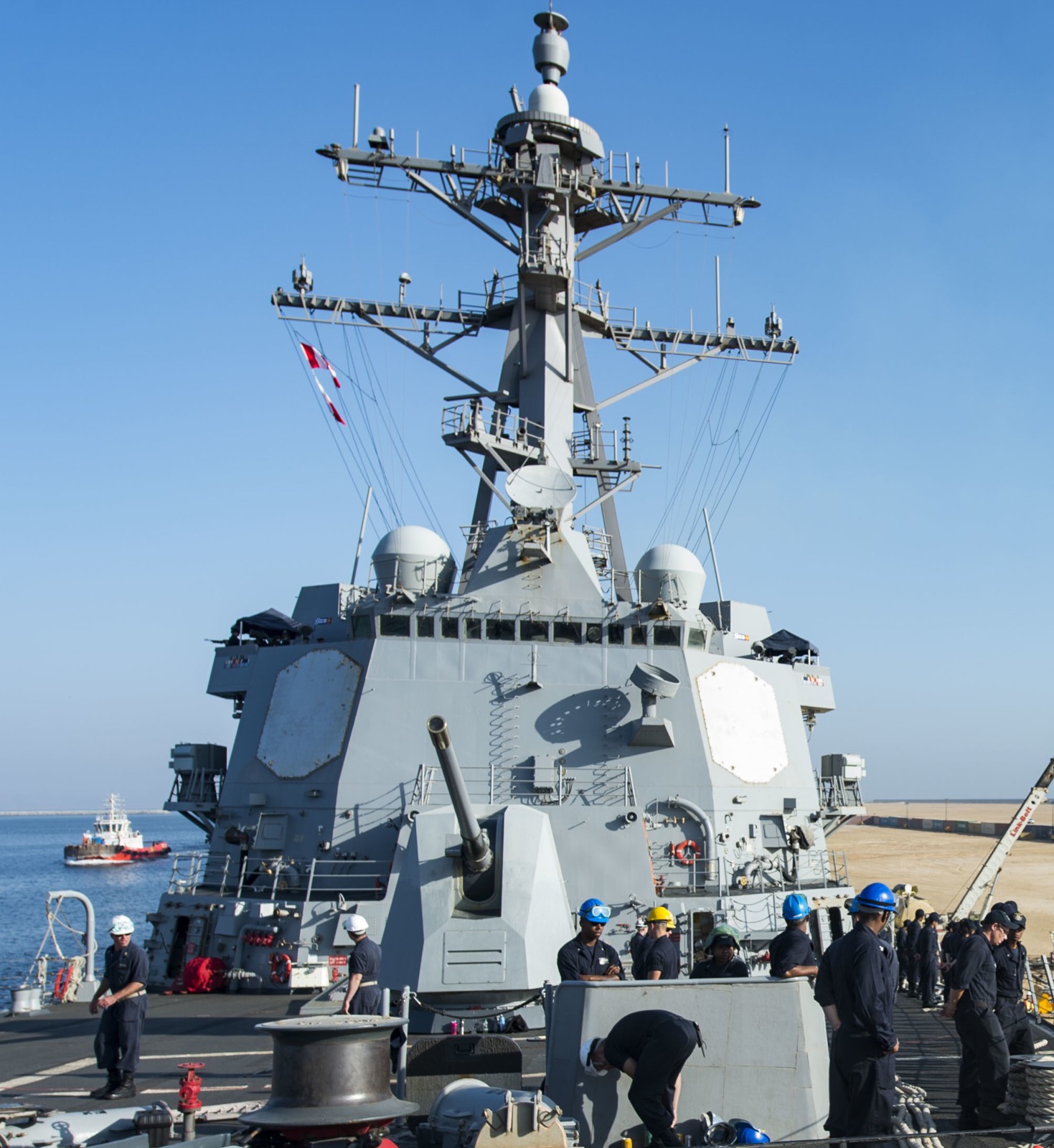 Duqm, Oman - November 2016  Arabian Sea - November 2016 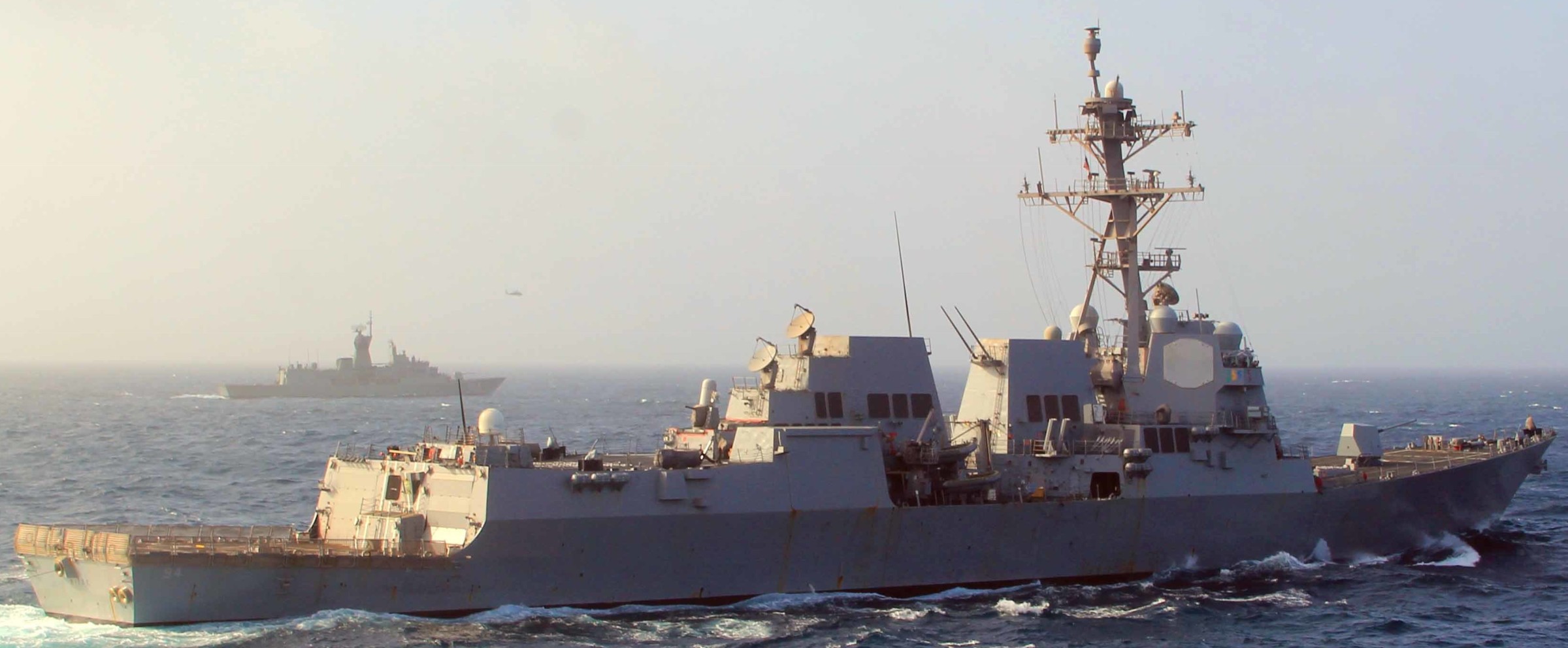 Arabian Sea - August 2016 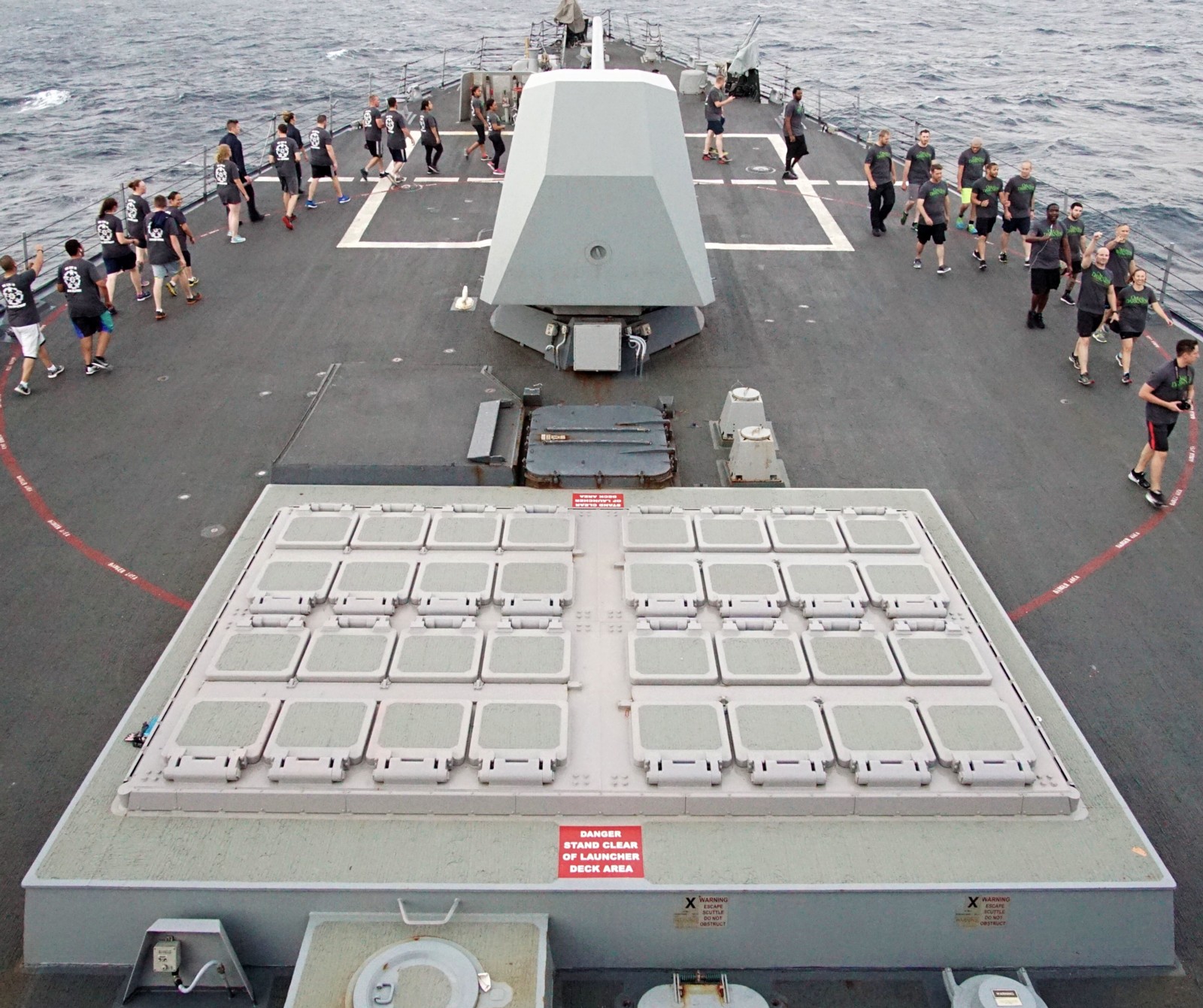 forward Mk.41 vertical launching system (VLS), 32-cells - Gulf of Oman - August 2016 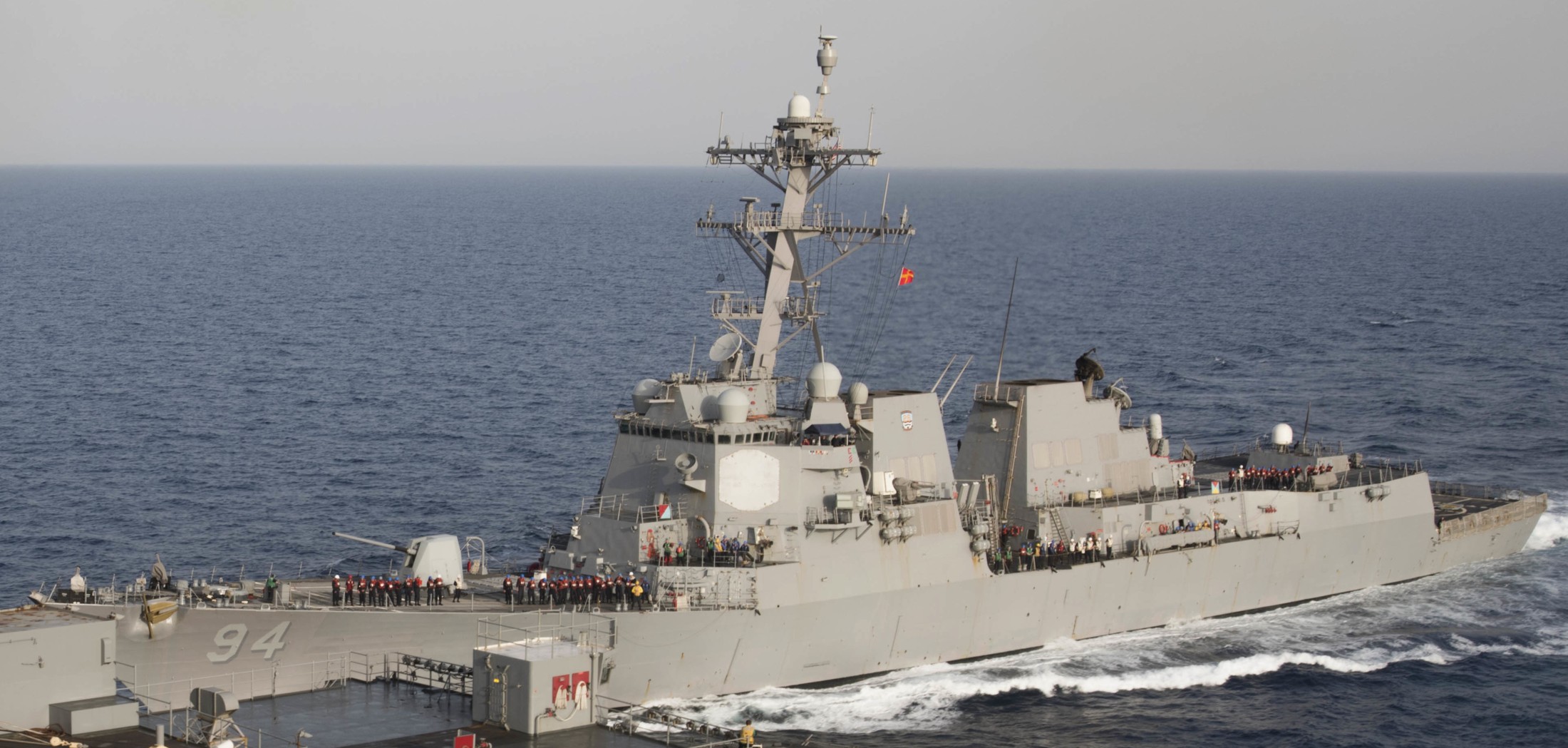 Red Sea - July 2016 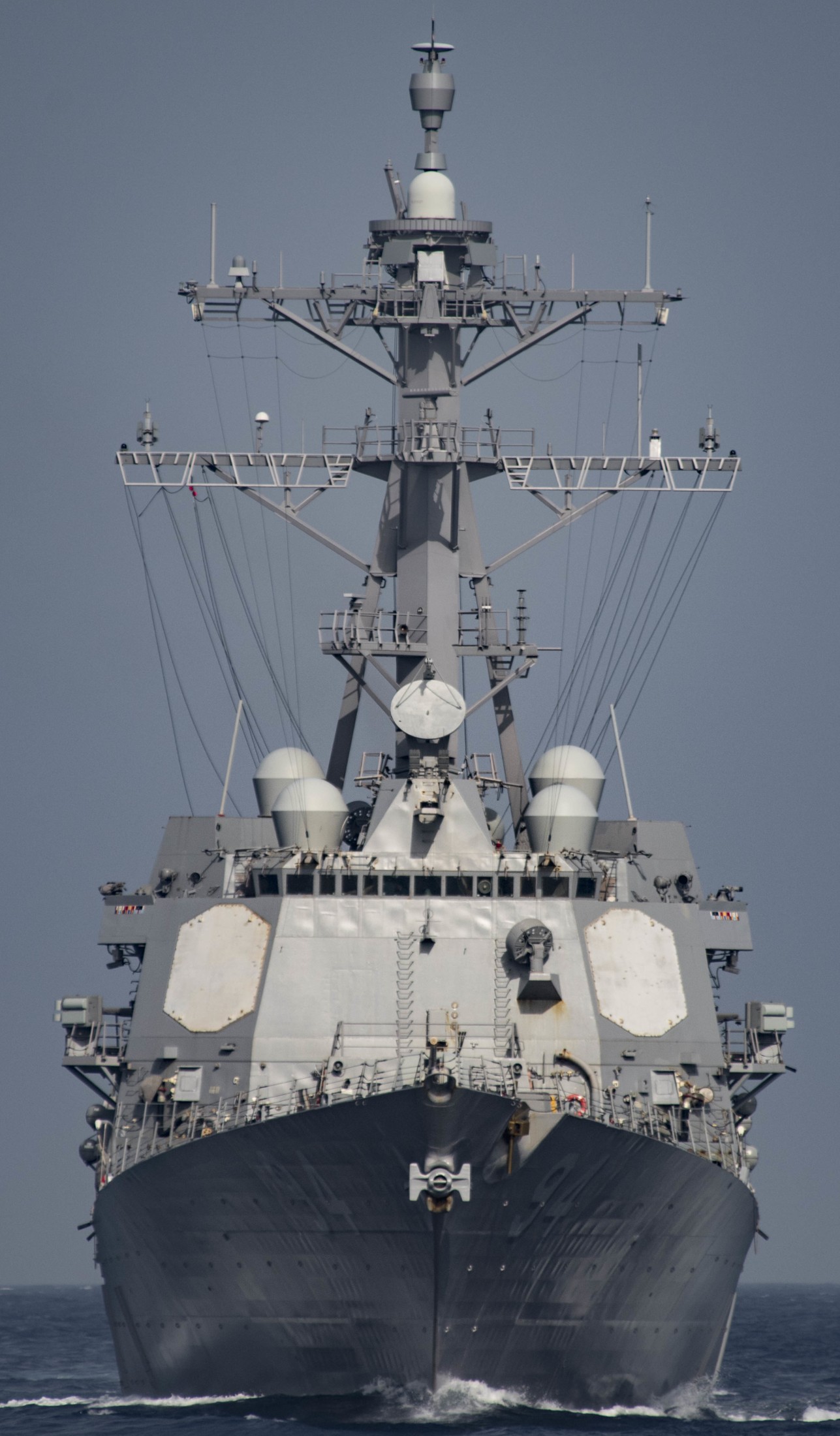 Mediterranean Sea - June 2016 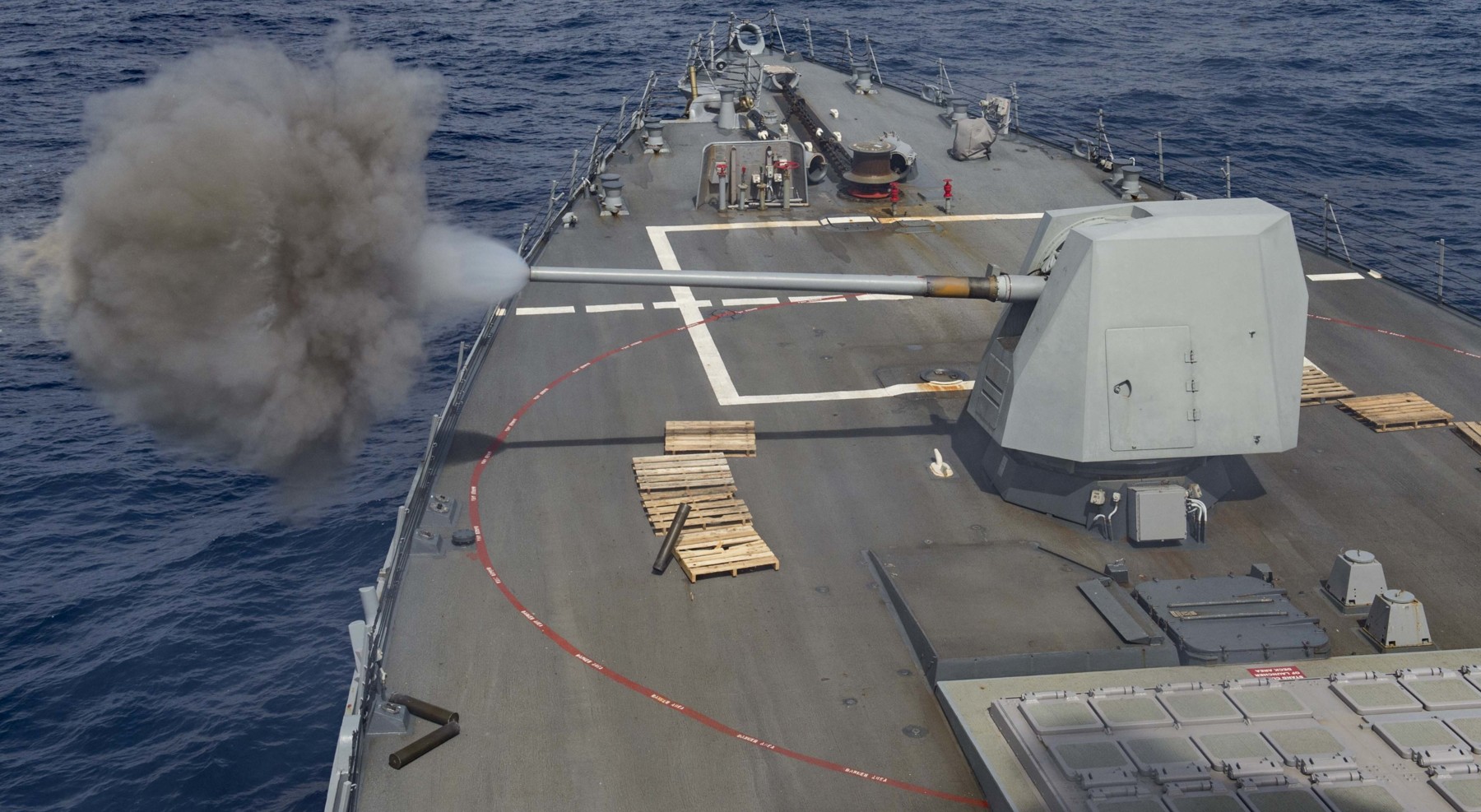 Mk.45 Mod.4 gun fire - Atlantic Ocean - June 2016 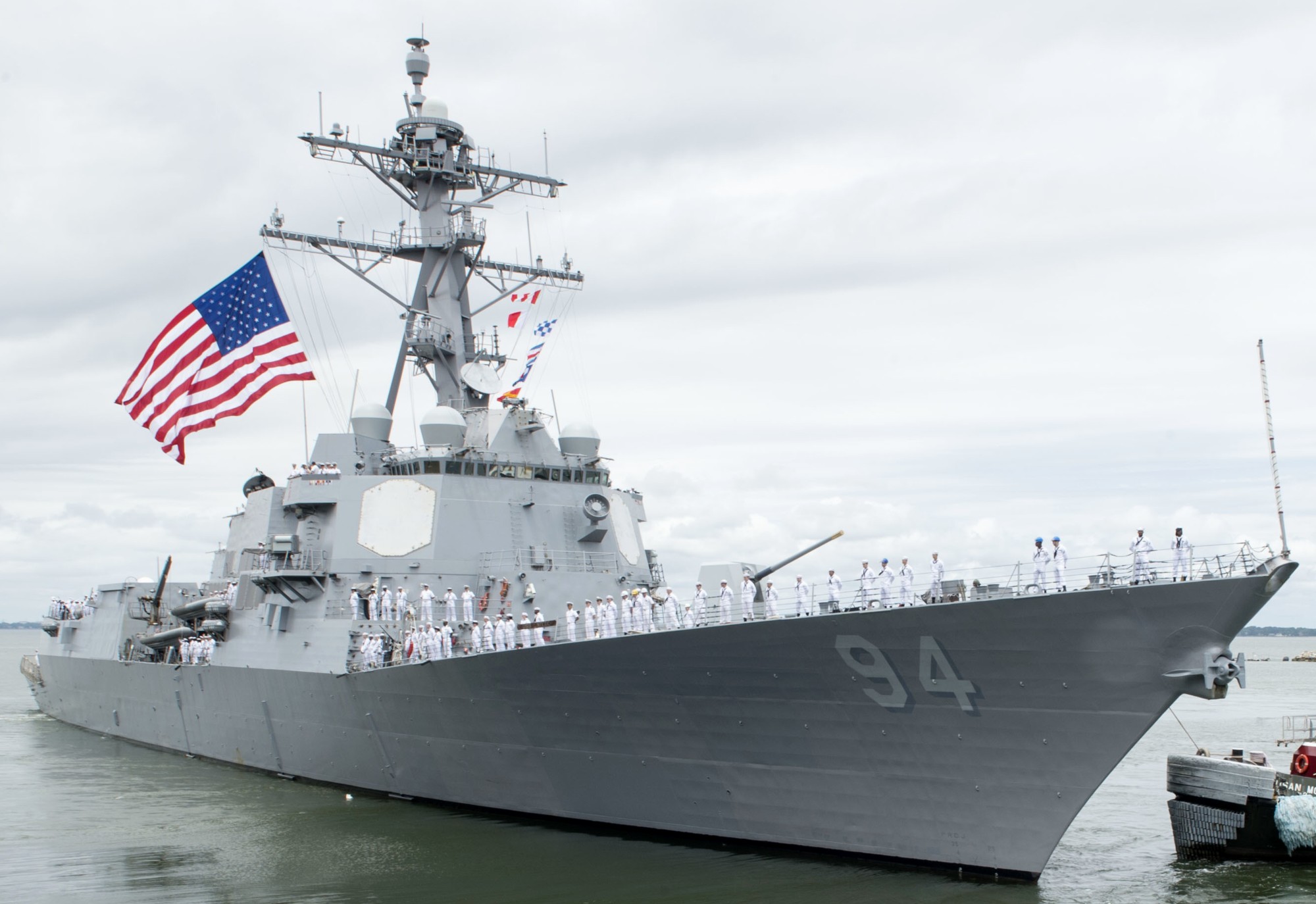 departing Naval Station Norfolk, Virginia - June 1, 2016  departing Naval Station Norfolk, Virginia - June 1, 2016  firing a Standard Missile SM-2 (left is USS Stout, DDG 55) - Atlantic Ocean - March 2016 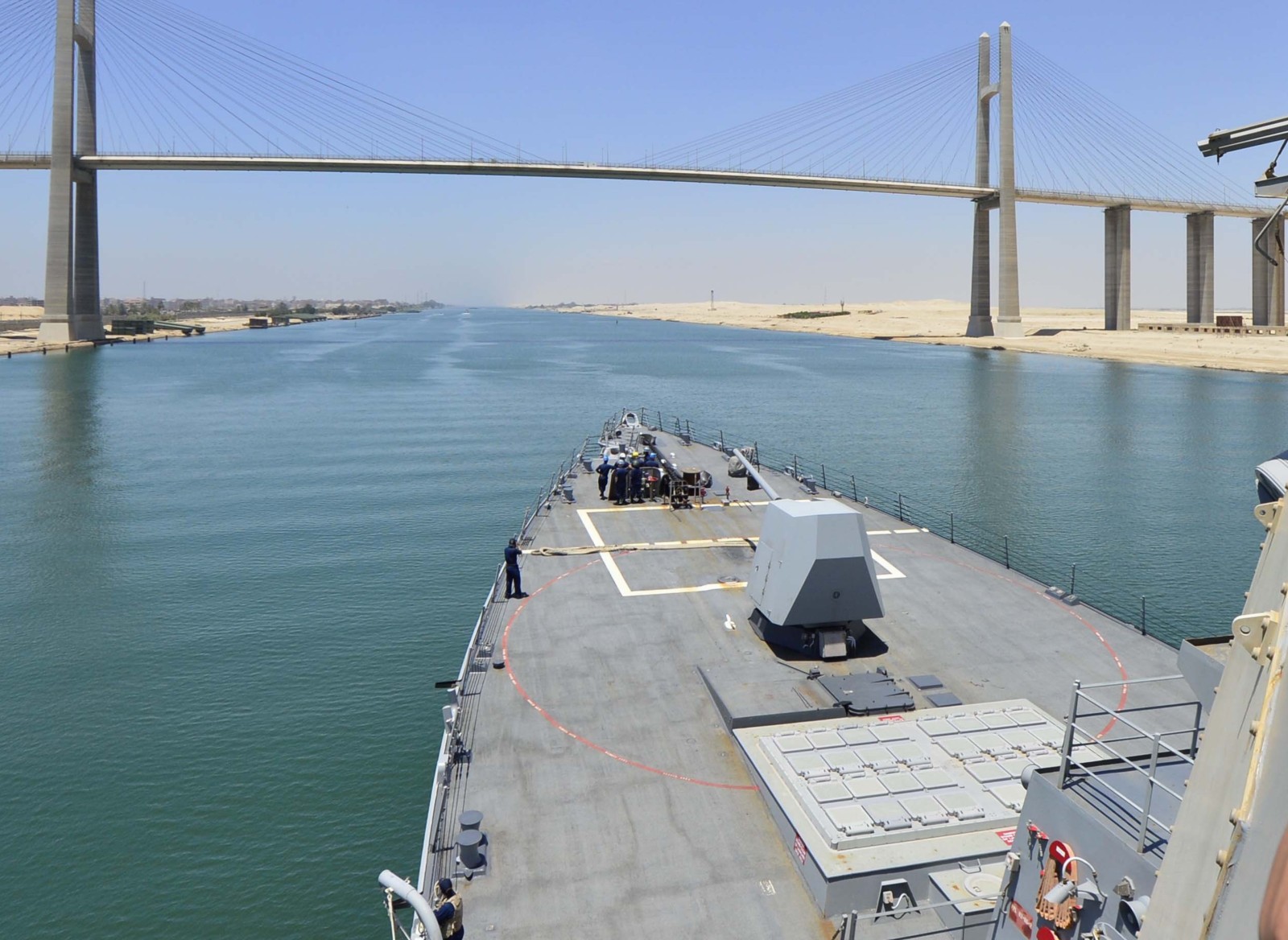 Suez Canal - June 2014 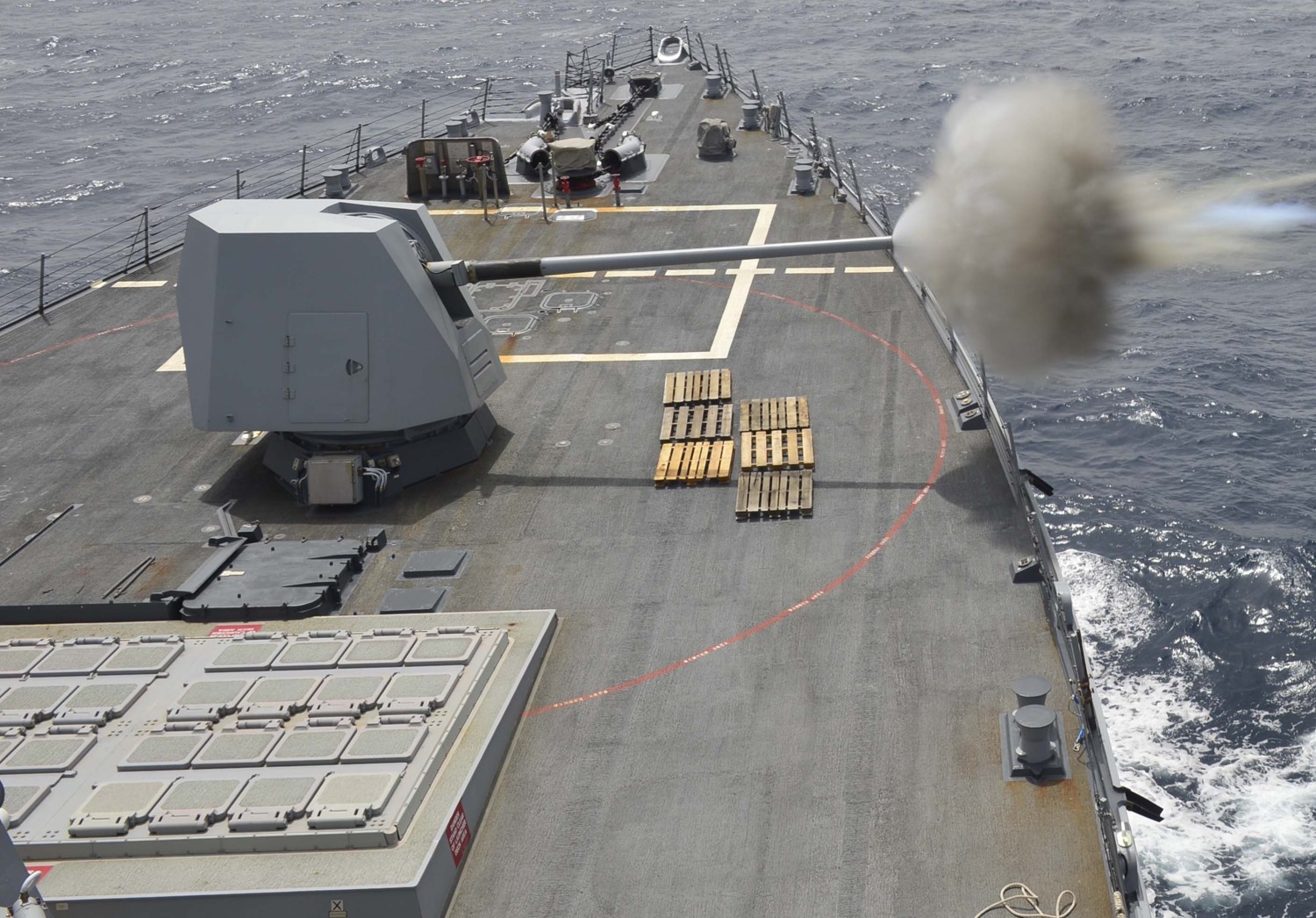 Mk.45 Mod.4 gun fire - Indian Oean - June 2014 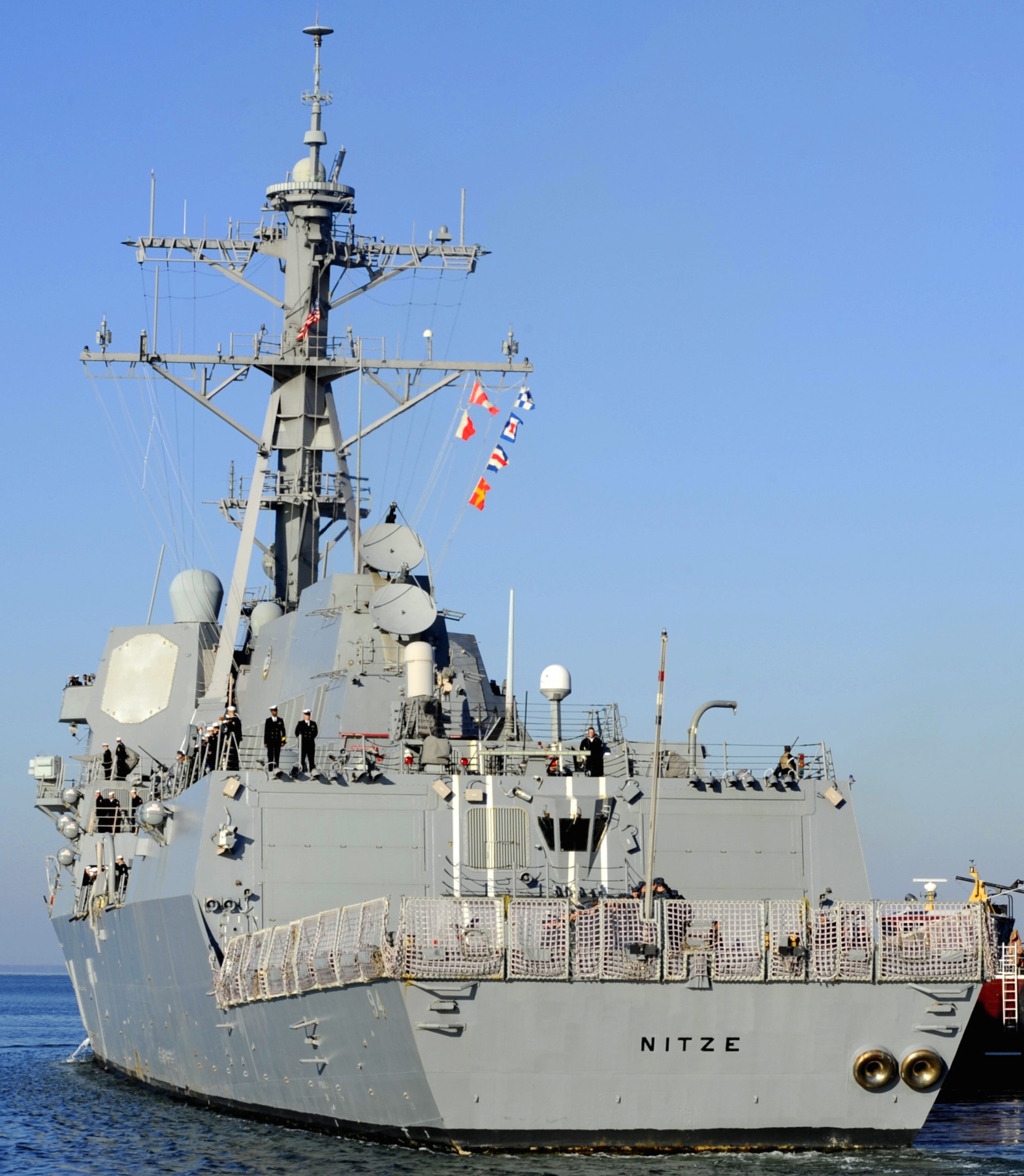 departing Naval Station Norfolk, Virginia - November 29, 2013 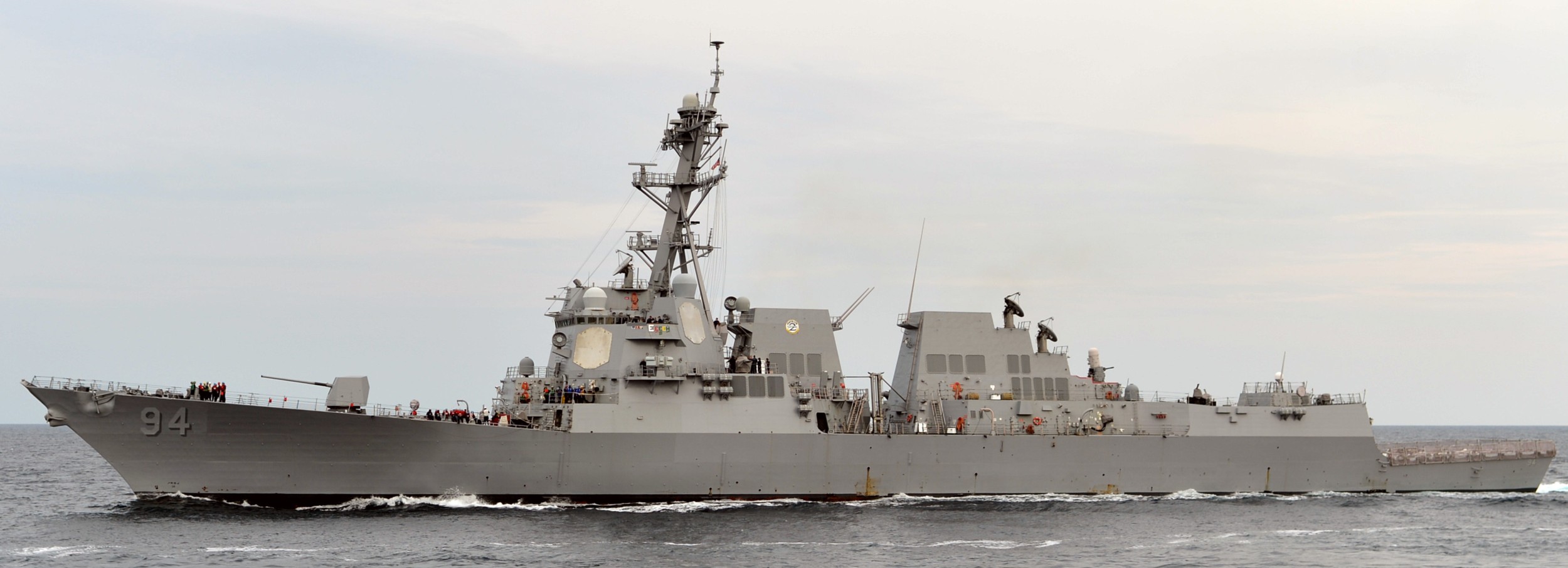 Atlantic Ocean - August 2013 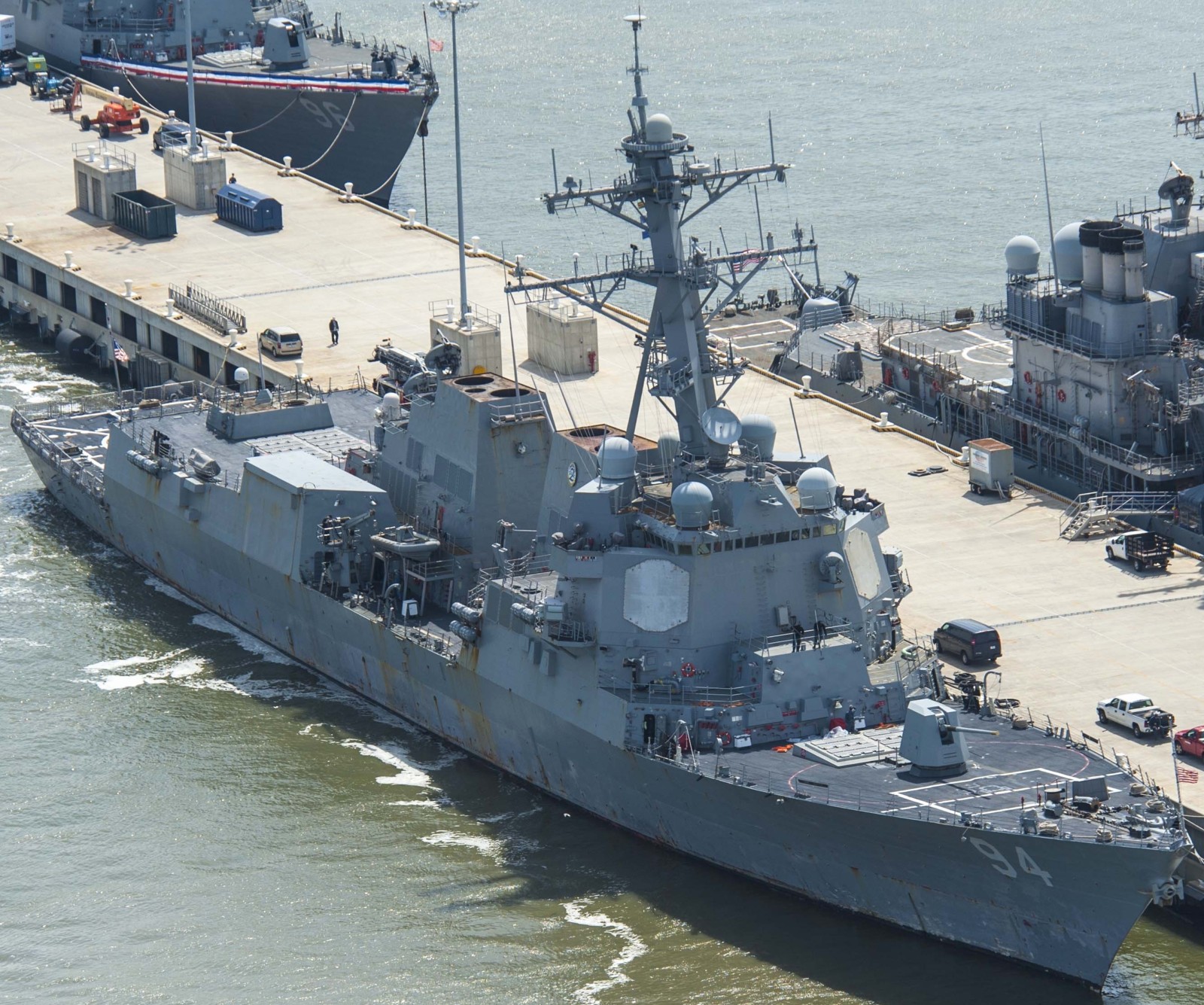 Naval Station Norfolk, Virginia - April 2013 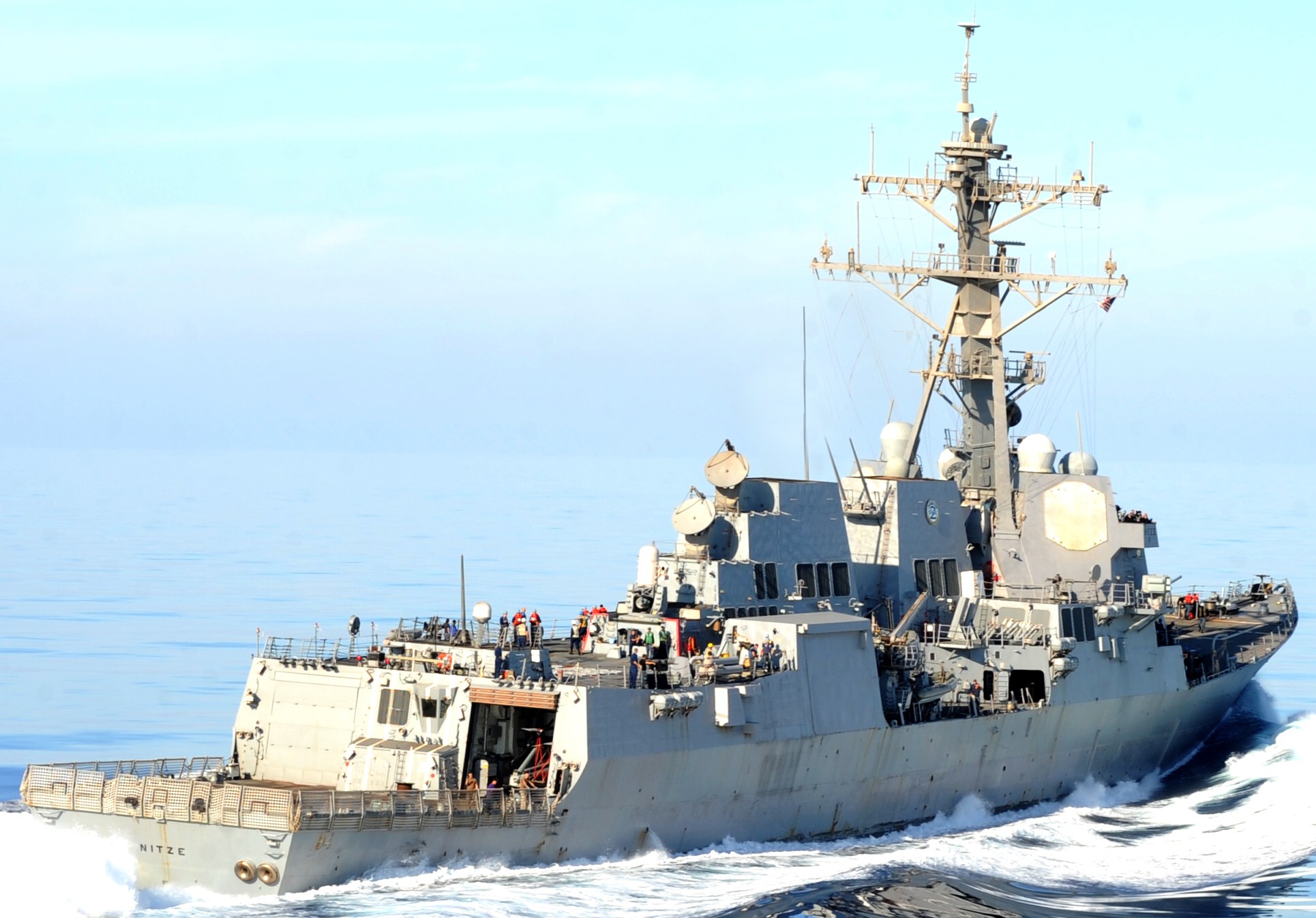 Mediterranean Sea - October 2012  5th Fleet AOR - August 2012 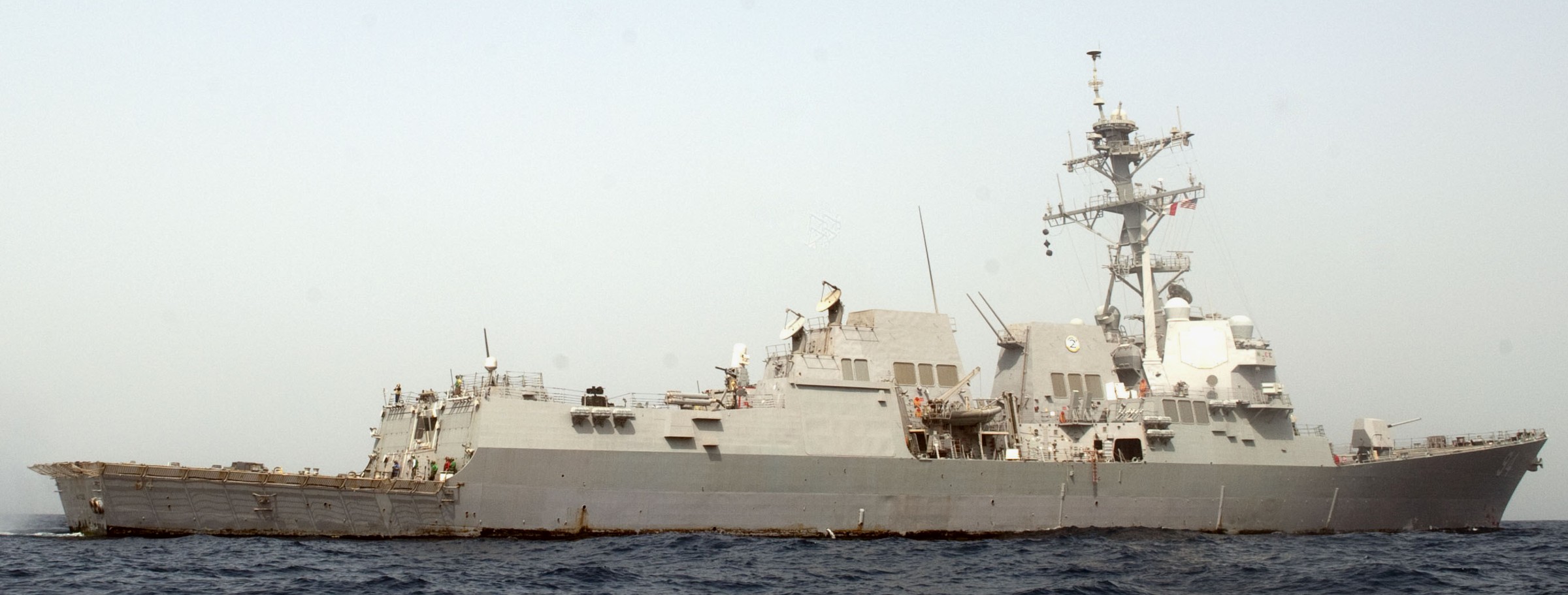 5th Fleet AOR - August 2012 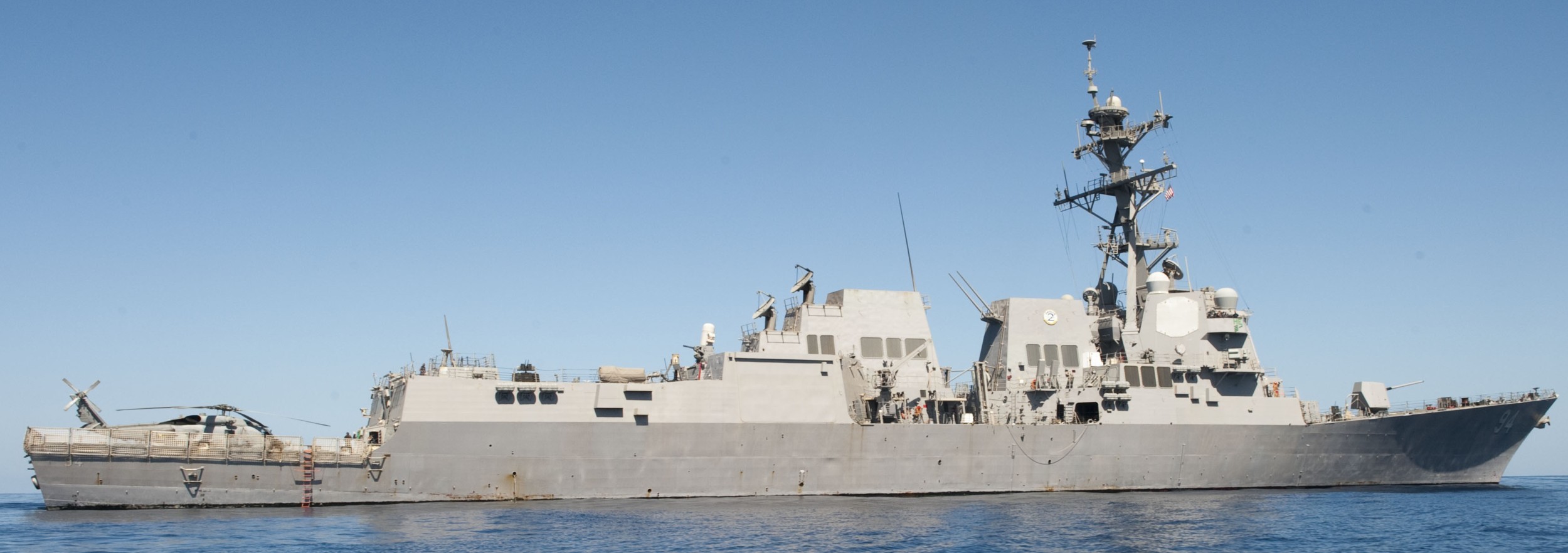 Arabian Sea - April 2012  Atlantic Ocean - March 2012 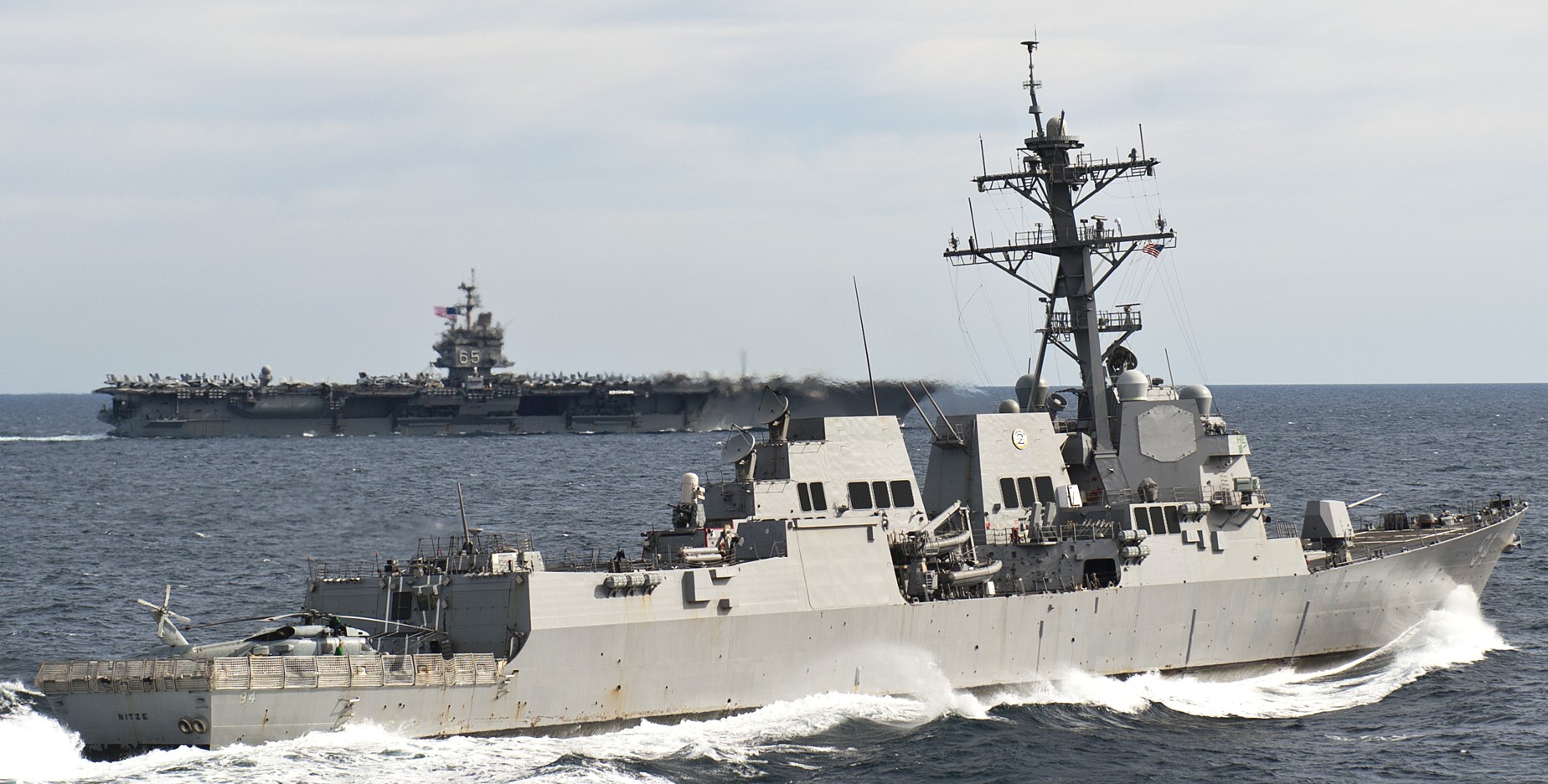 Atlantic Ocean - March 2012 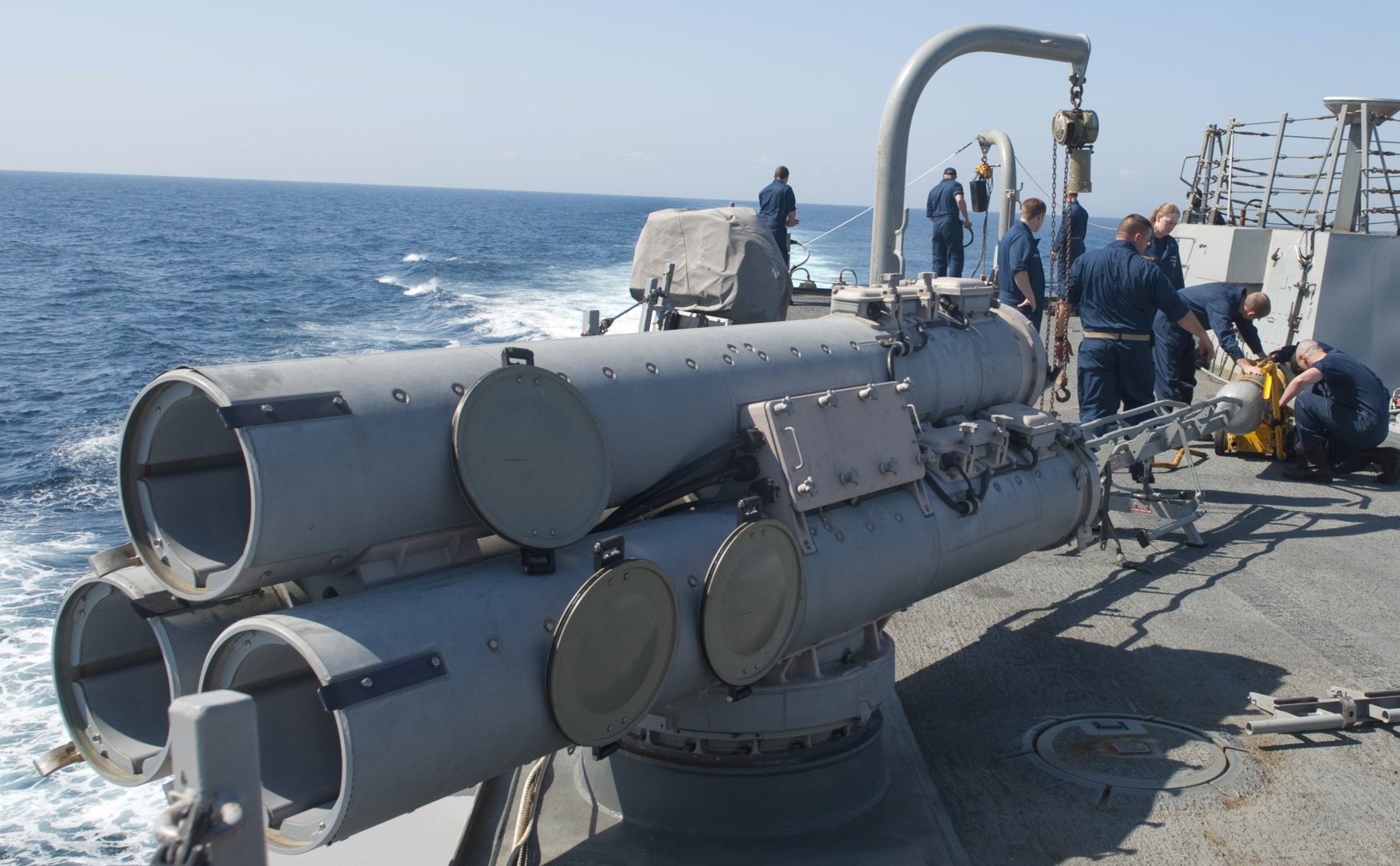 Mk.32 torpedo tubes exercise - Atlantic Ocean - March 2012  Mk.32 torpedo tubes exercise - Atlantic Ocean - July 2011 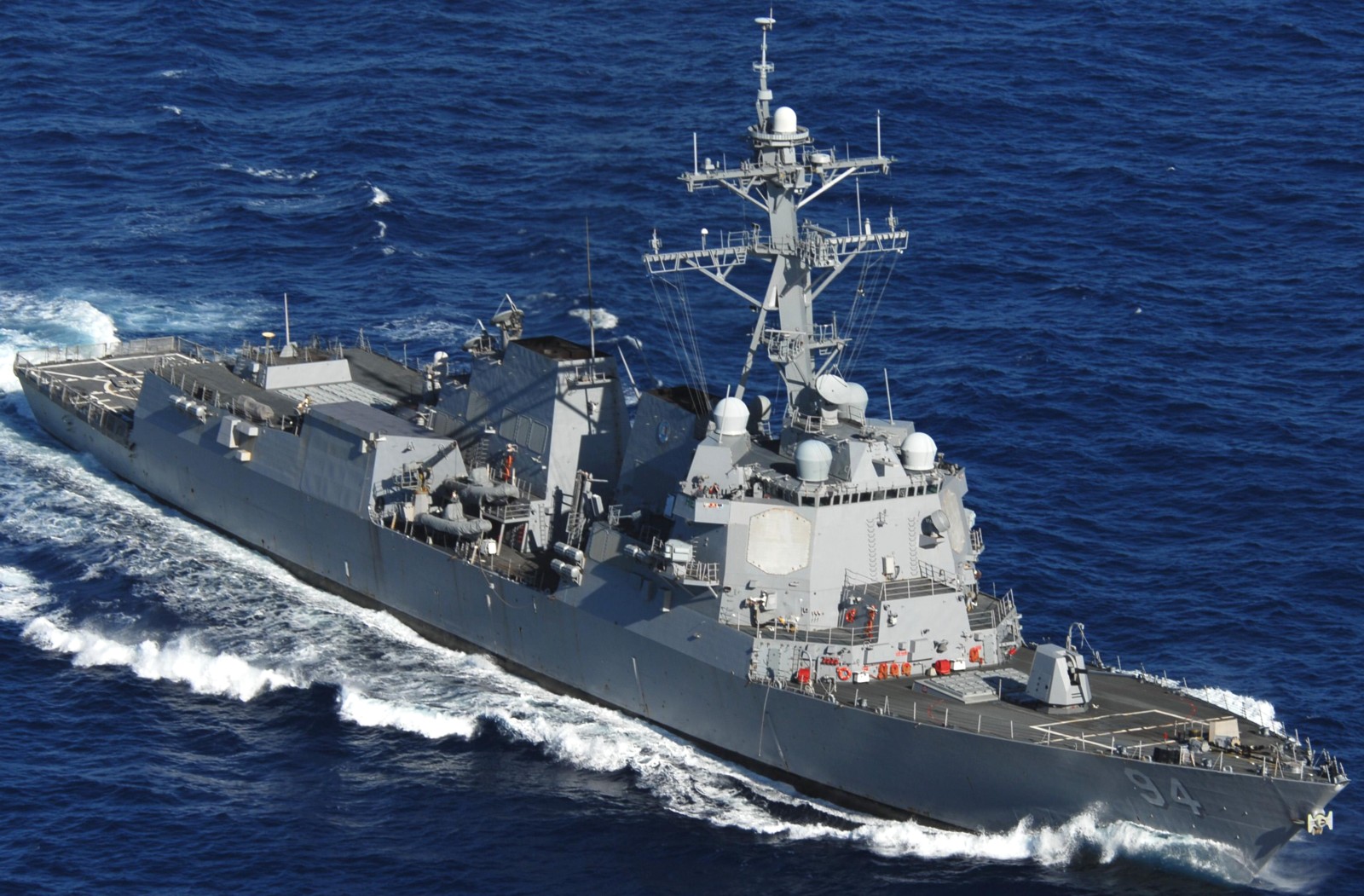 Atlantic Ocean - April 2011 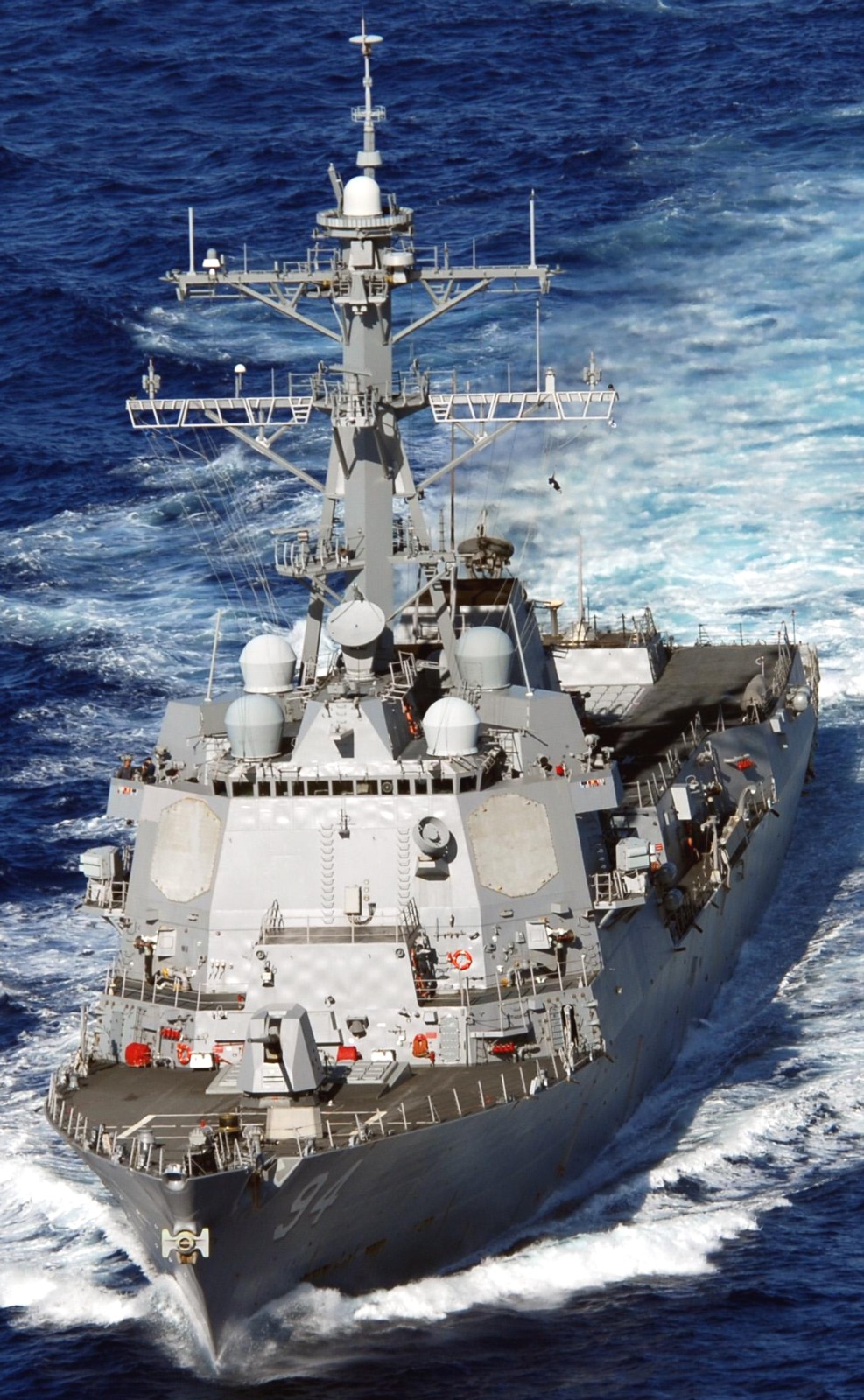 Atlantic Ocean - April 2011 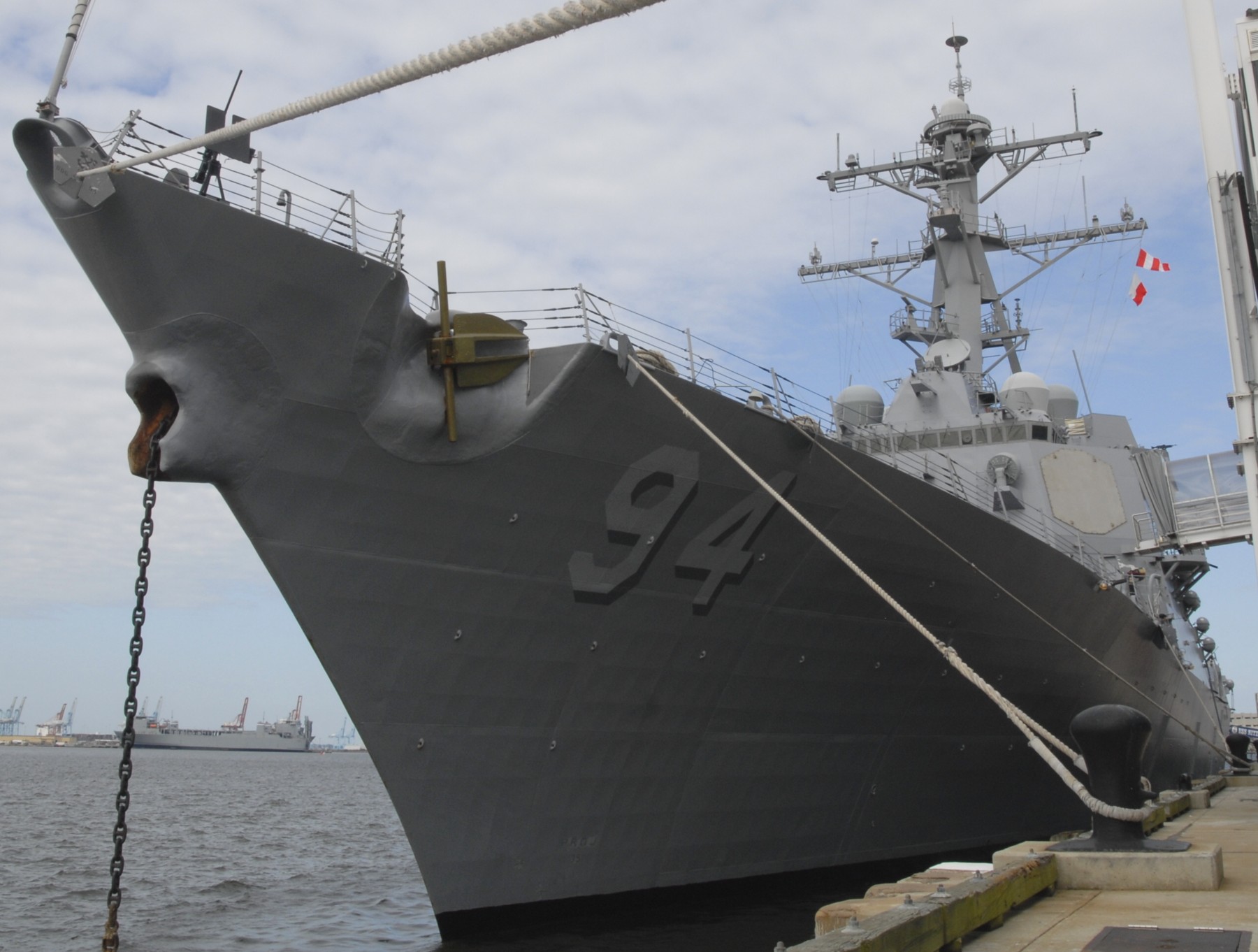 Fleet Week Hampton Roads, Virginia - October 2009 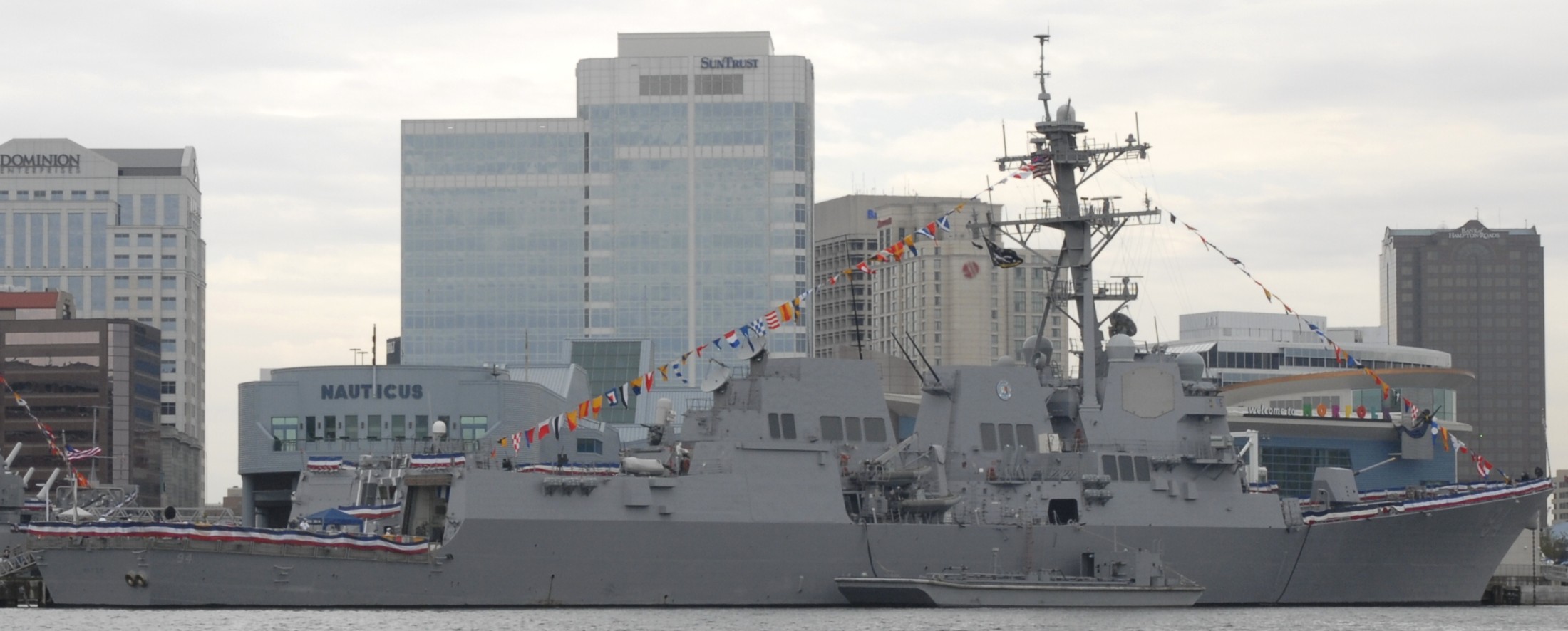 Fleet Week Hampton Roads, Virginia - October 2009  combat information center (CIC) - July 2009 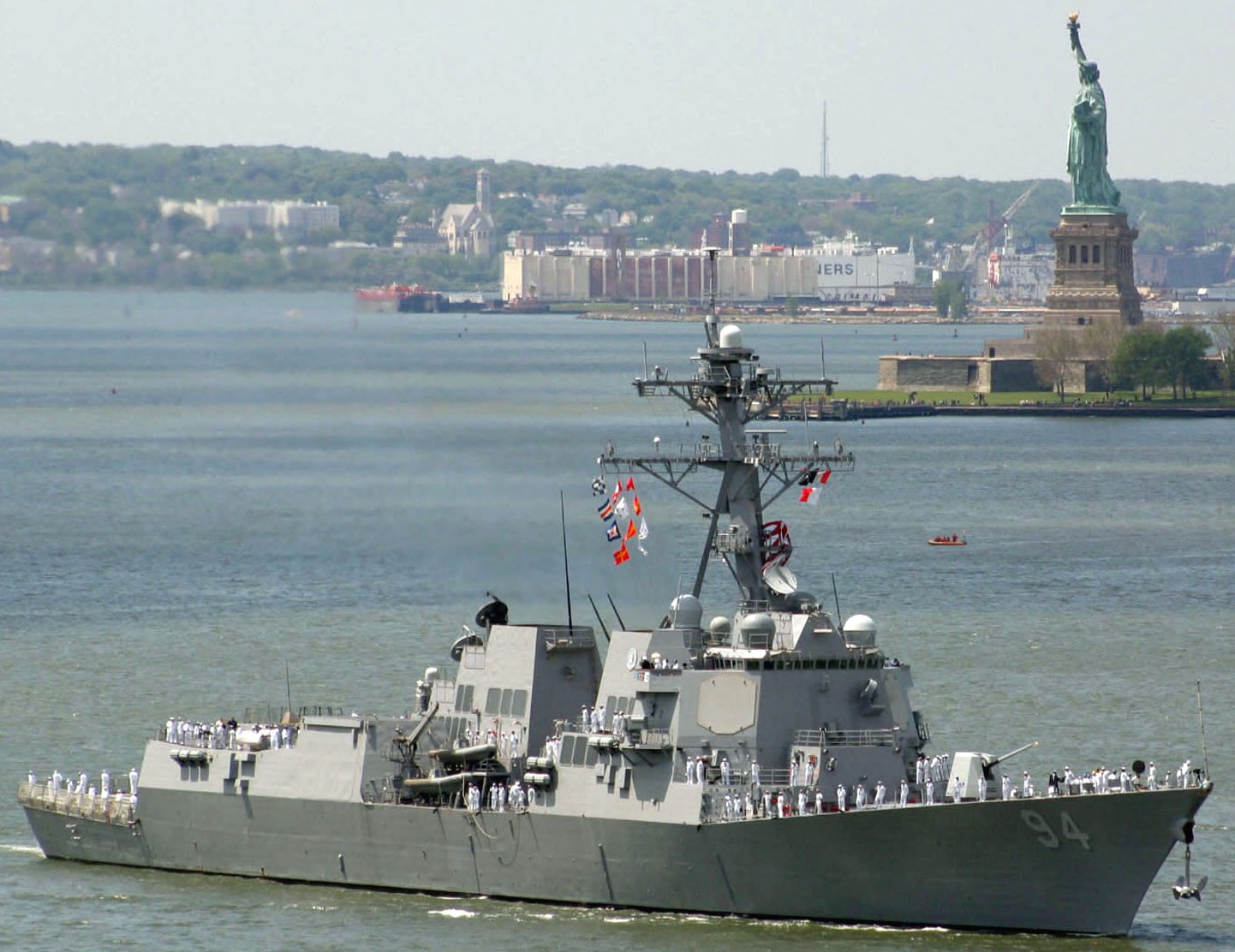 Fleet Week New York - May 2008 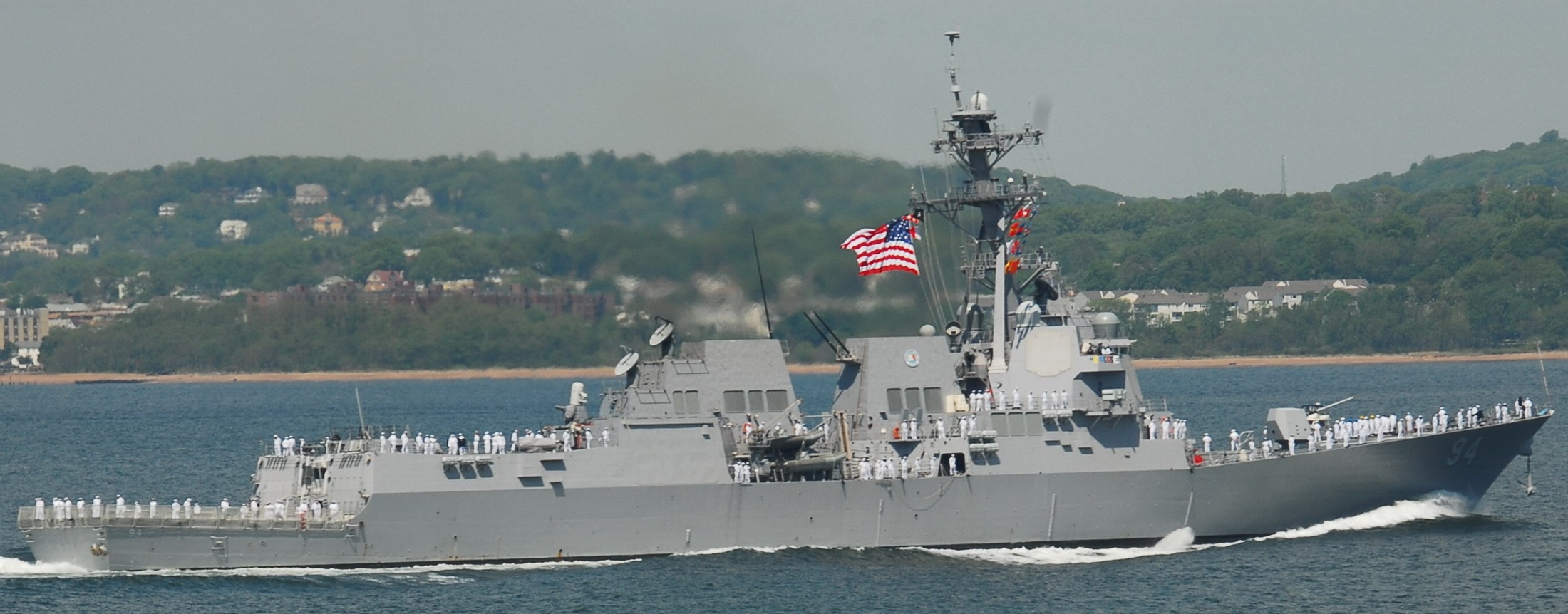 Fleet Week New York - May 2008 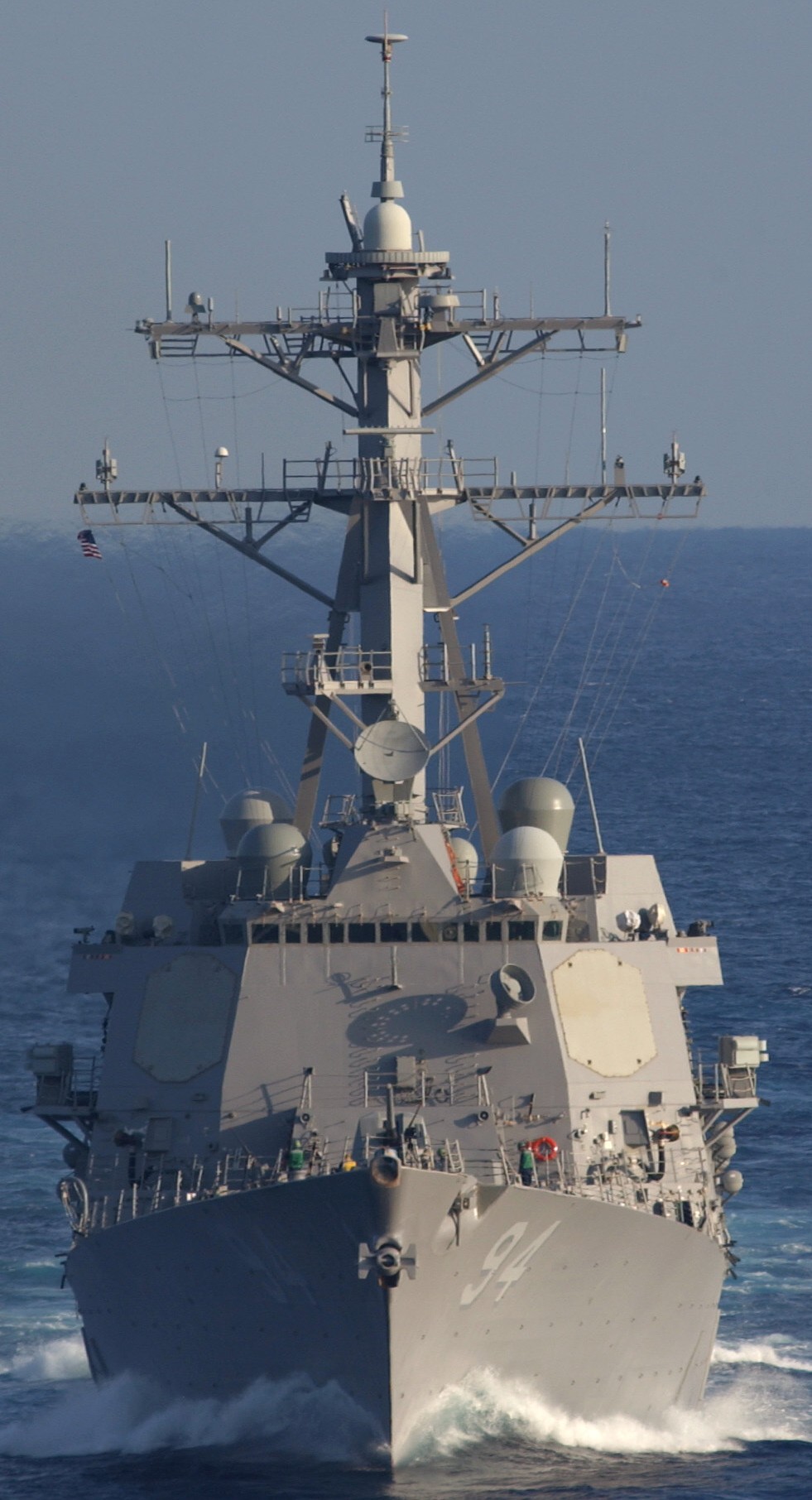 Atlantic Ocean - May 2008  returning to Naval Station Norfolk, Virginia - July 3, 2007 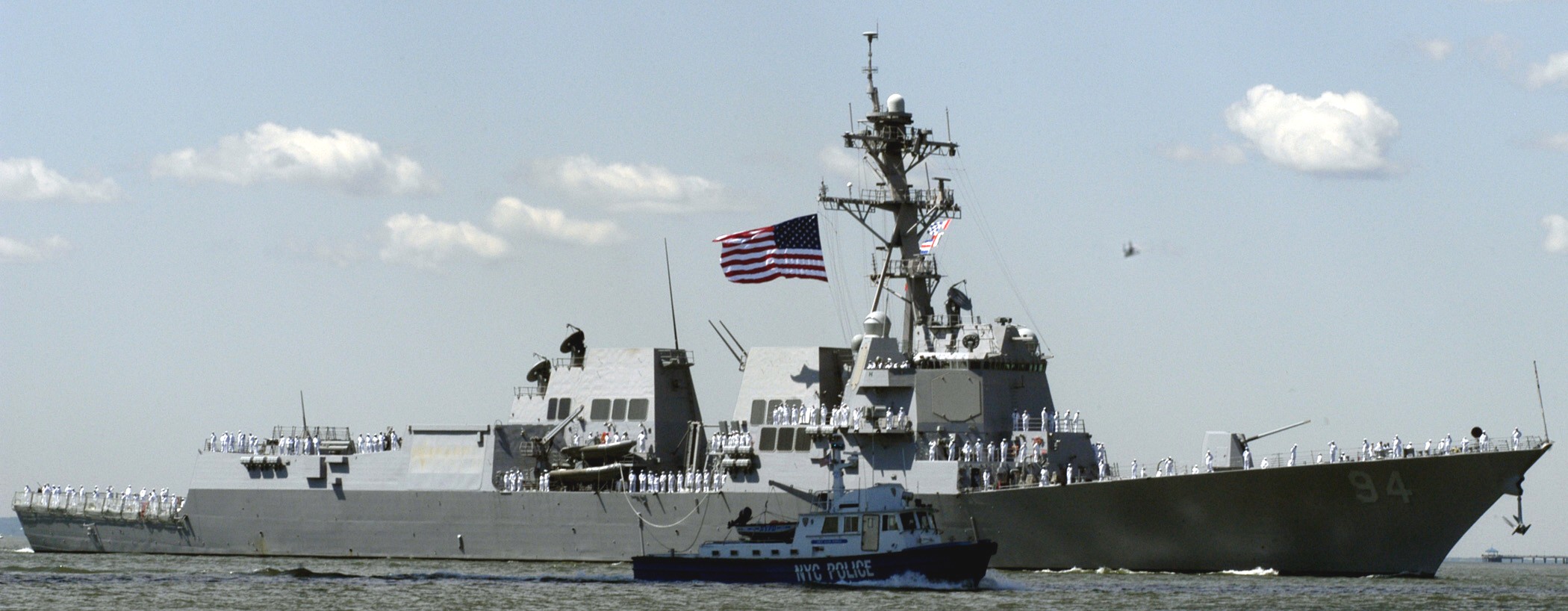 Fleet Week New York - May 2006 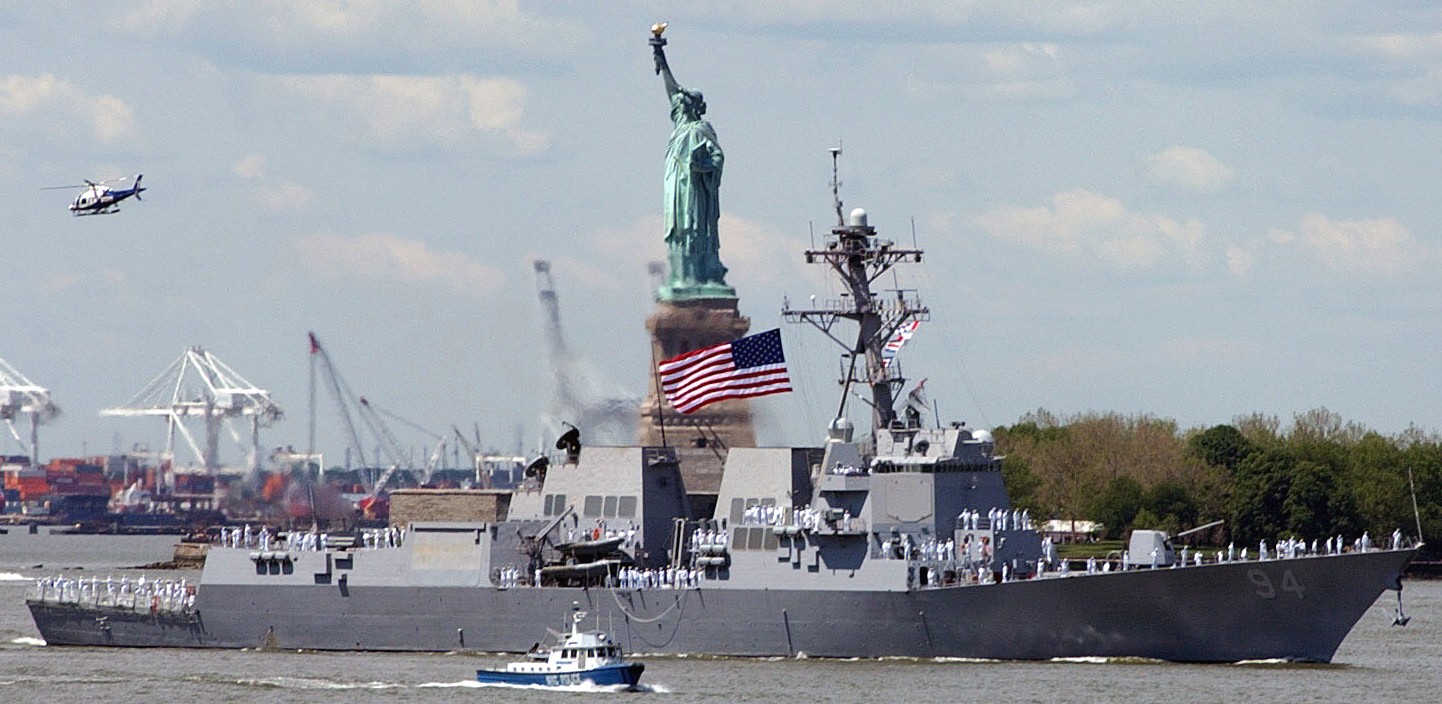 Fleet Week New York - May 2006 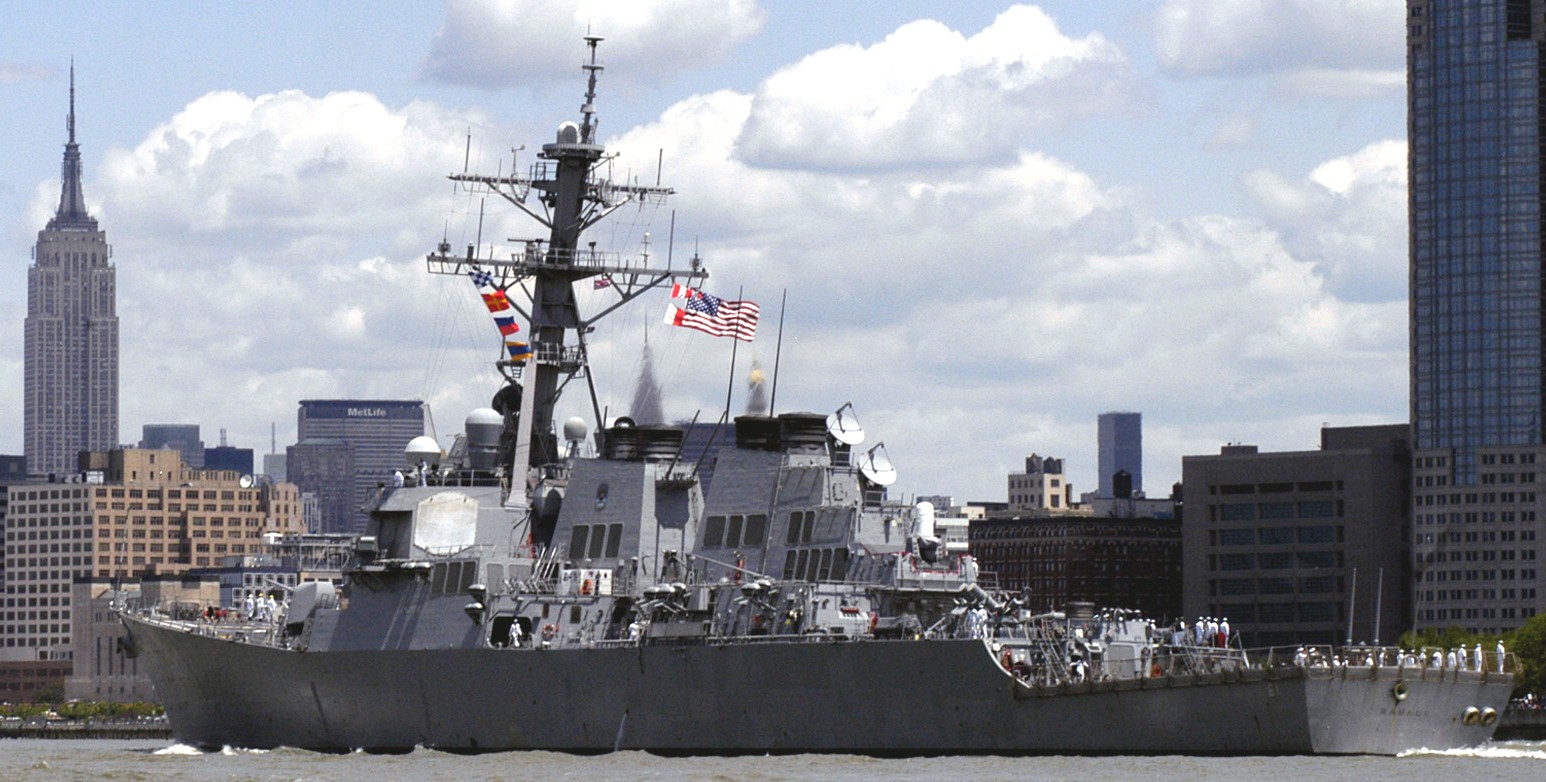 Fleet Week New York - May 2006 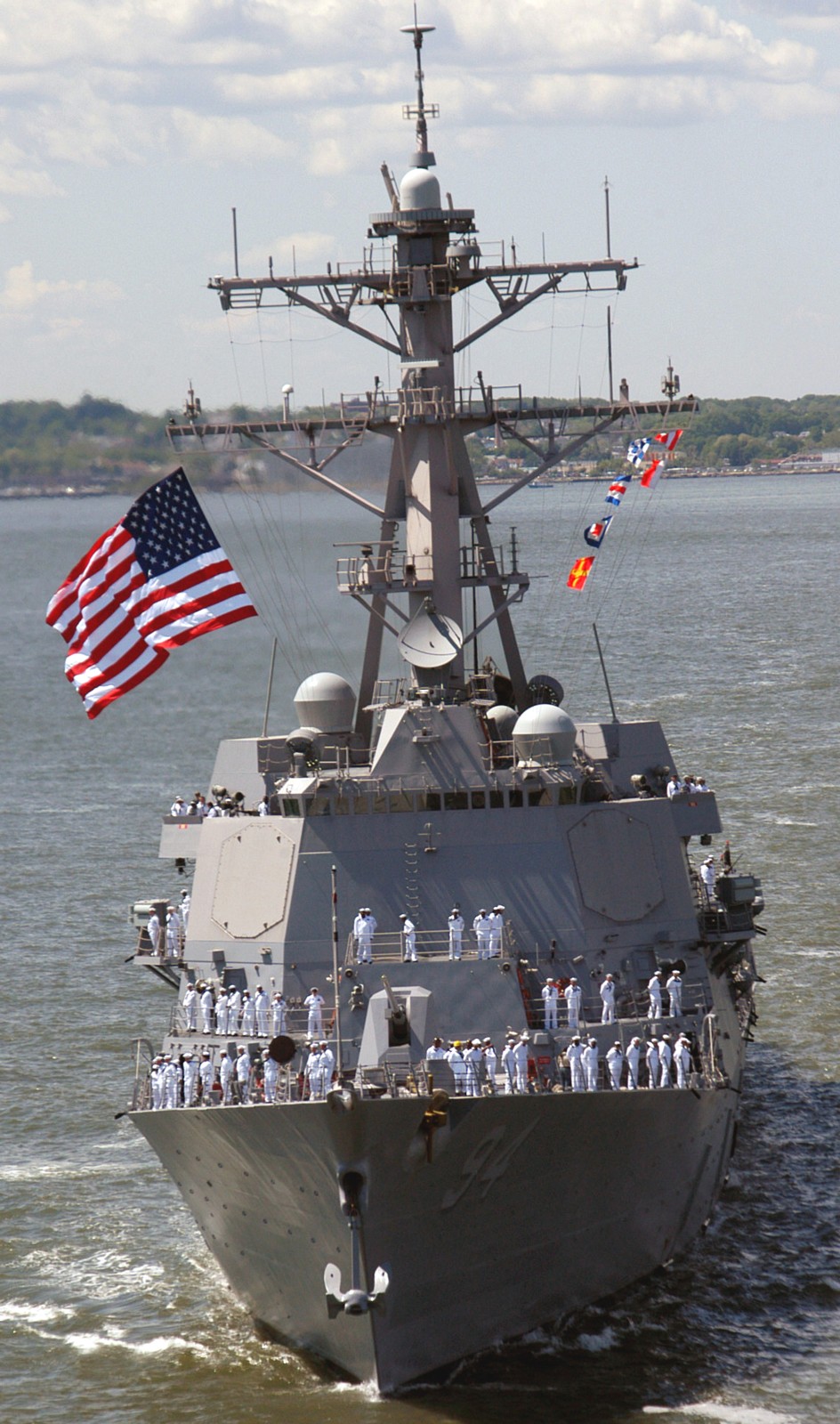 Fleet Week New York - May 2006 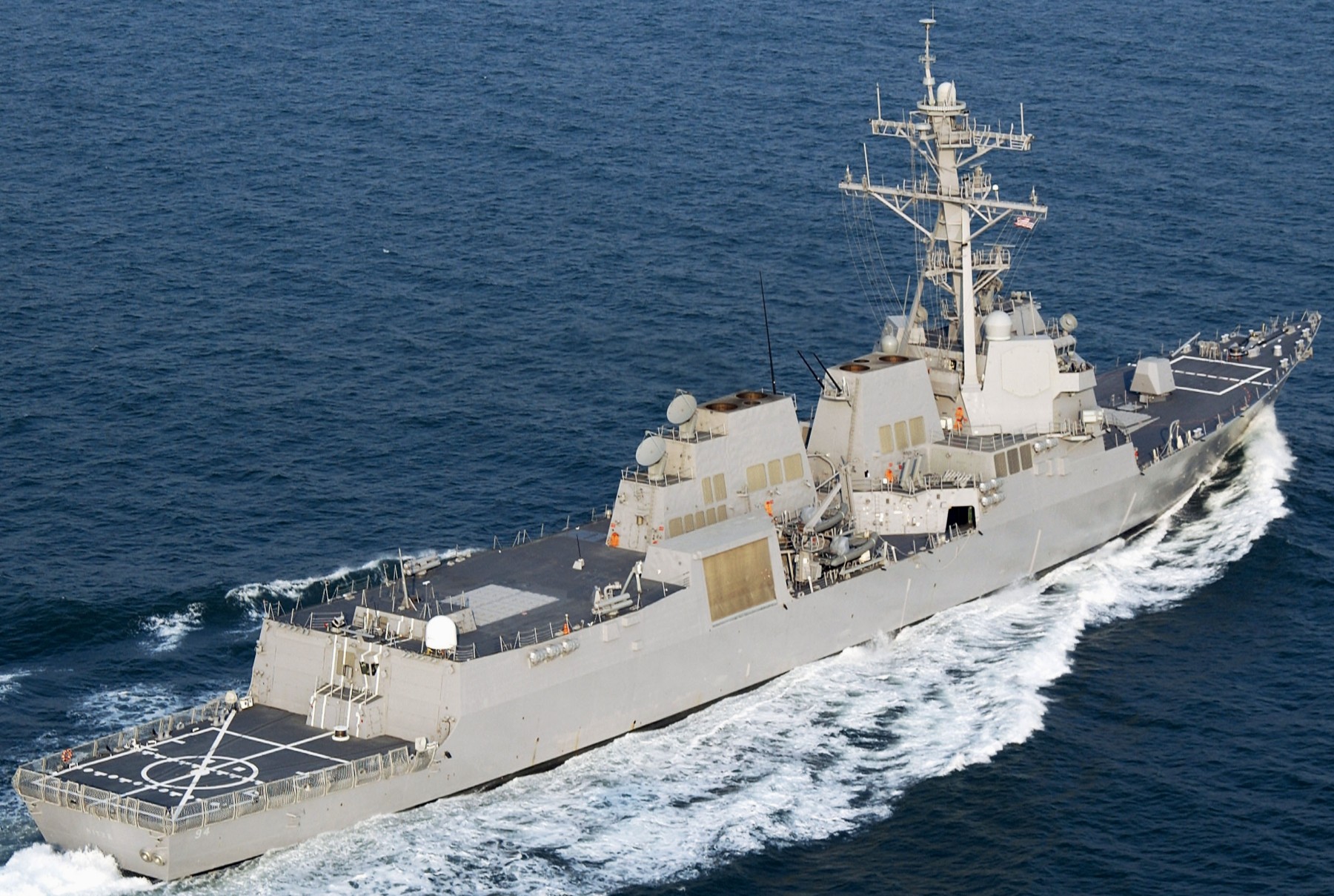 Atlantic Ocean - May 2005 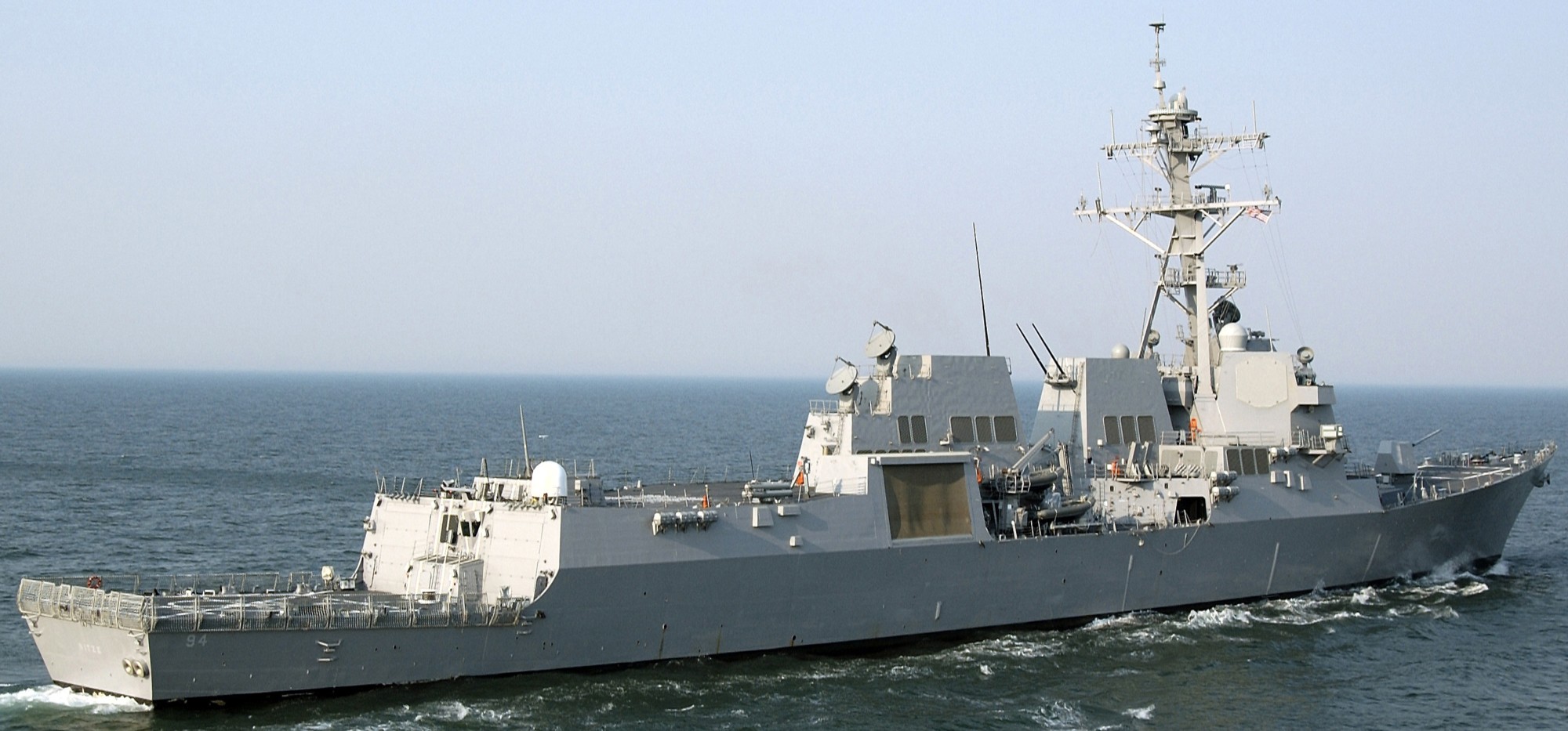 Atlantic Ocean - May 2005 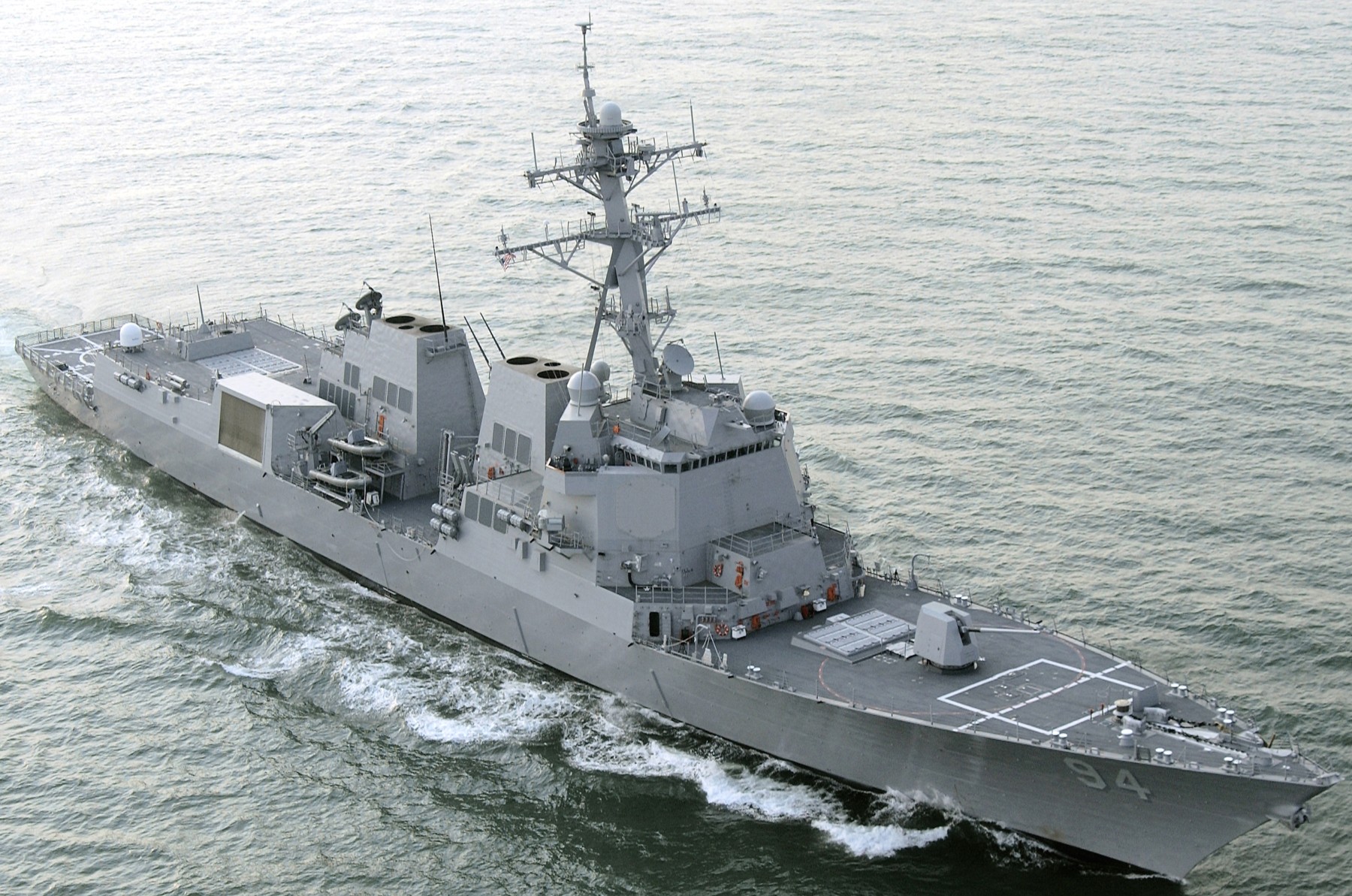 Atlantic Ocean - May 2005 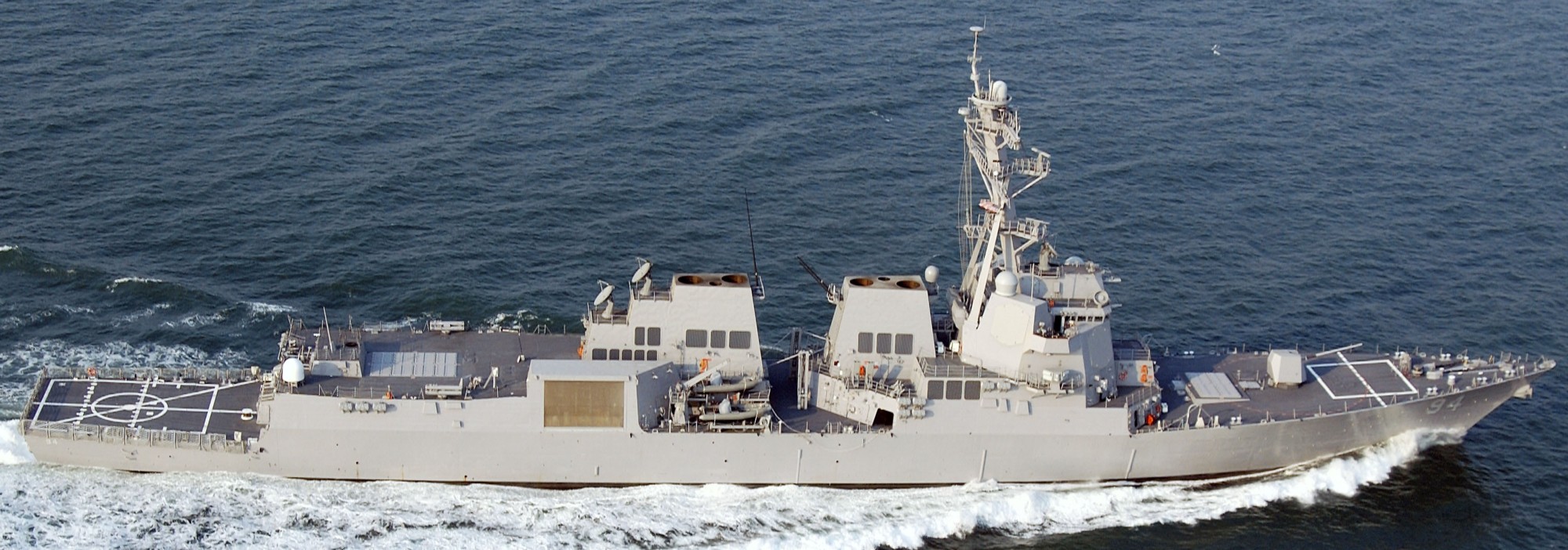 Atlantic Ocean - May 2005 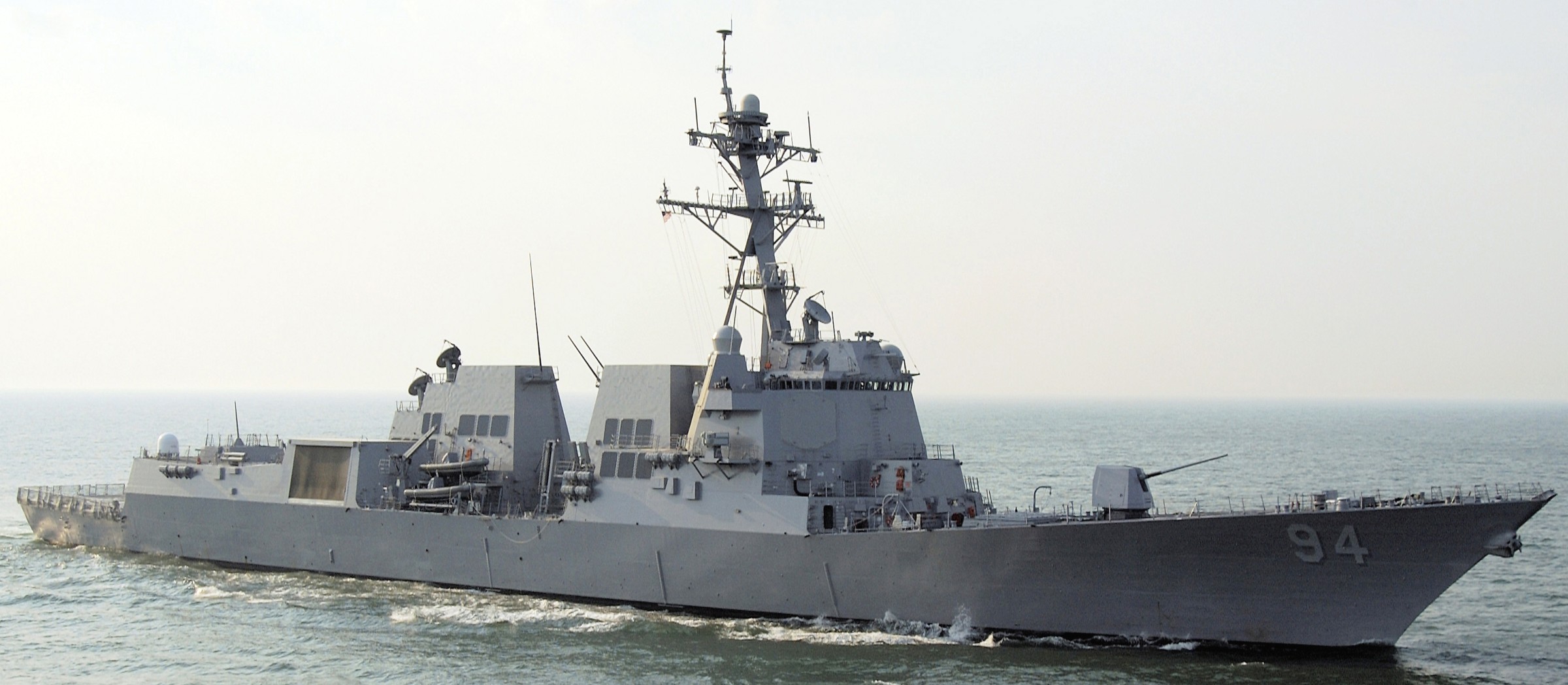 Atlantic Ocean - May 2005 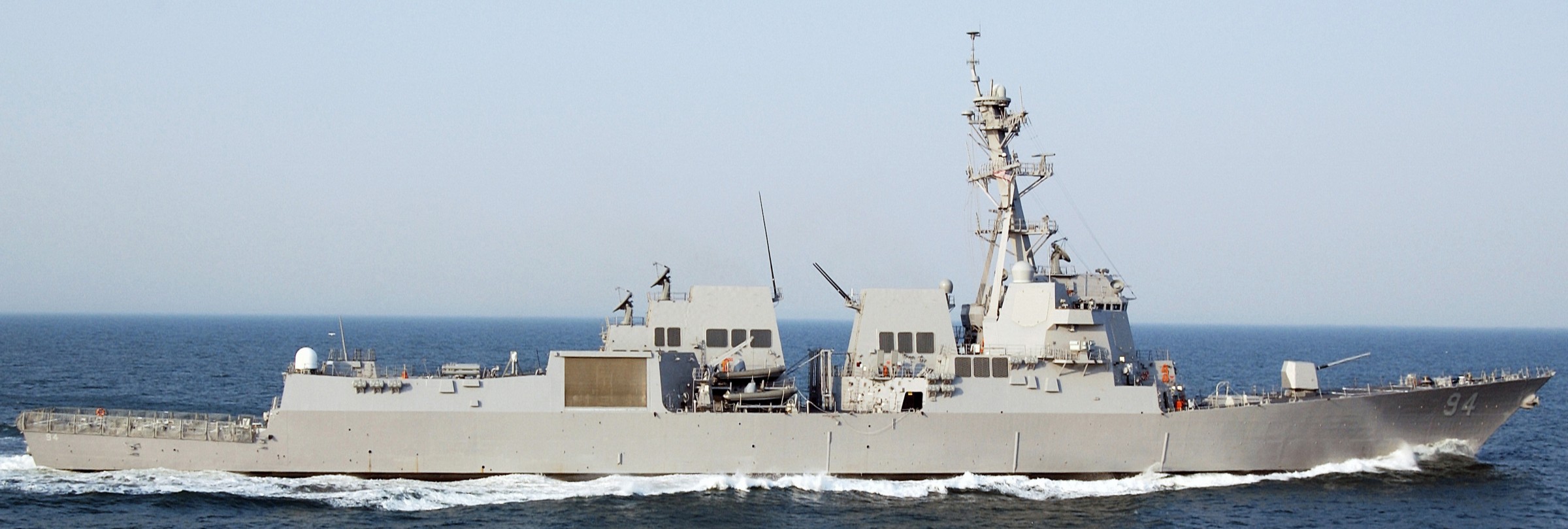 Atlantic Ocean - May 2005 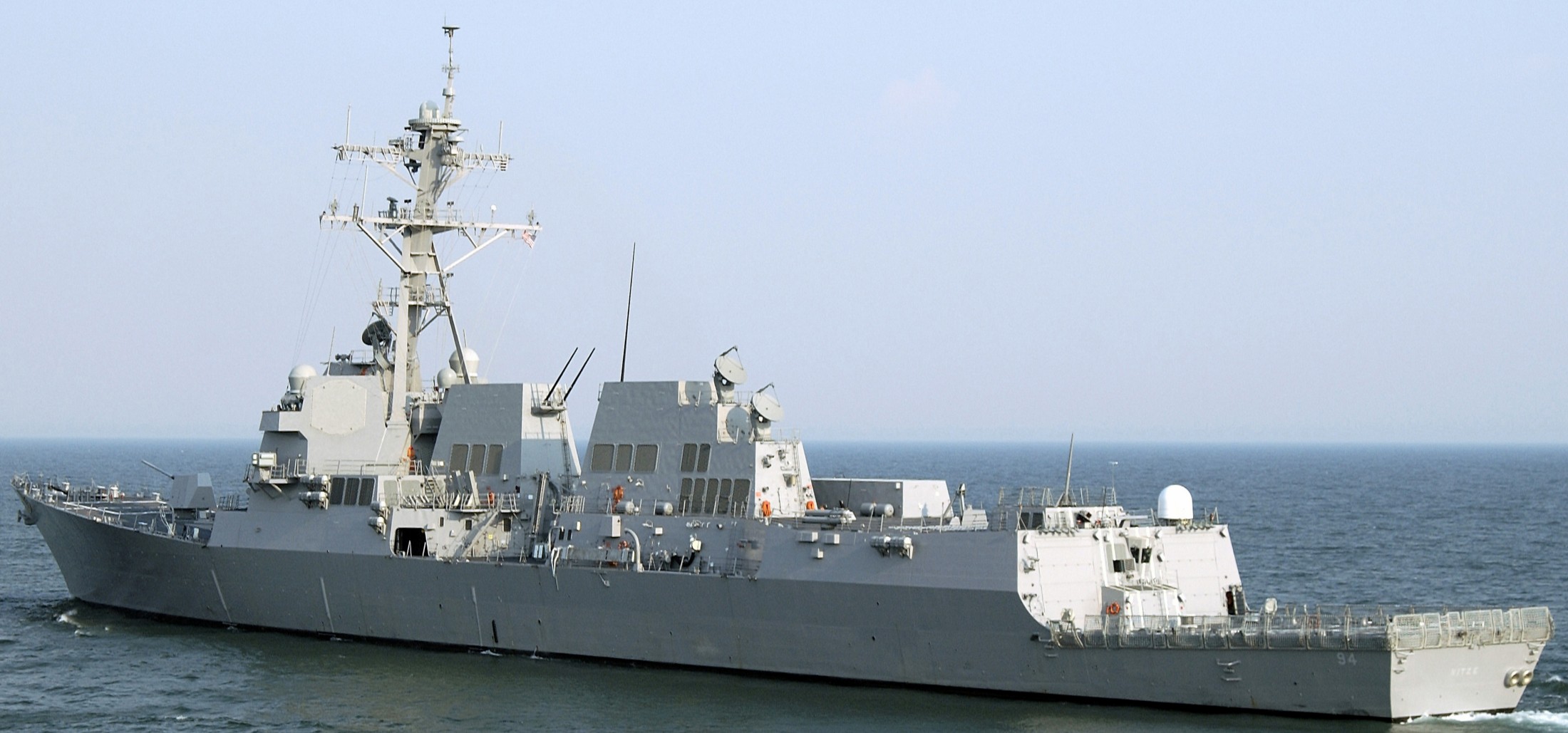 Atlantic Ocean - May 2005 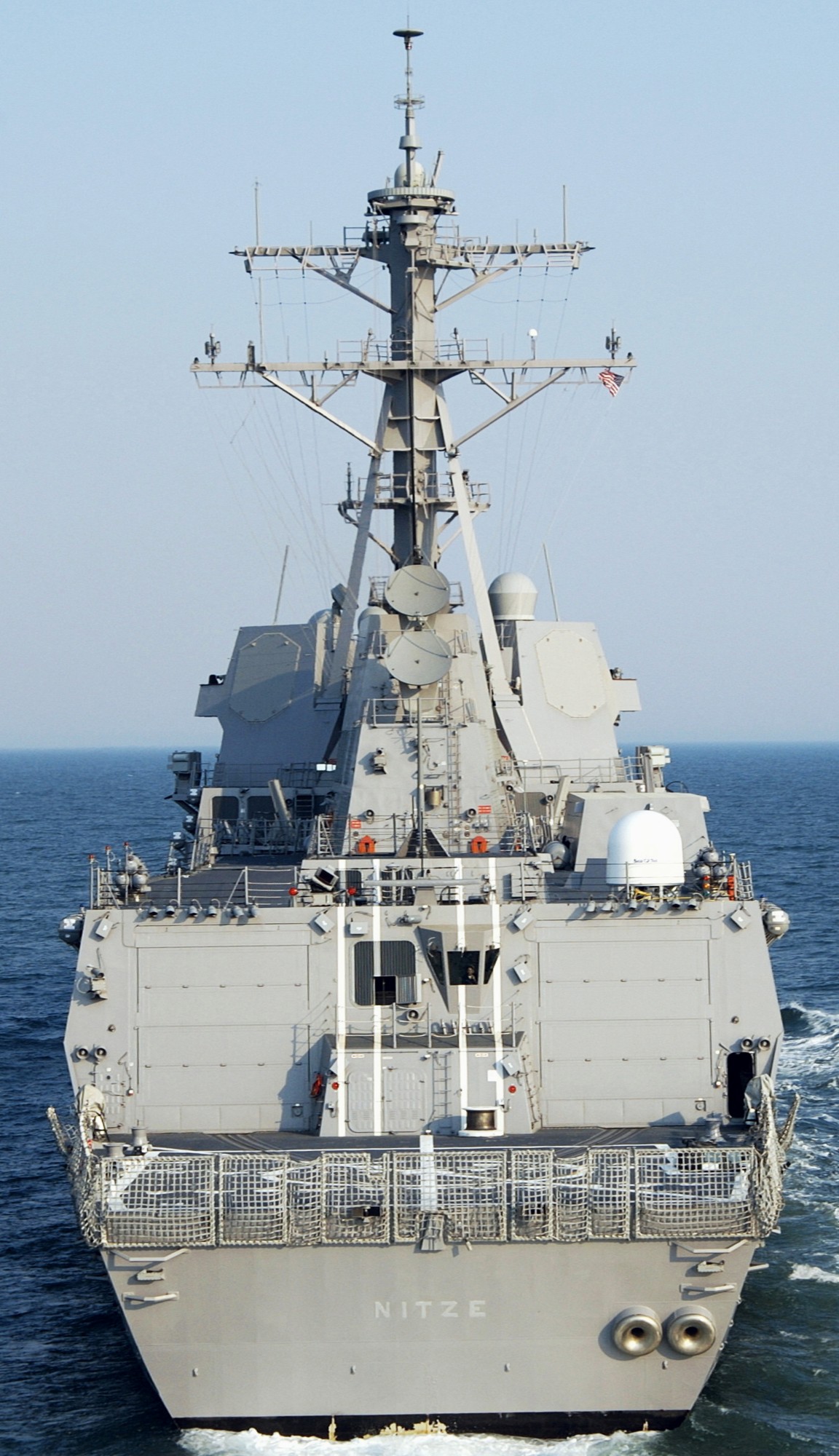
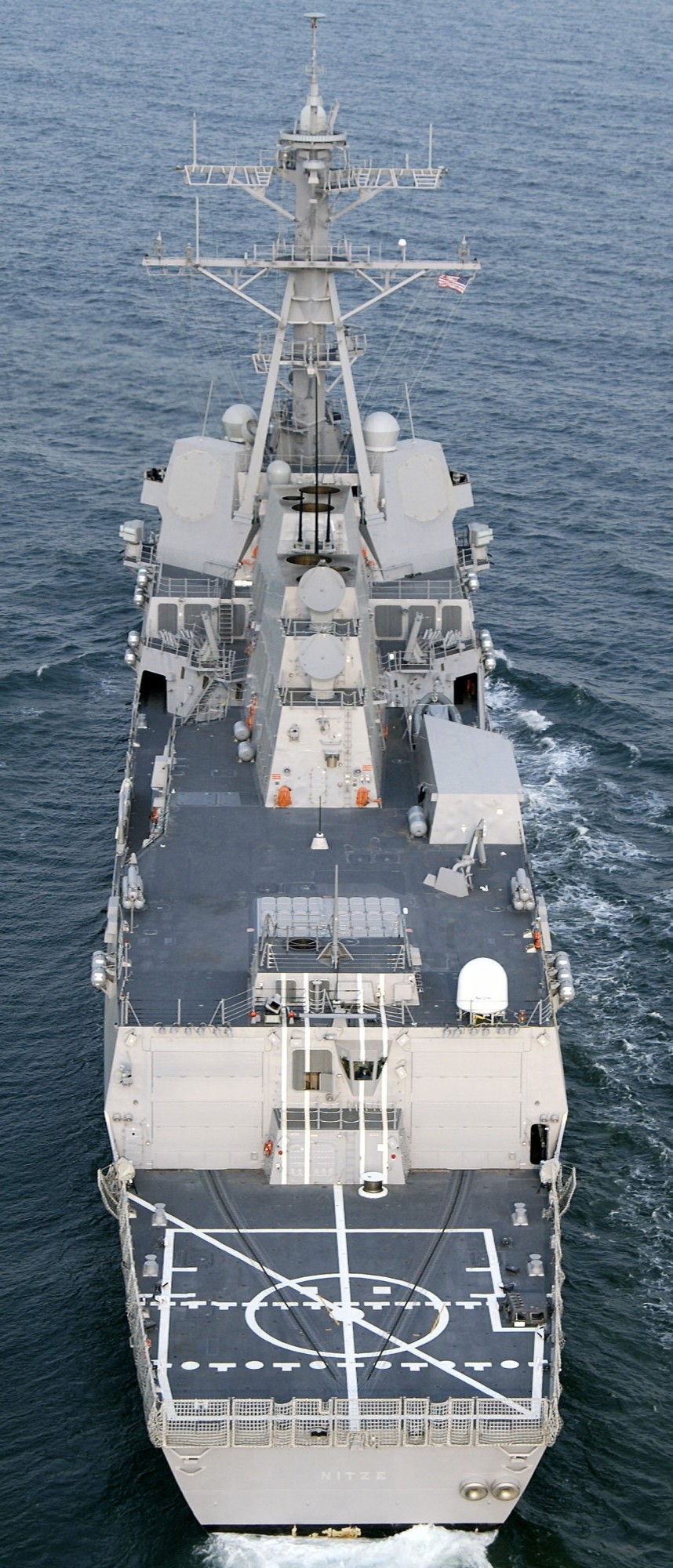 Atlantic Ocean - May 2005  commissioning ceremony at Naval Station Norfolk, Virginia - March 5, 2005 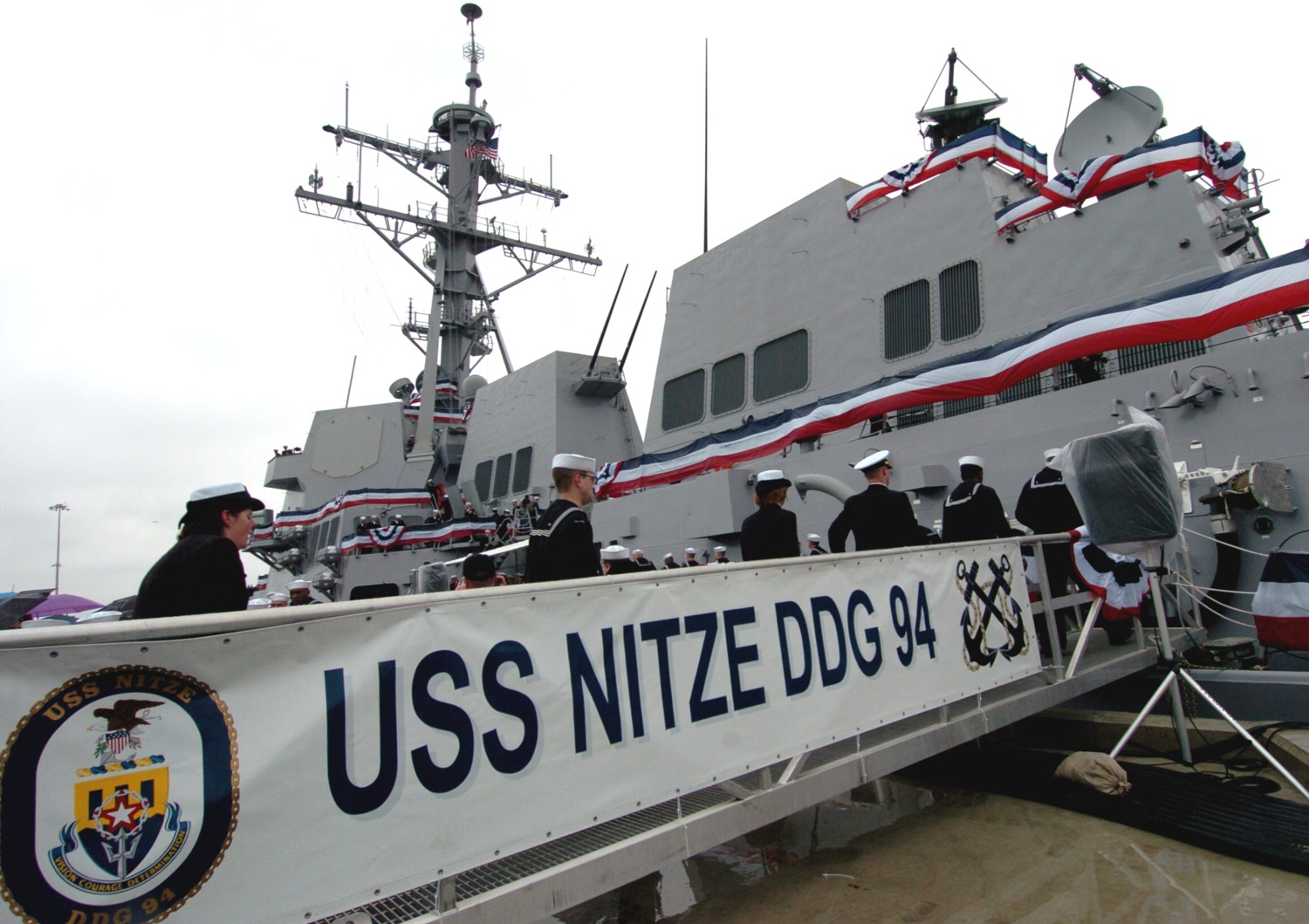 commissioning ceremony at Naval Station Norfolk, Virginia - March 5, 2005  keel laying ceremony at Bath Iron Works, Maine - September 20, 2002 |
||
|
USS Nitze (DDG 94): Nitze, conducted her maiden deployment in January 2007 as part of the USS Bataan Expeditionary Strike Group, returning home, July 3, 2007. On September 12, 2008, Nitze departed Norfolk for a seven-month deployment with Carrier Strike Group 2, led by USS Theodore Roosevelt (CVN 71), returning April 18, 2009. In October 2009, Nitze was open to the public for tours in downtown Norfolk as part of the Navy Fleet Week celebration. She was moored at the Nauticus Museum and Half Moone Cruise terminal. From July 1-5, 2011, Nitze was docked in Eastport, Maine, for 4th of July celebrations. From March 12 to November 4, 2012, Nitze completed her third deployment to the 5th Fleet Area of Responsibility with the USS Enterprise Battlegroup (CCSG 12). Nitze was deployed a fourth time, from November 29, 2013 - July 15, 2014, spending most of her time off the Horn of Africa conducting maritime security operations. Nitze was underway for First East Coast Carrier Strike Group SWATT November 2018. Nitze conducted her fifth deployment from March 1, 2019 - October 4, 2019, the majority of which saw her based in the Arabian Gulf, frequently patrolling over into the Red Sea. Nitze’s sixth deployment was based in the Caribbean and Pacific Ocean, engaging in counter-narcotic and freedom of navigation operations from May 8, 2020 - September 14, 2020. In July 2022, Nitze deployed as part of Destroyer Squadron 26 along with USS Delbert D. Black, USS Truxtun, and USS Farragut embarked with Carrier Strike Group 10 led by USS George H.W. Bush. As part of the deployment, the ship sailed in the Sea of Marmara in February 2023 making it the first U.S. warship to enter the Sea of Marmara since the beginning of the 2022 Russian invasion of Ukraine. She returned to Norfolk on 5 April 2023 completing a nine-month long deployment. |
||
|
Paul Henry Nitze (January 16, 1907 - October 19, 2004): Nitze was born in Amherst, Massachusetts. His German ancestors came from the region of Magdeburg. Paul Nitze's father, William Nitze was a professor of Romance Linguistics who concluded his career at the University of Chicago. In his memoir, From Hiroshima to Glasnost, Paul Nitze describes how as a young boy he witnessed the outbreak of World War I while traveling in Germany with his father, mother, and sister, arriving in Munich just in time to be struck by the city crowds' patriotic enthusiasm for the imminent conflict. Nitze attended the Hotchkiss School and graduated from Harvard University in 1928 and entered the field of investment banking. In 1928-1929 the Chicago brokerage firm of Bacon, Whipple and Company sent Nitze to Europe. Upon his return, he heard Clarence Dillon predict the depression and the decline of the importance of finance. Having attained financial independence through the sale to Revlon of his interest in a French laboratory producing pharmaceutical products in the U.S., Nitze took an intellectual sabbatical that included a year of graduate study at Harvard in sociology, philosophy, and constitutional and international law. In 1929 he joined investment bank Dillon, Read & Co. where he remained until founding his own firm, P. H. Nitze & Co, in 1938. He returned to Dillon, Read as Vice-President from 1939 through to 1941. In 1932, he married Phyllis Pratt, daughter of John Teele Pratt, Standard Oil financier and Ruth Baker Pratt Republican Congresswoman for New York. She died in 1987. They had four children: Peter, William, Phyllis Anina (Nina) and Heidi. He was married to Elisabeth Scott Porter from 1993 until his death in 2004. Nitze's brother-in-law Walter Paepcke founded the Aspen Institute and Aspen Skiing Company. Nitze continued to ski in Aspen until well into his 80s. Paul Nitze entered government service during WWII as an administrative assistant to President Franklin Delano Roosevelt. In 1942, he became finance director of the Office of the Coordinator of Inter-American Affairs, working for Nelson Rockefeller. In 1943 he became chief of the Metals and Minerals Branch of the Board of Economic Warfare, until he was named director, Foreign Procurement and Development Branch of the Foreign Economic Administration later that year. From 1944 to 1946, Nitze served as director and then as Vice Chairman of the Strategic Bombing Survey for which President Harry S. Truman awarded him the Legion of Merit. One of his early government assignments was to visit Japan in the immediate aftermath of the nuclear attacks and assess the damage. In the early postwar era, he served in the Truman Administration as Director of Policy Planning for the State Department (1950-1953). He was also the principal author in 1950 of the highly influential but secret National Security Council policy paper, NSC 68, which provided the strategic outline for increased U.S. expenditures to counter the perceived threat of Soviet armament. From 1953 to 1961, Nitze served as president of the Foreign Service Educational Foundation while concurrently serving as associate of the Washington Center of Foreign Policy Research and the School of Advanced International Studies (SAIS) of Johns Hopkins University. In 1956 he attended the Project Nobska anti-submarine warfare conference. Nitze co-founded the School of Advanced International Studies (SAIS) with Christian Herter in 1943. His publications include “U.S. Foreign Policy: 1945-1955.” In 1961, President Kennedy appointed Nitze Assistant Secretary of Defense for International Security Affairs. In 1963, Nitze became the Secretary of the Navy, serving until 1967. His many achievements included establishing the first Personnel Policy Board and retention task force (the Alford Board), and obtaining targeted personnel bonuses. He lengthened commanding officer tours and raised command responsibility pay. Following his term as Secretary of the Navy, he served as Deputy Secretary of Defense (1967-1969), as a member of the U.S. delegation to the Strategic Arms Limitation Talks (SALT) (1969-1973). Later, he opposed the ratification of SALT II (1979). Paul Nitze was a cofounder of Team B, a 1970s intelligence think tank that challenged the National Intelligence Estimates provided by the CIA. Nitze was President Ronald Reagan's chief negotiator of the Intermediate-Range Nuclear Forces Treaty (1981-1984). In 1984, Nitze was named Special Advisor to the President and Secretary of State on Arms Control. Nitze died on October 19, 2004 in the Georgetown area of Washington, DC. |
||
Paul Henry Nitze (1907-2004)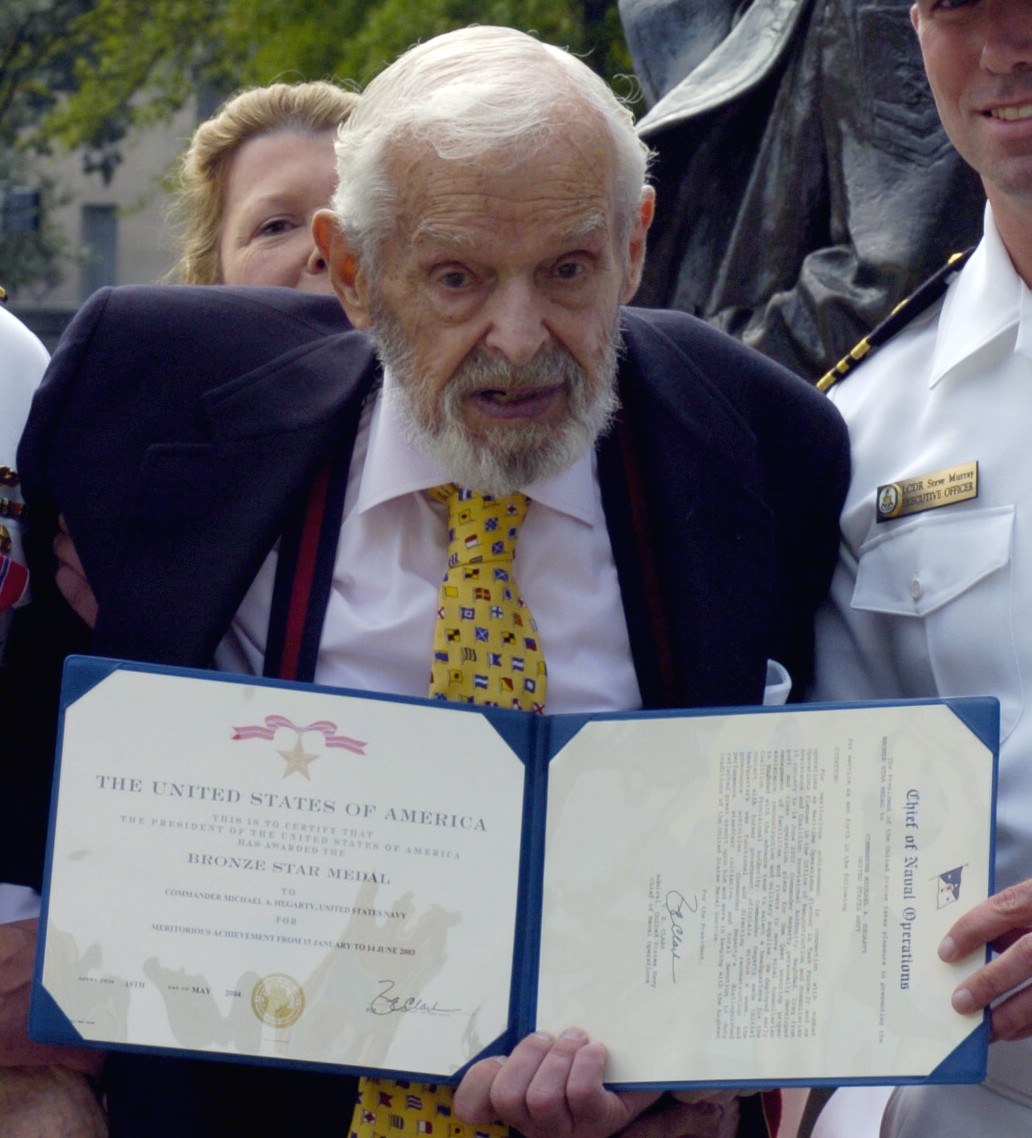 Washington, D. C. - September 30, 2004 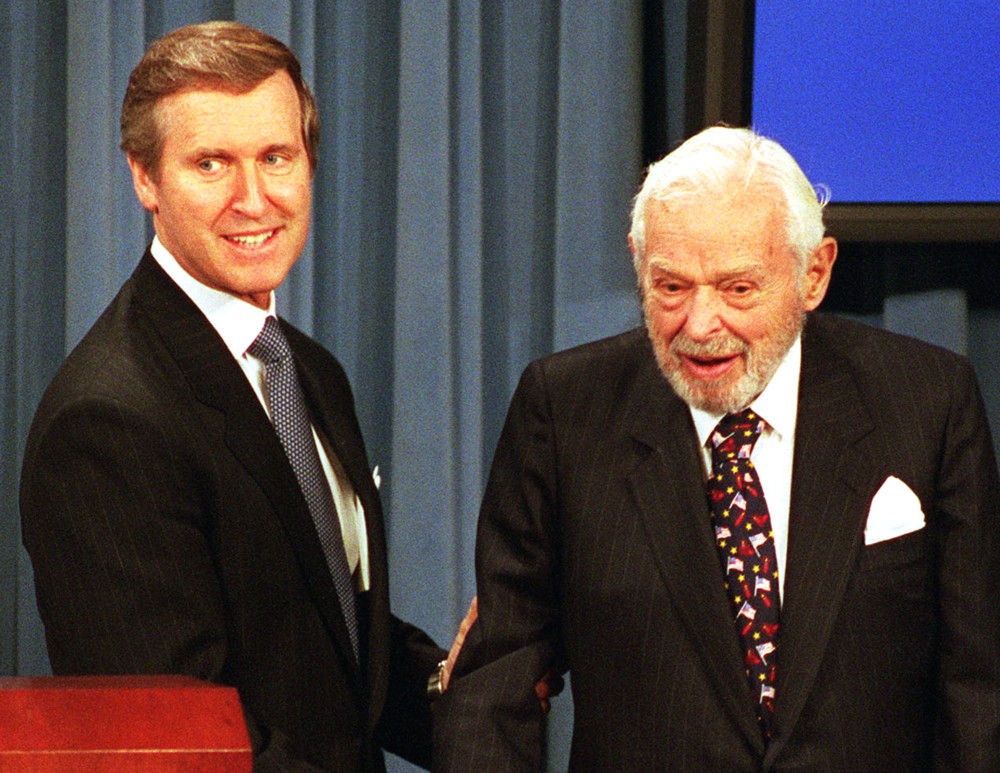 US Secretary of Defense William S. Cohen (left) with Paul H. Nitze - 2001 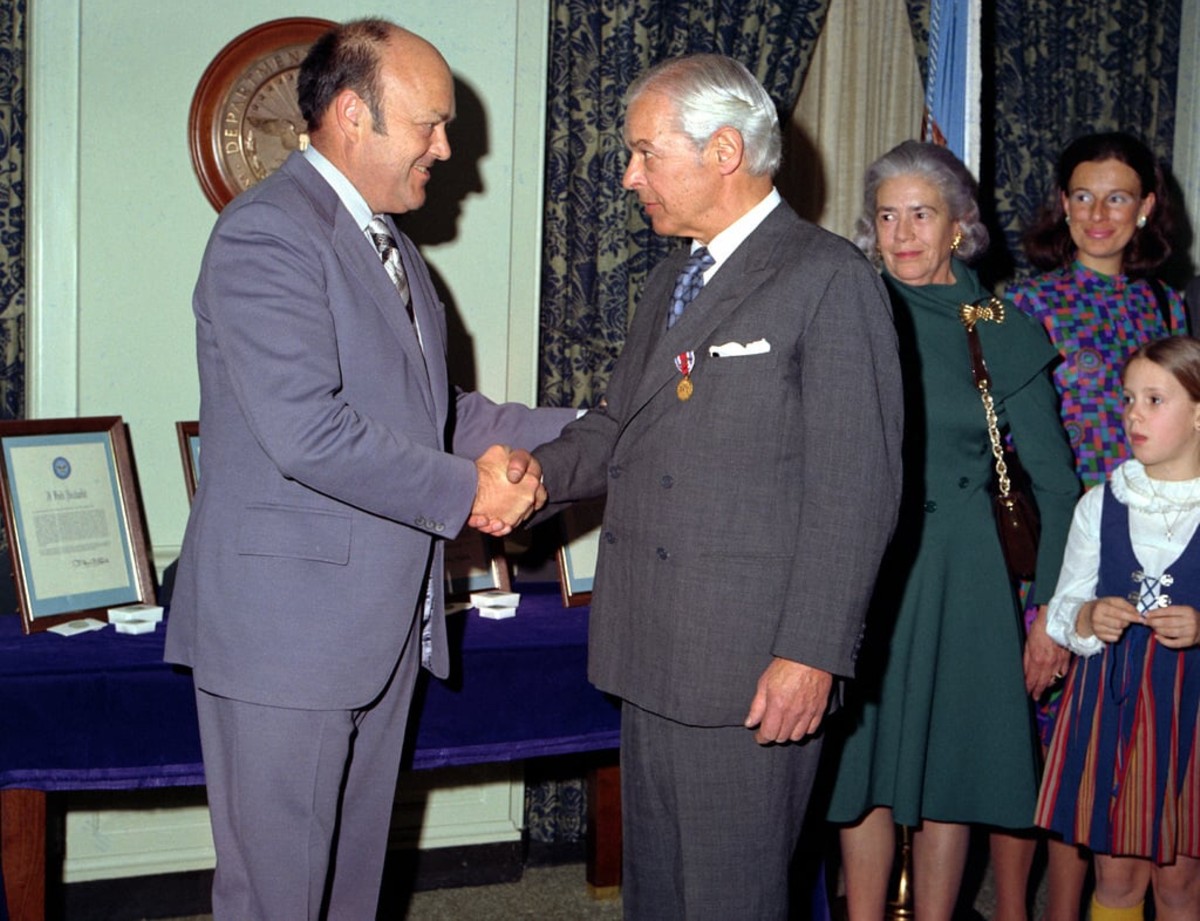 Paul H. Nitze (right) receives the Department of Defense Distinguished Public Service Medal from Secretary of Defense Melvin R. Laird - January 1973 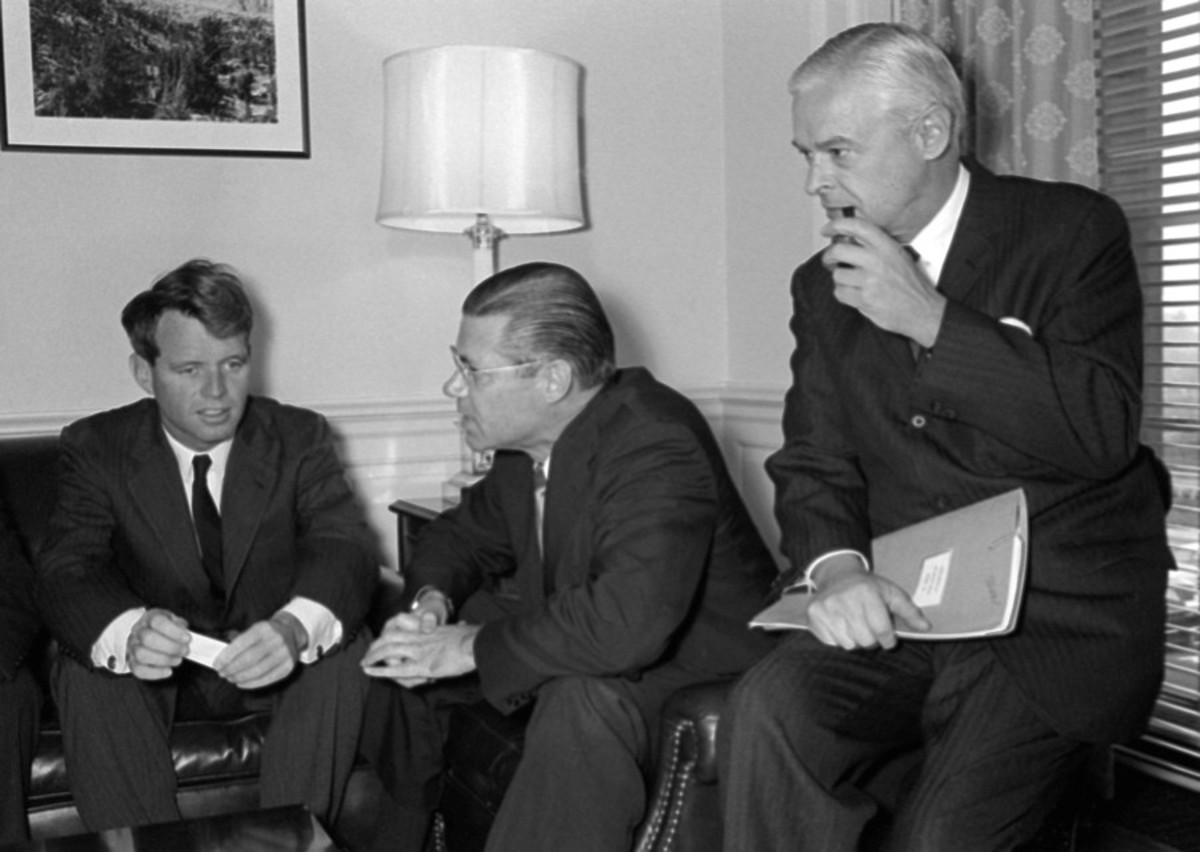 US Attorney General Robert F. Kennedy, Secretary of Defense Robert S. McNamara and Secretary of the Navy Paul H. Nitze - 1964 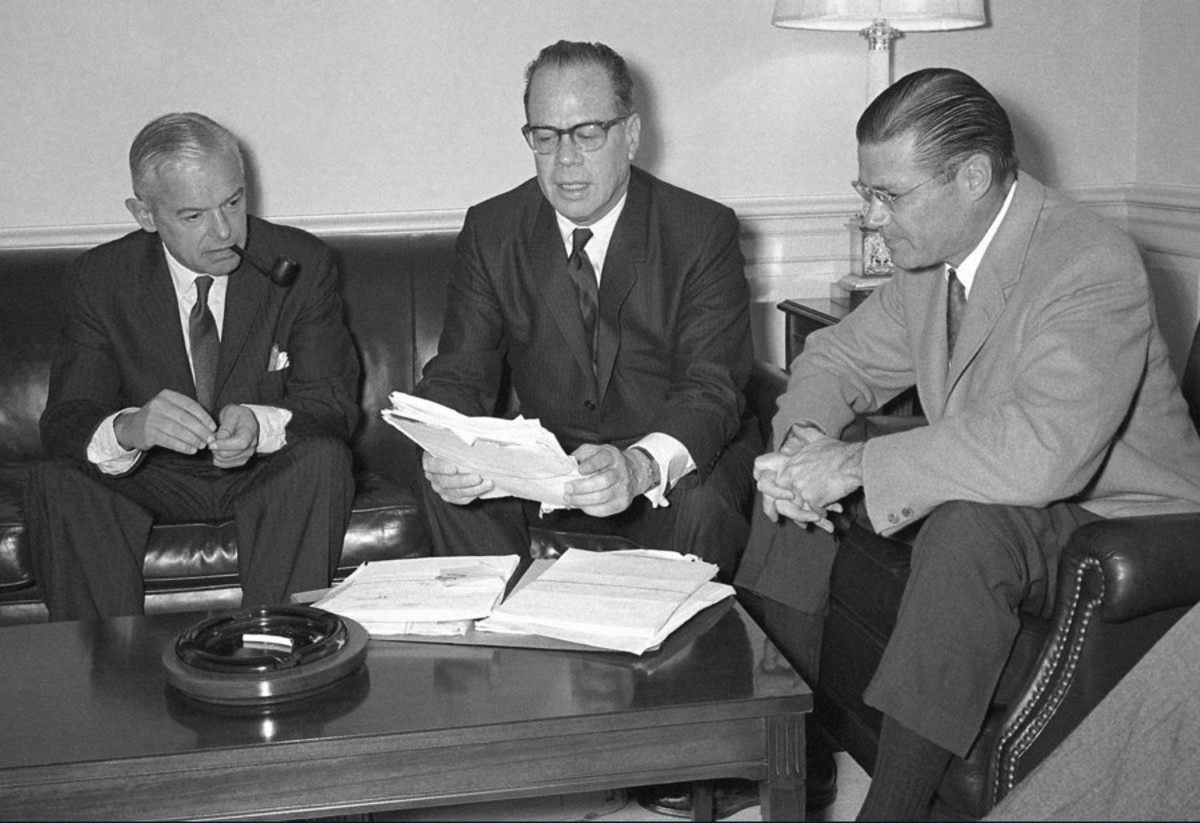 Secretary of the Navy Paul H. Nitze with Senator Thomas H. Kuchel (CA) and Secretary of Defense Robert S. McNamara - 1964 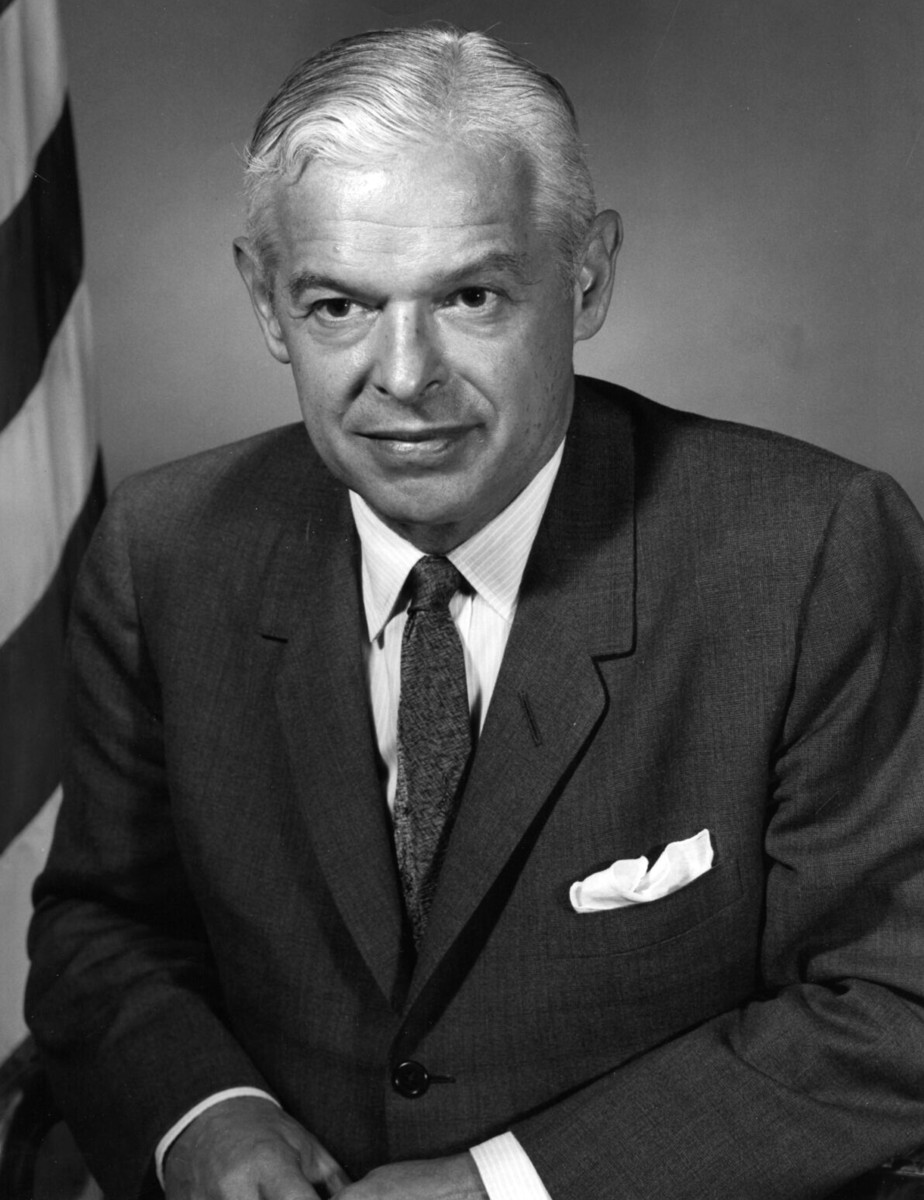 |
||
| patches + more | ||
|
|
seaforces.org
|
USN ships
start page | |
